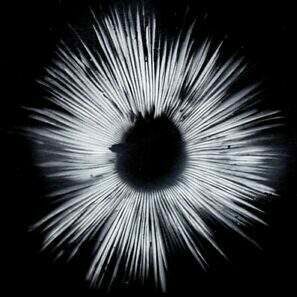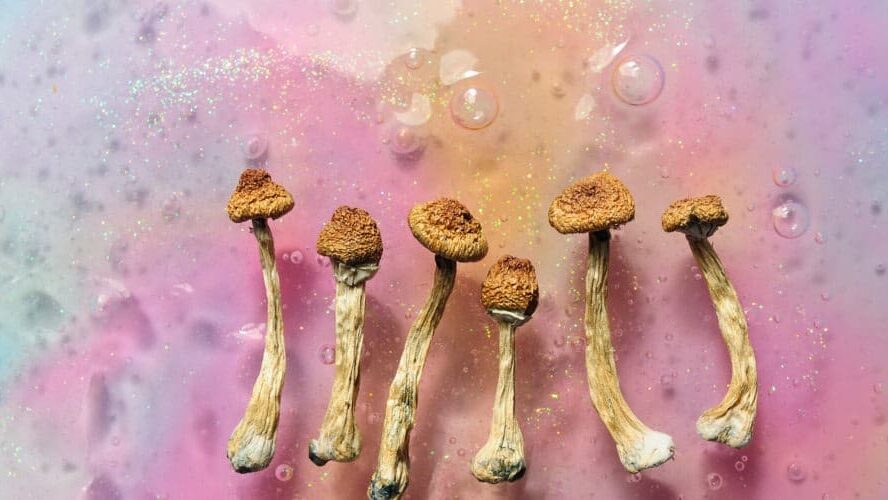With over 200 different psychedelic mushroom species, choosing a suitable one can be overwhelming. This guide will look at major psychedelic mushroom species, the most popular magic mushroom strains, and our recommended top five strains for growing.
Different Types of Magic Mushrooms
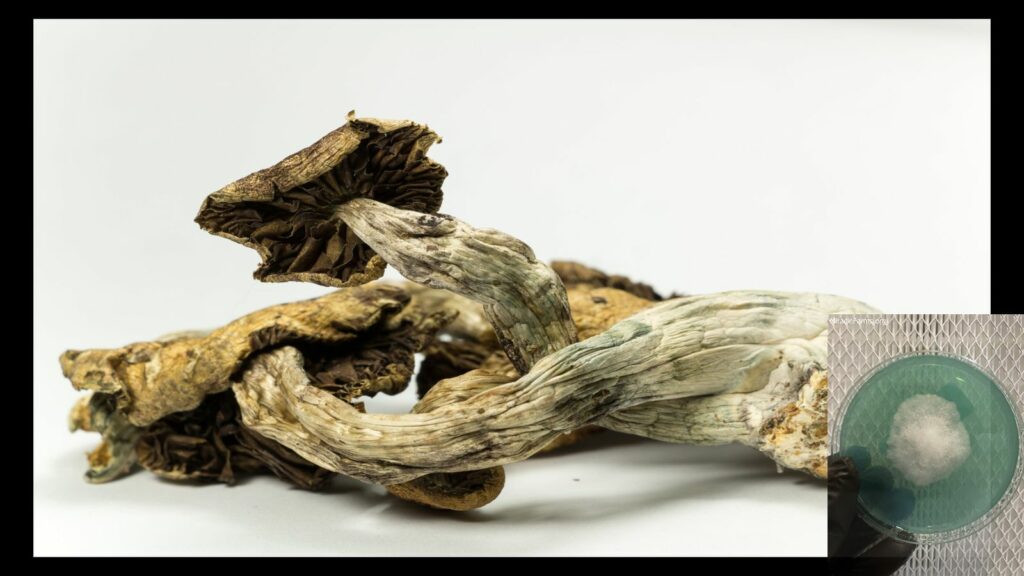
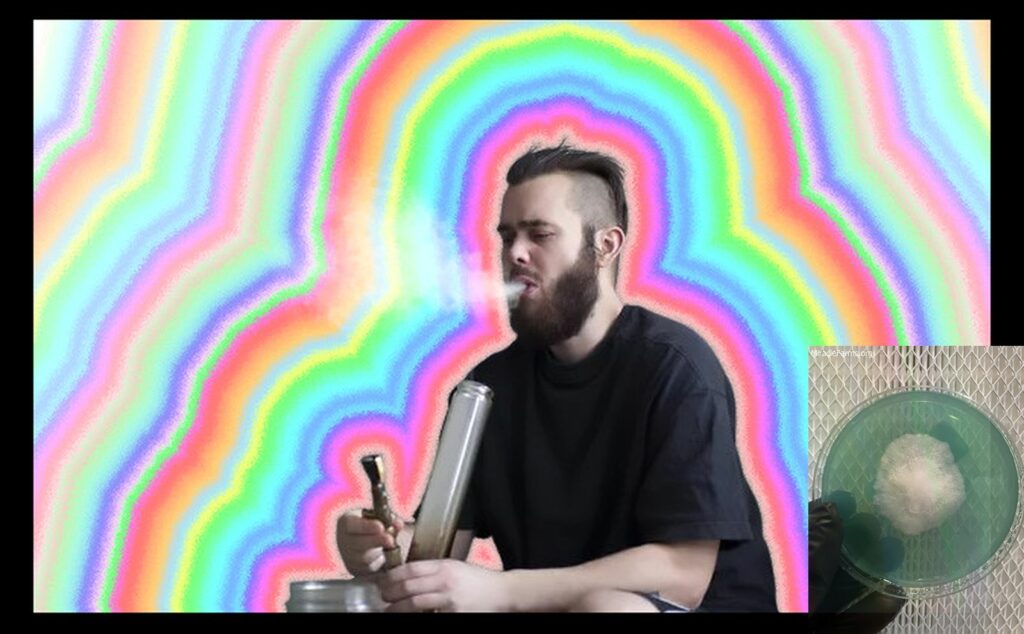
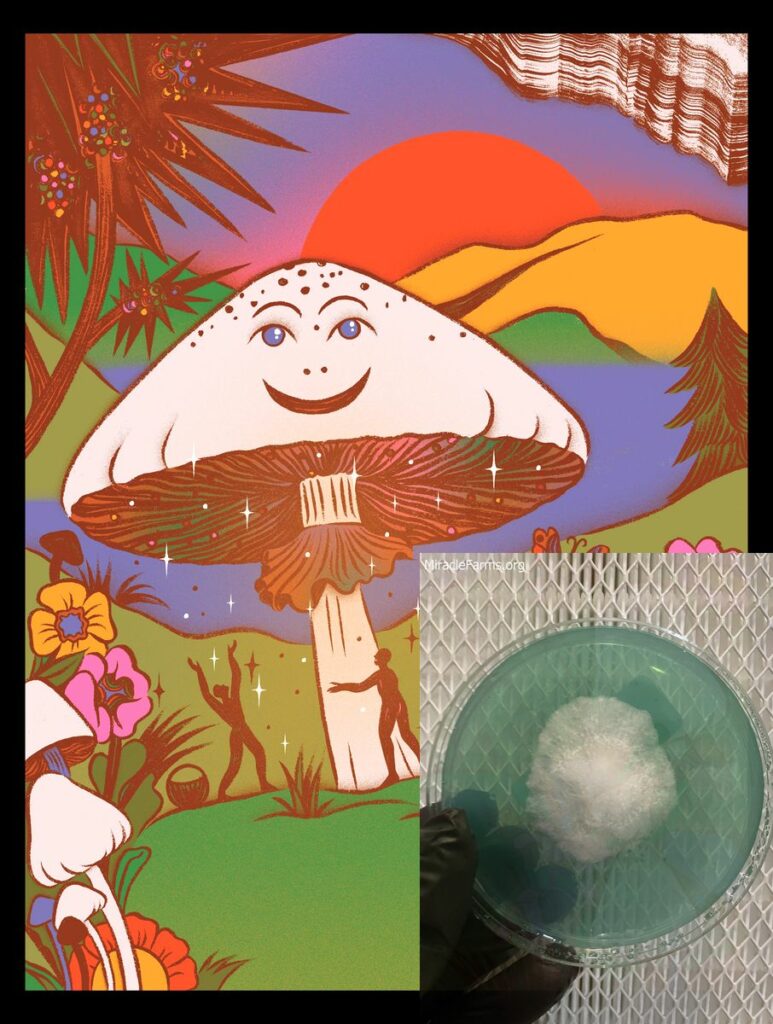
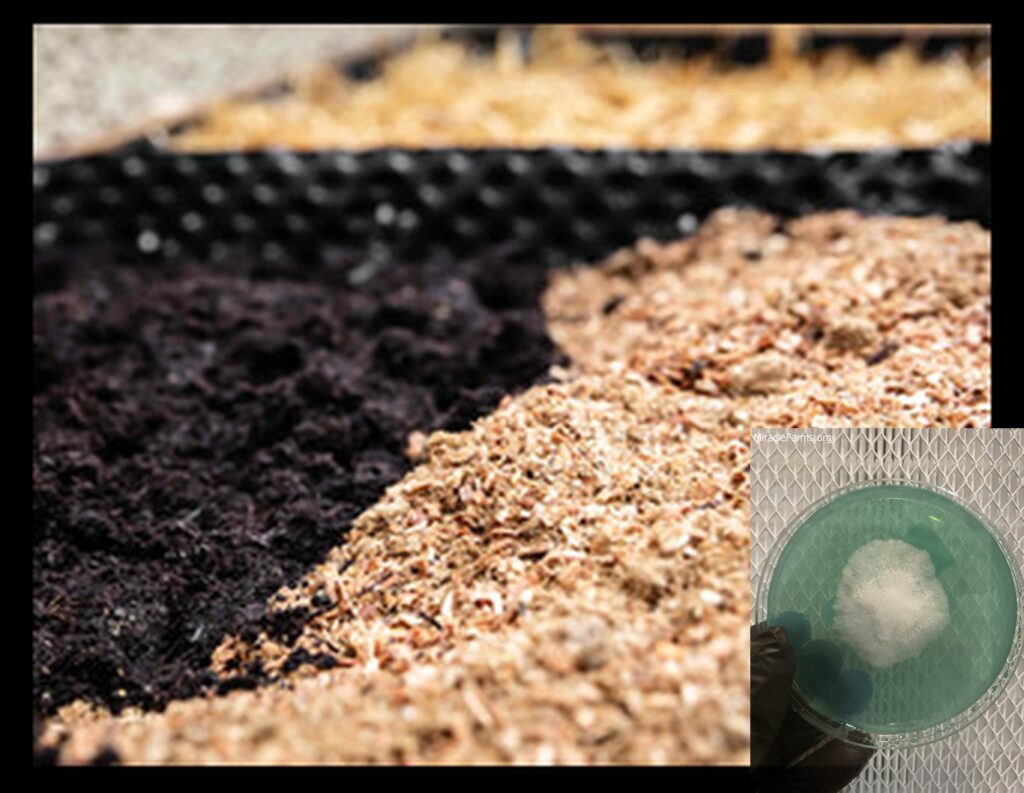



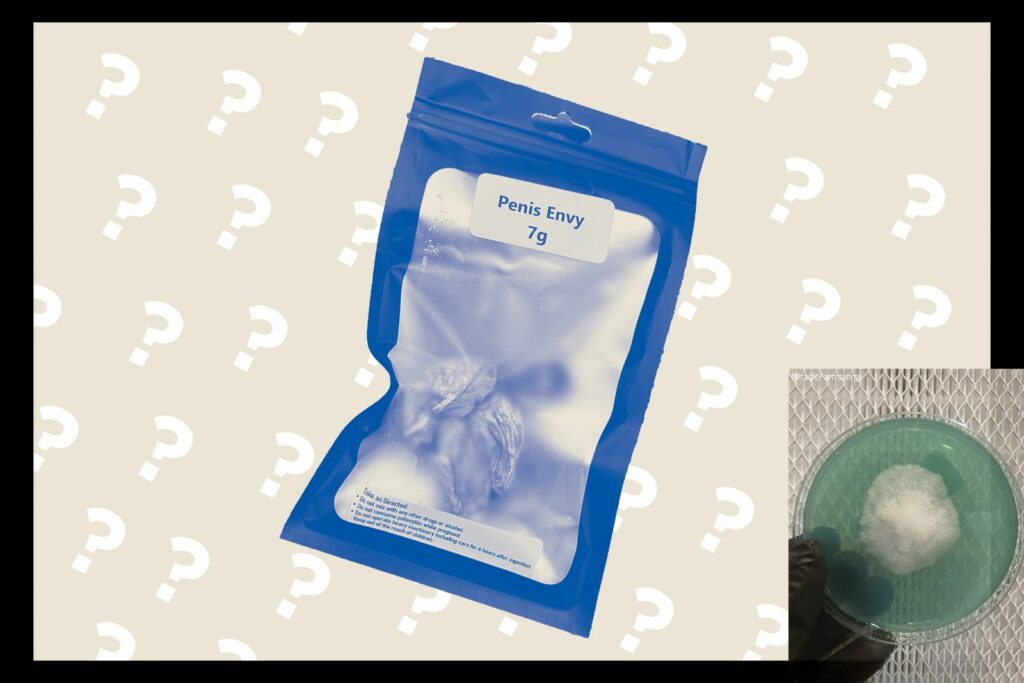

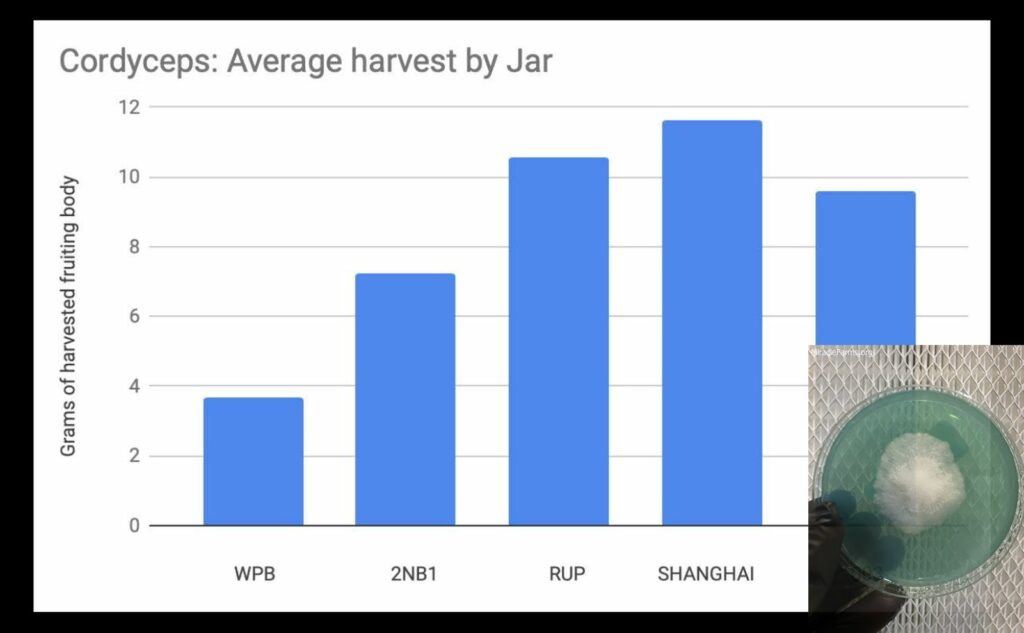

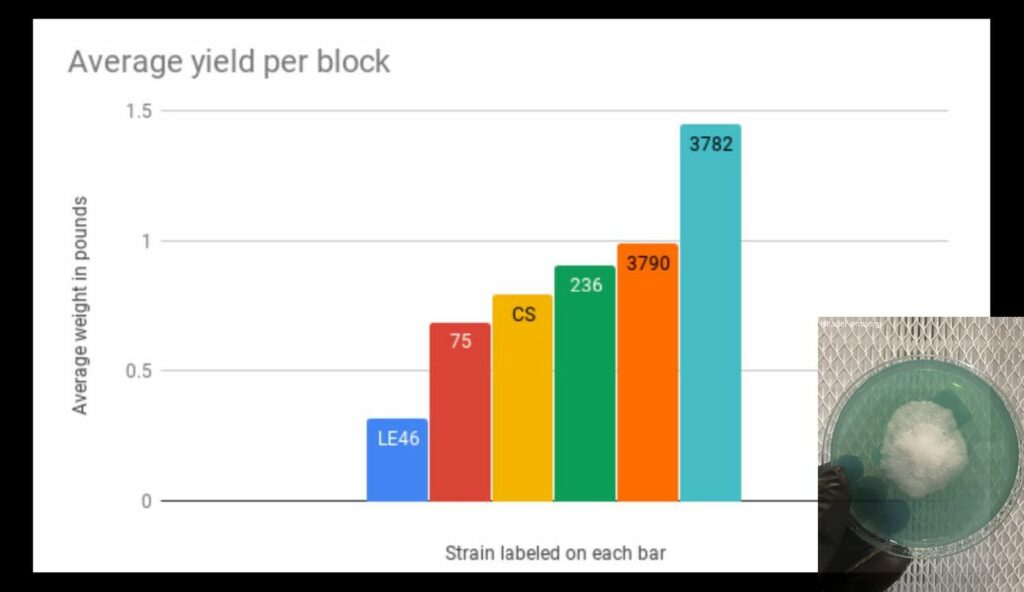
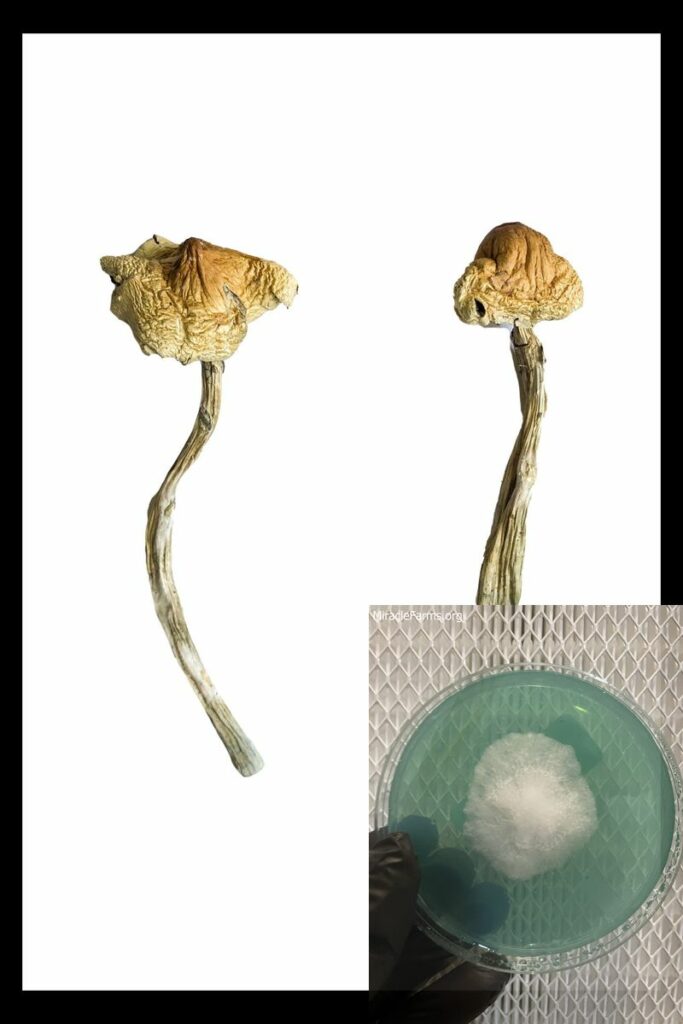
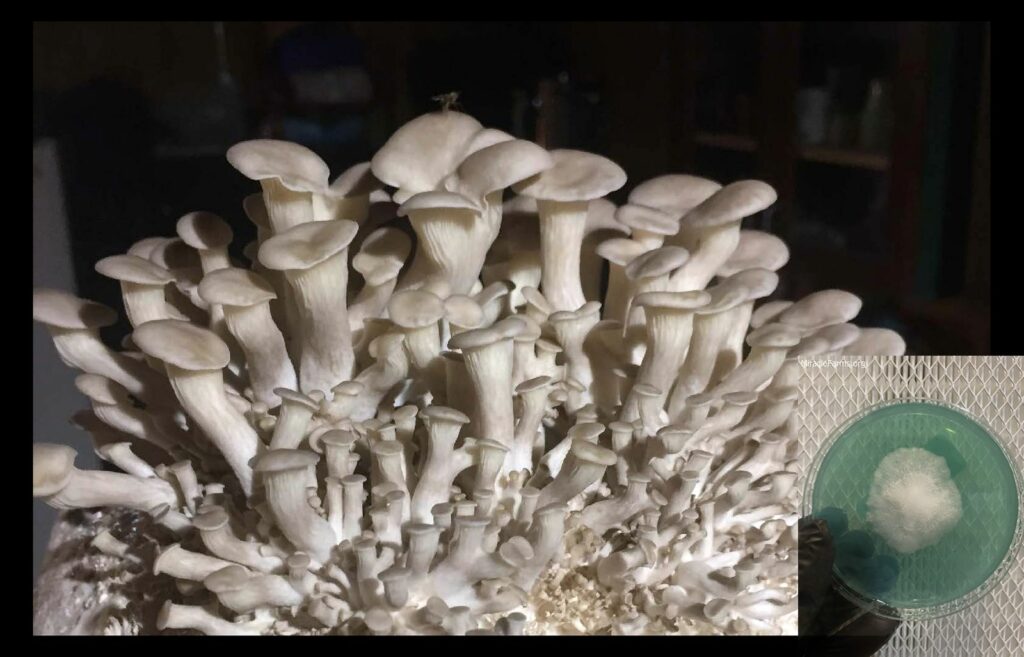
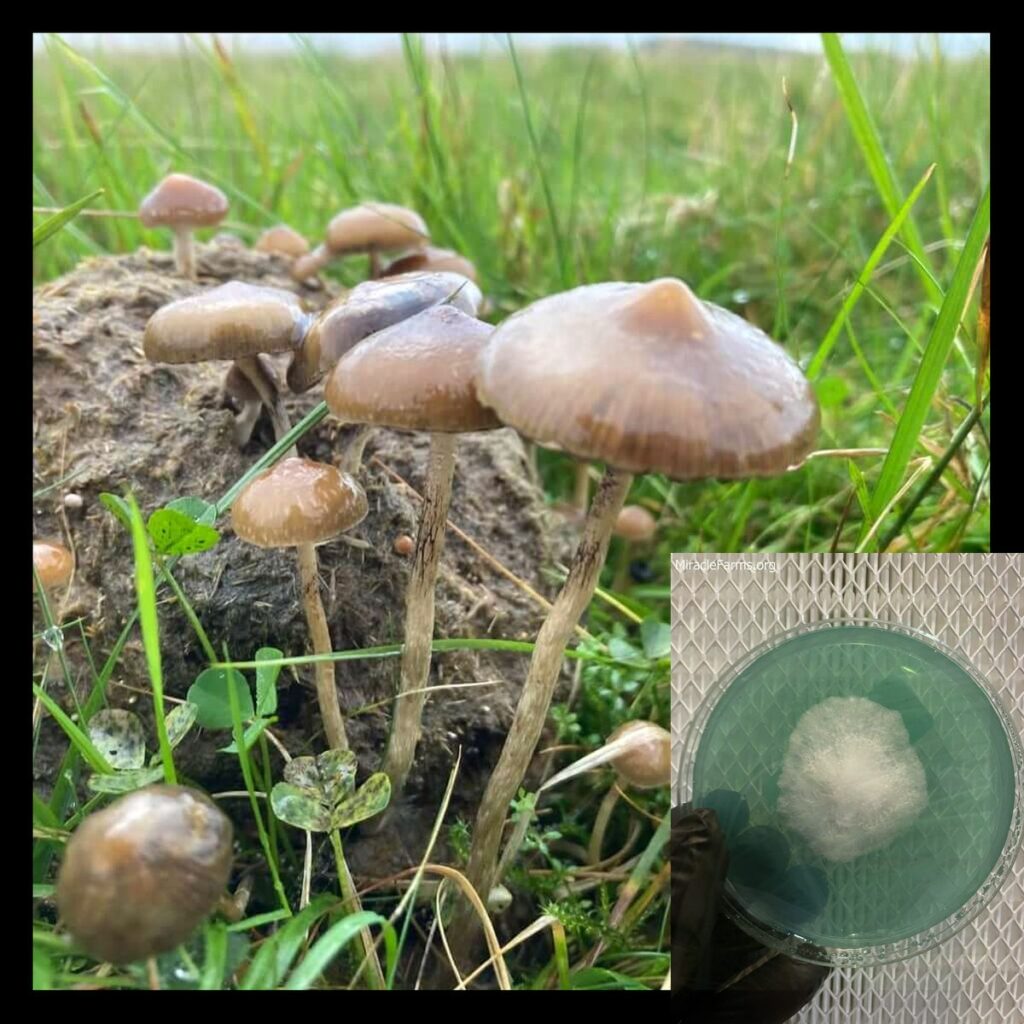

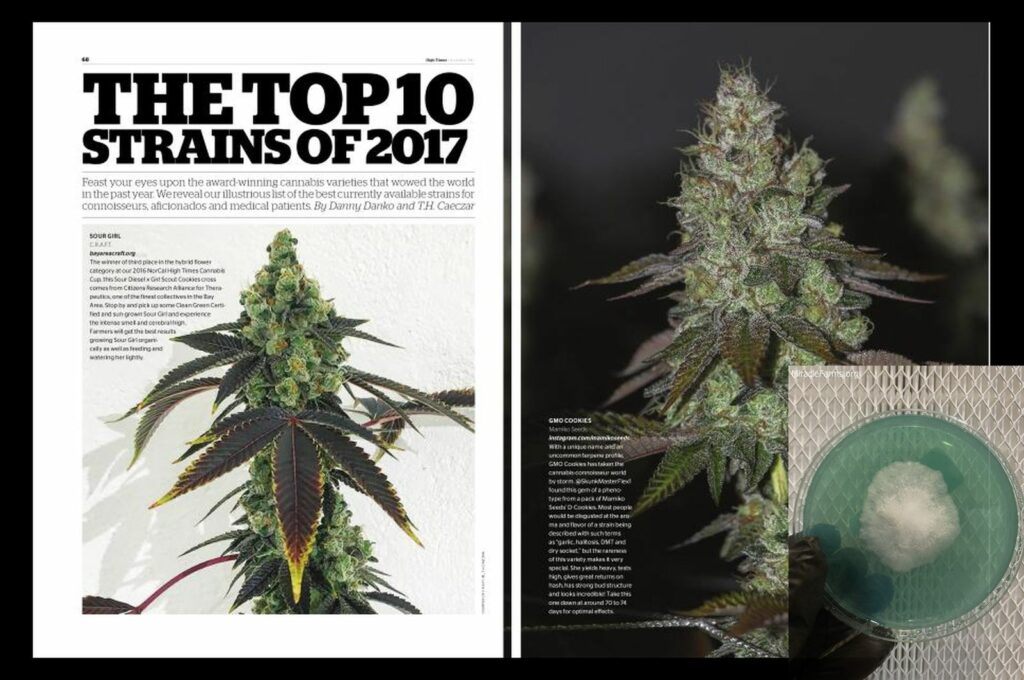
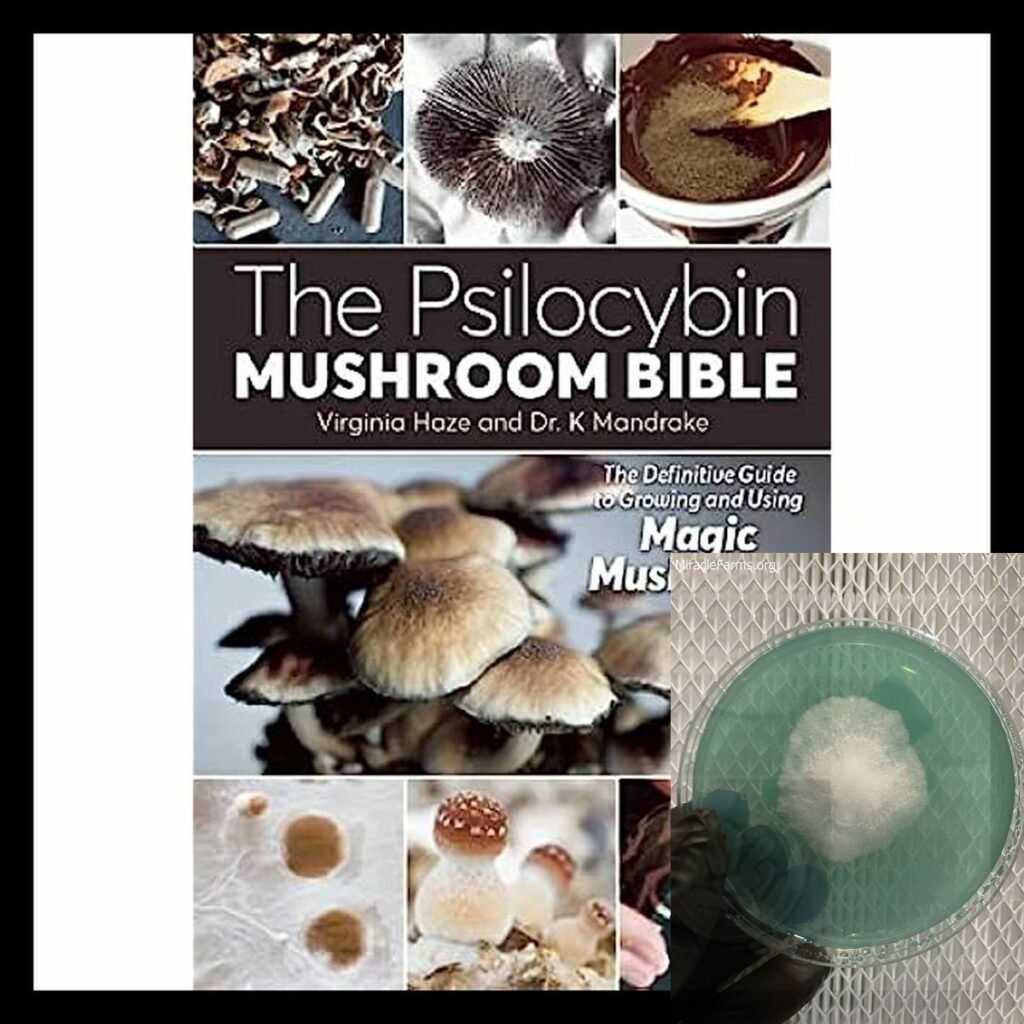
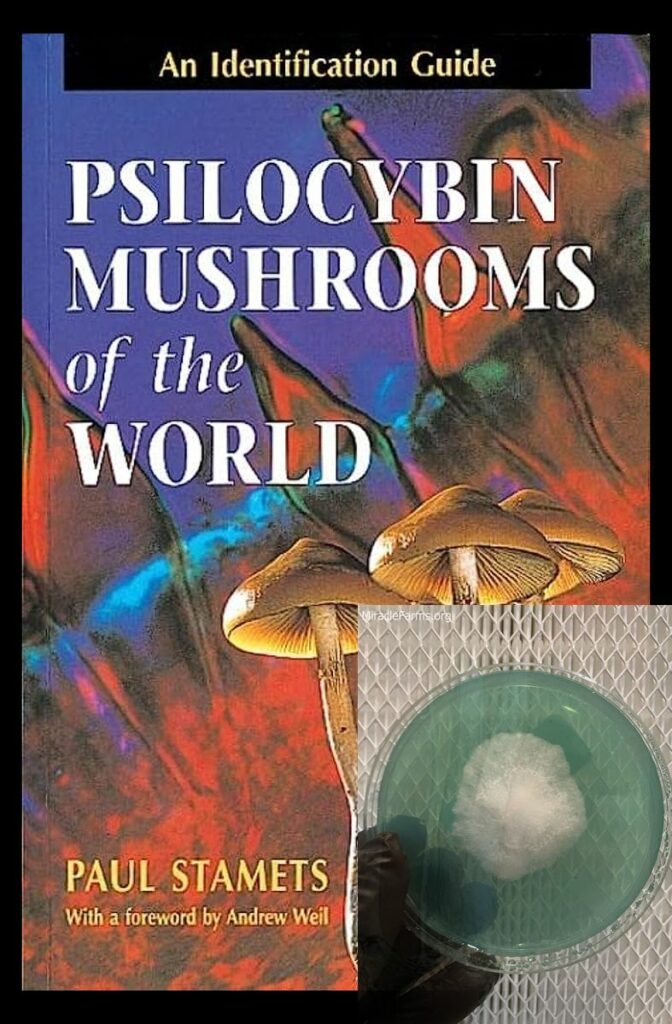
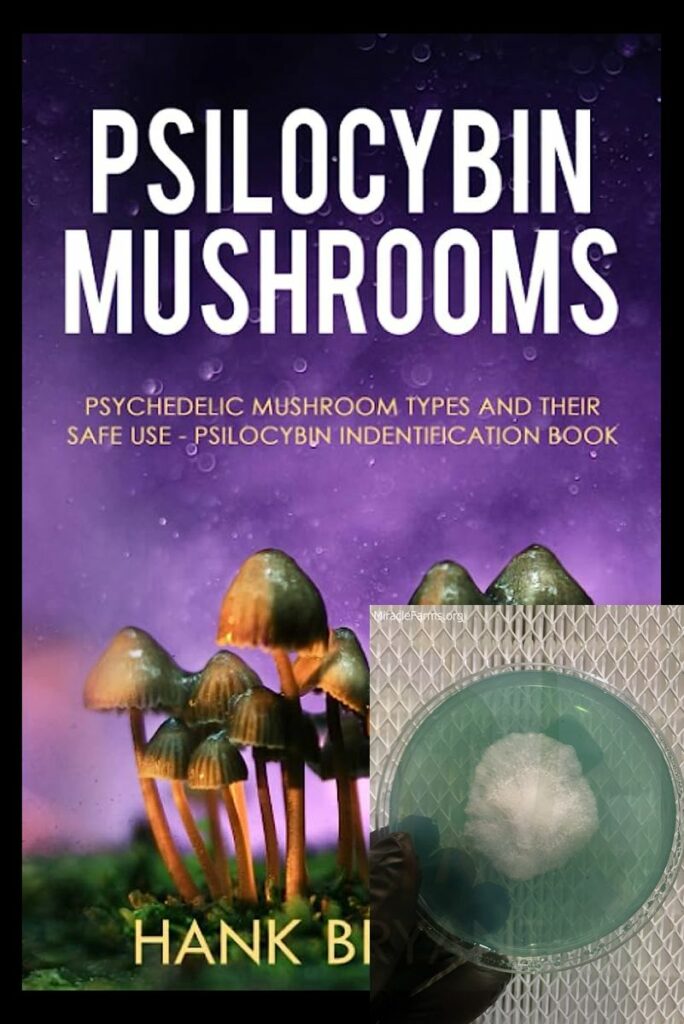
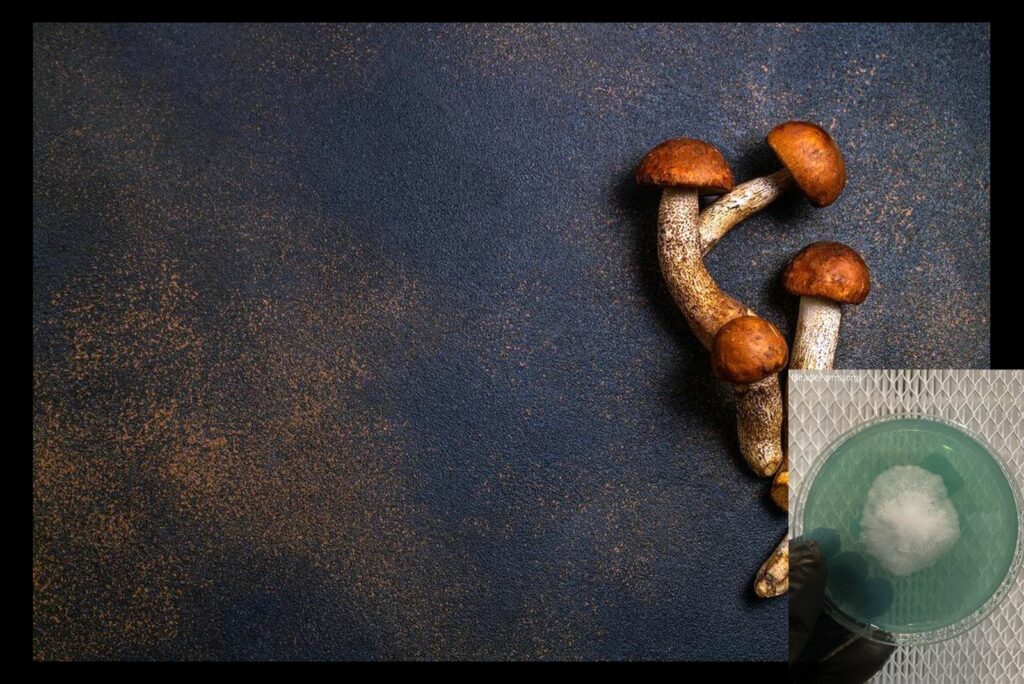
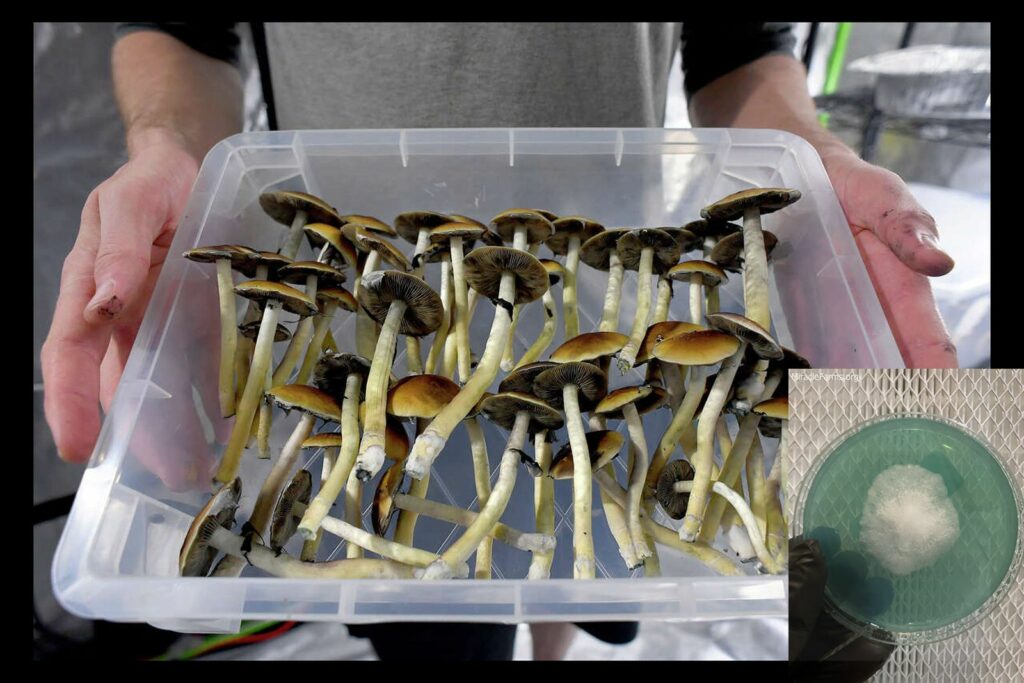
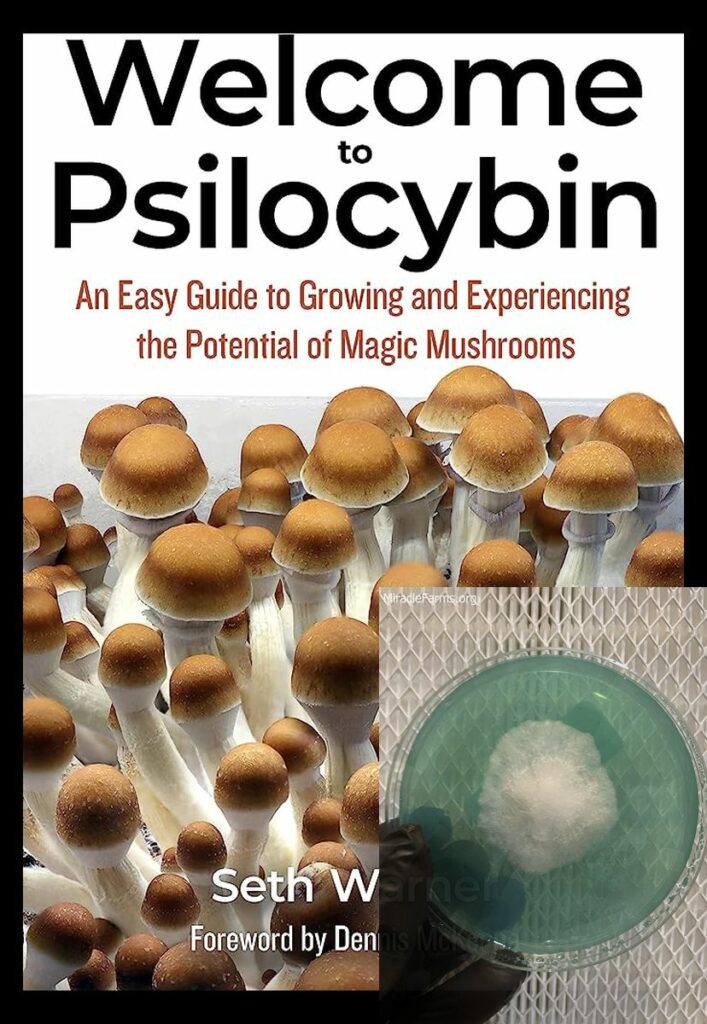
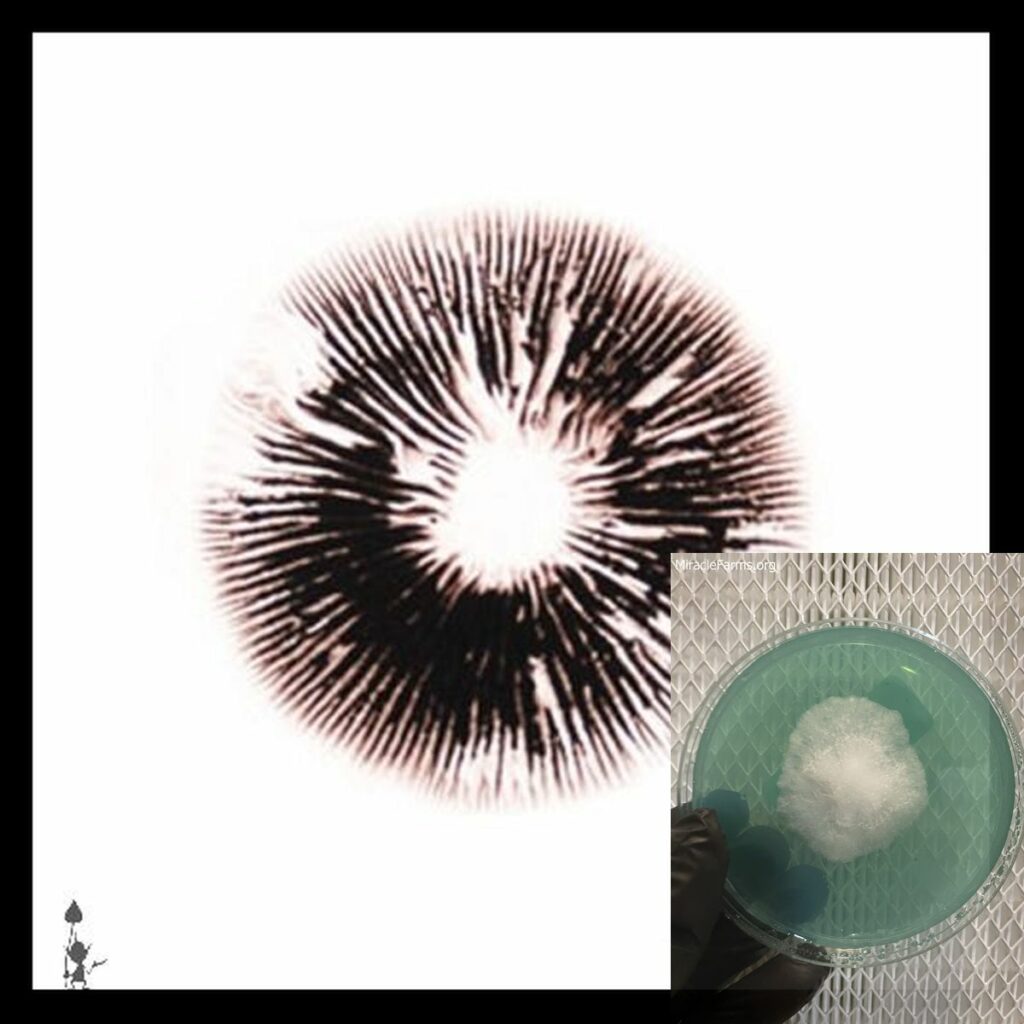


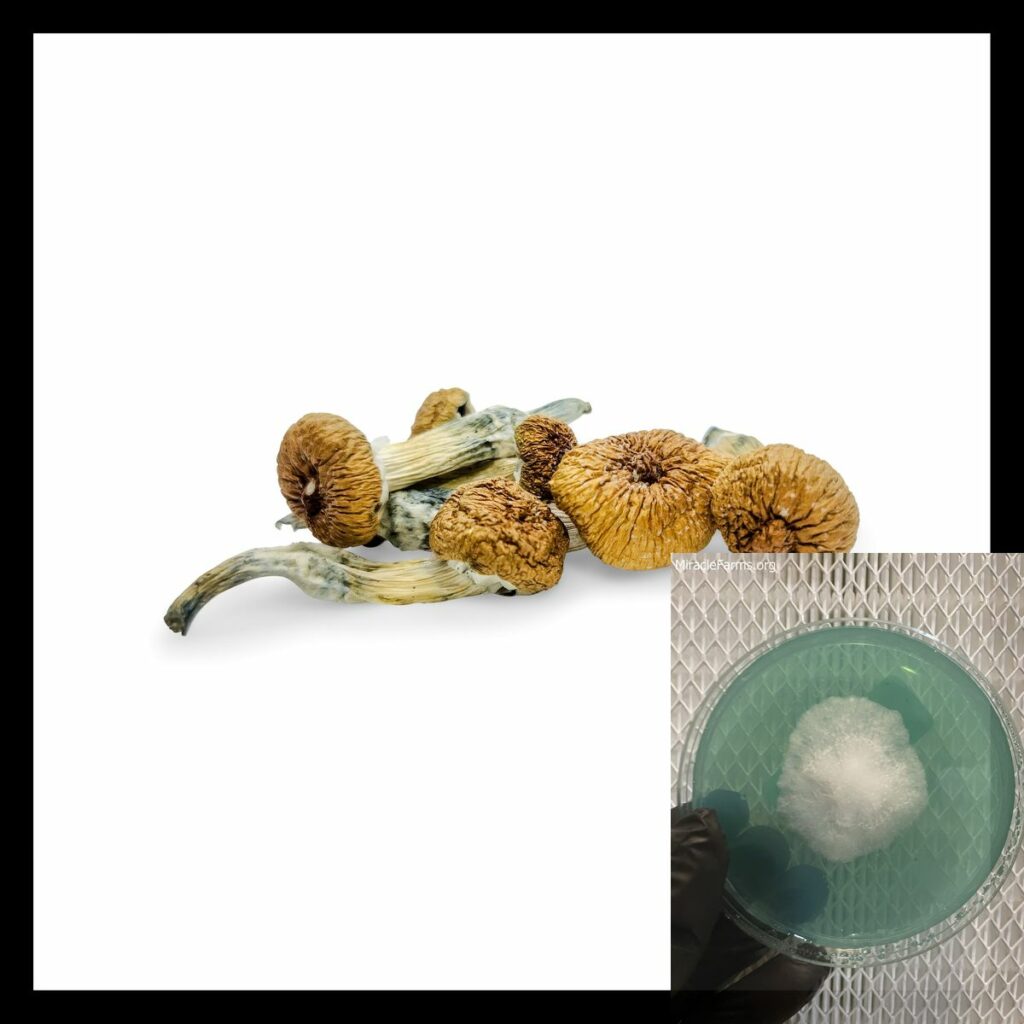
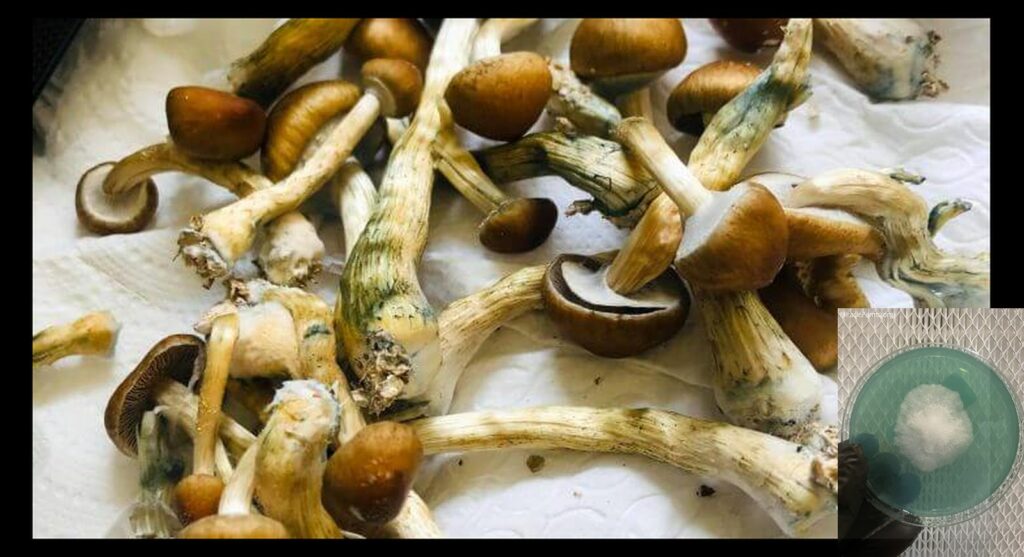
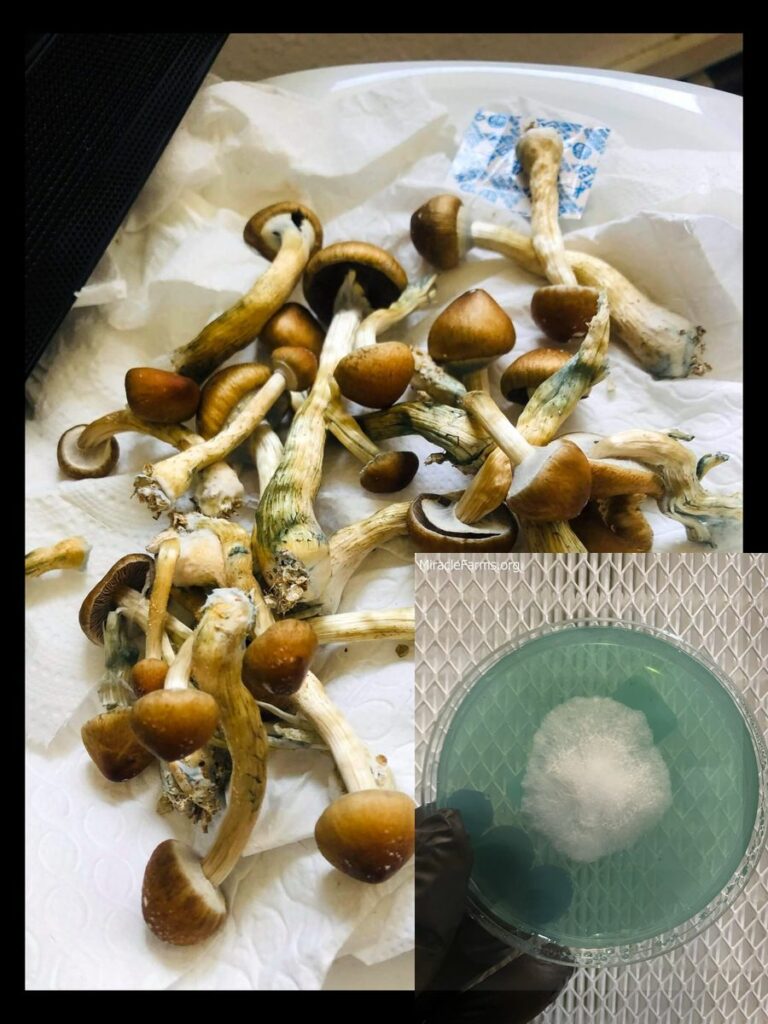
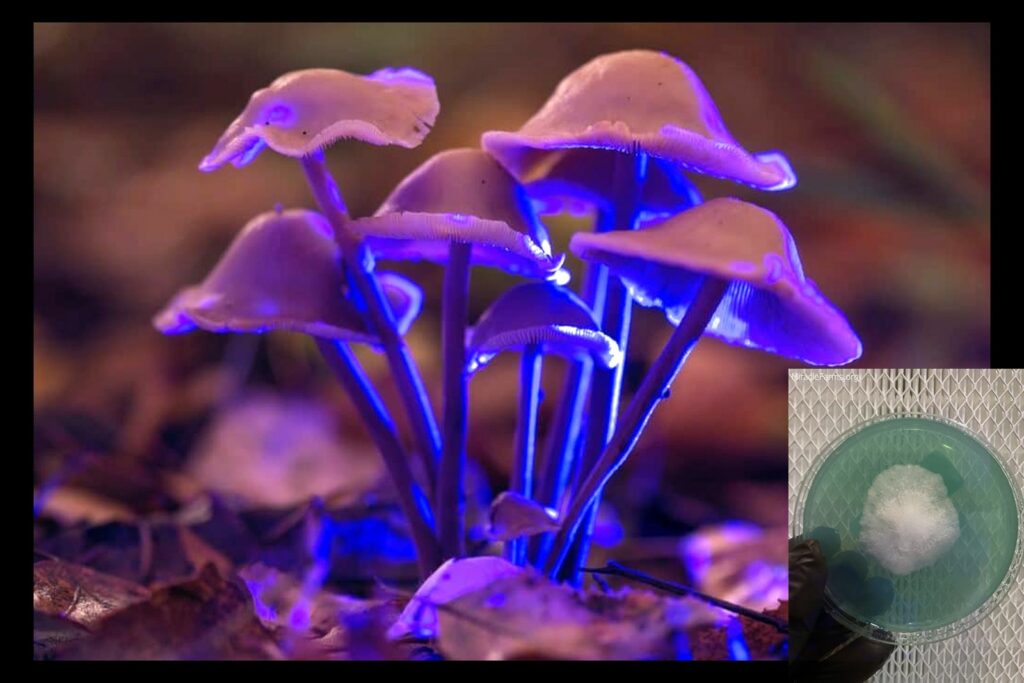
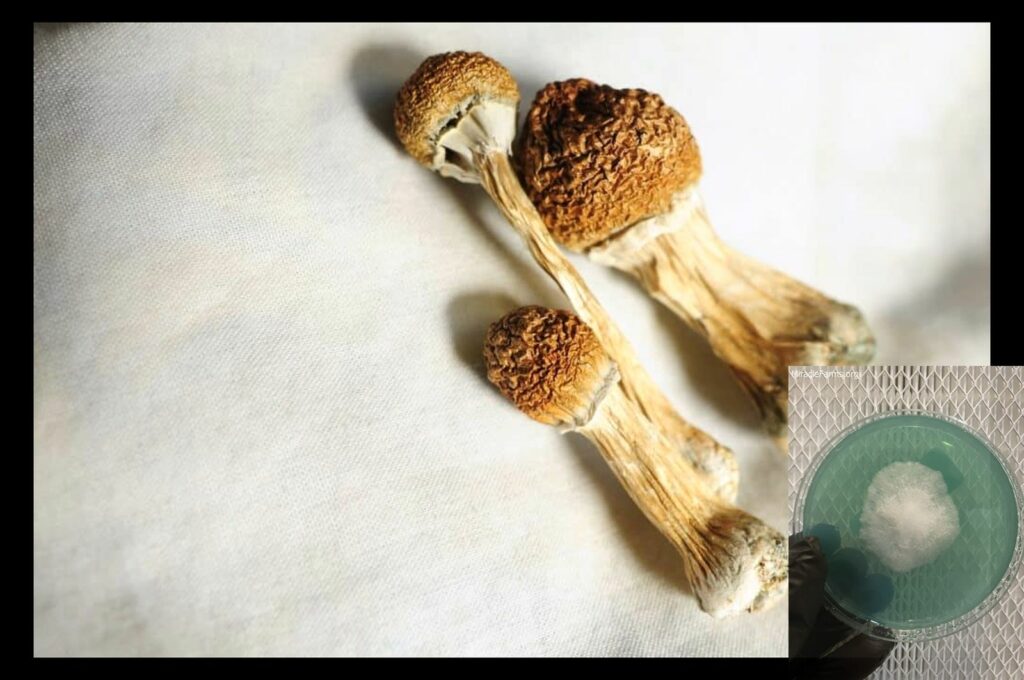
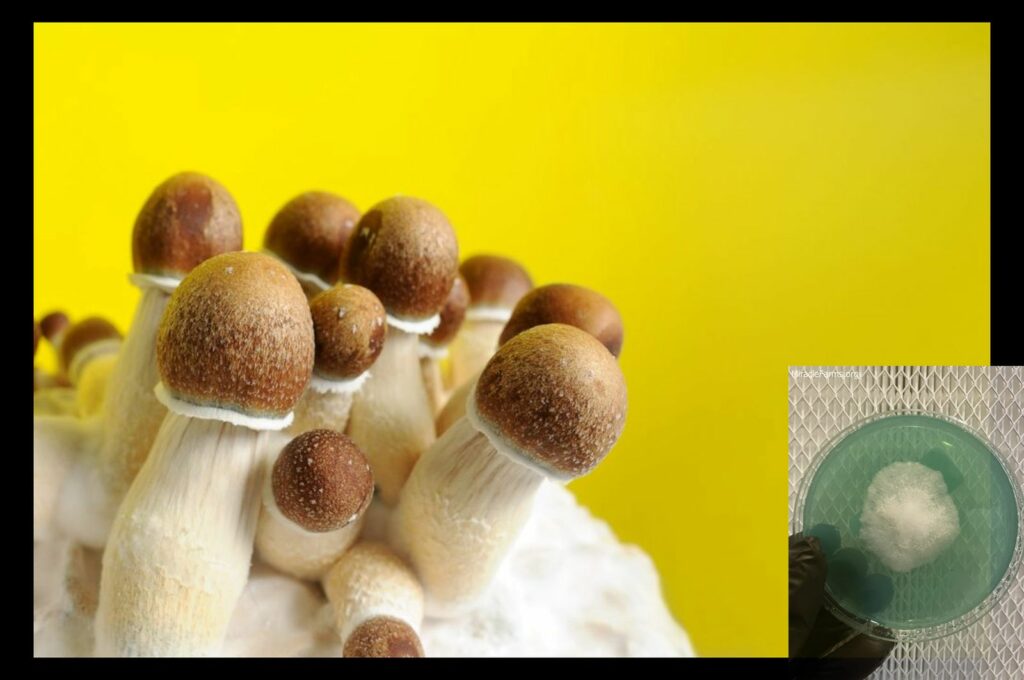
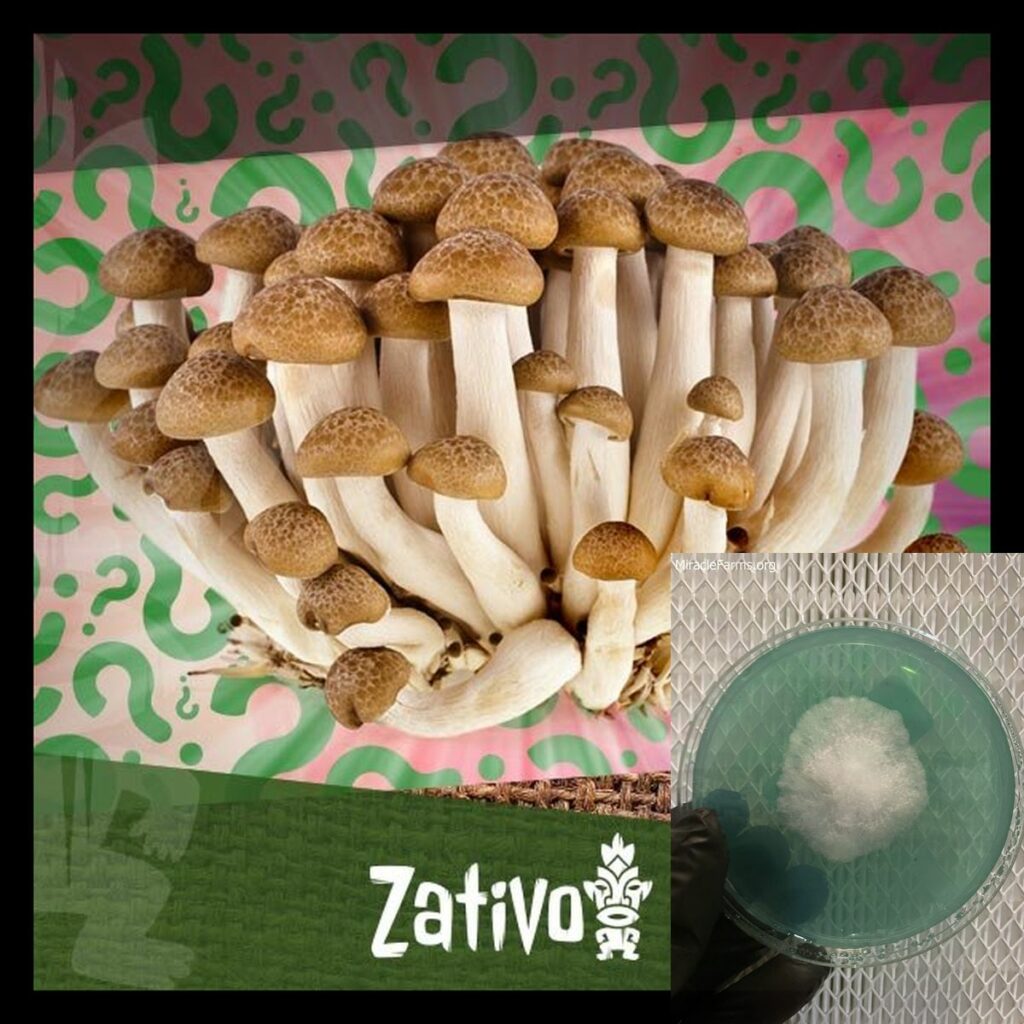
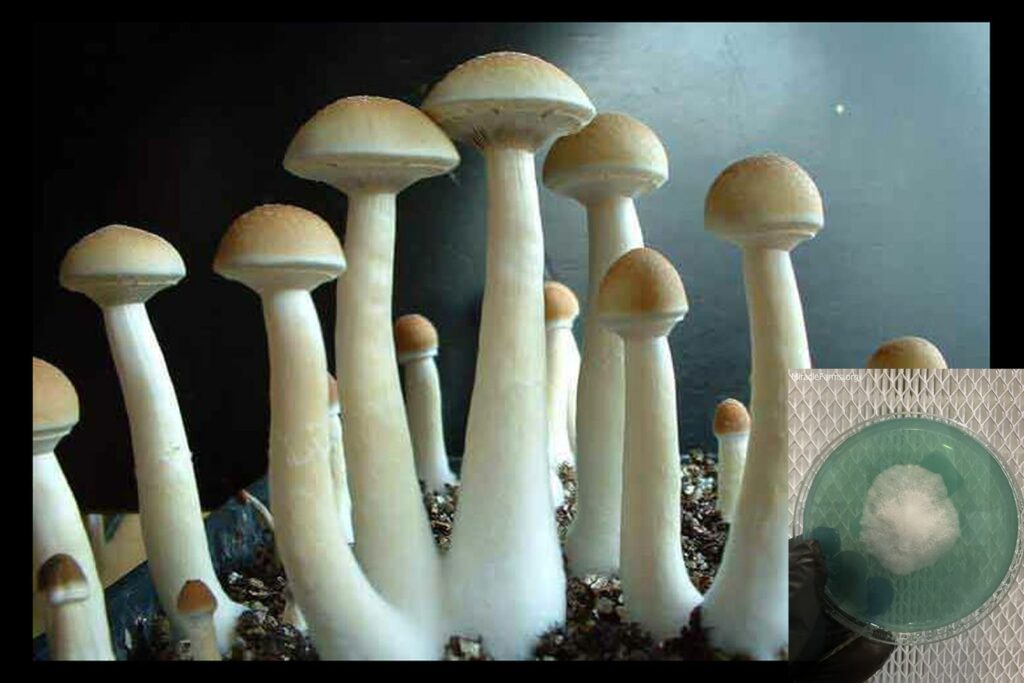
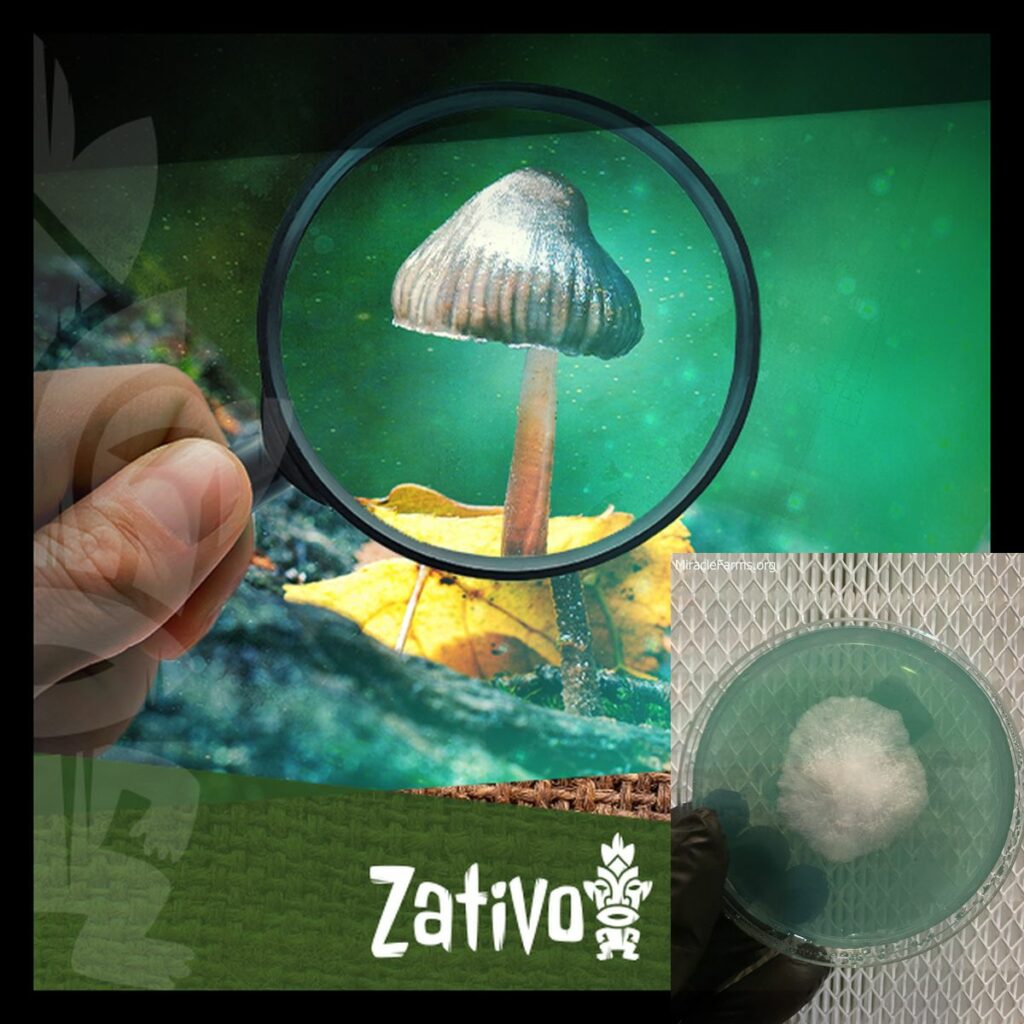
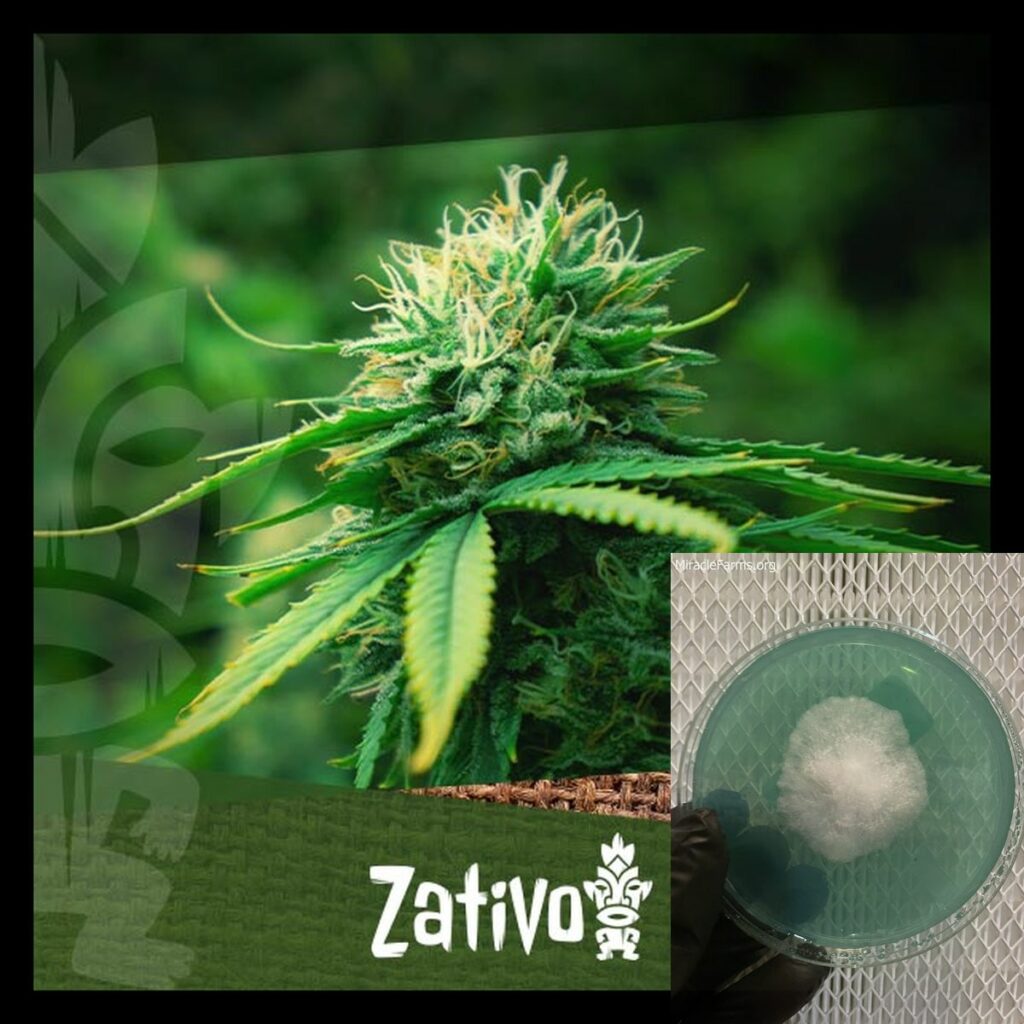
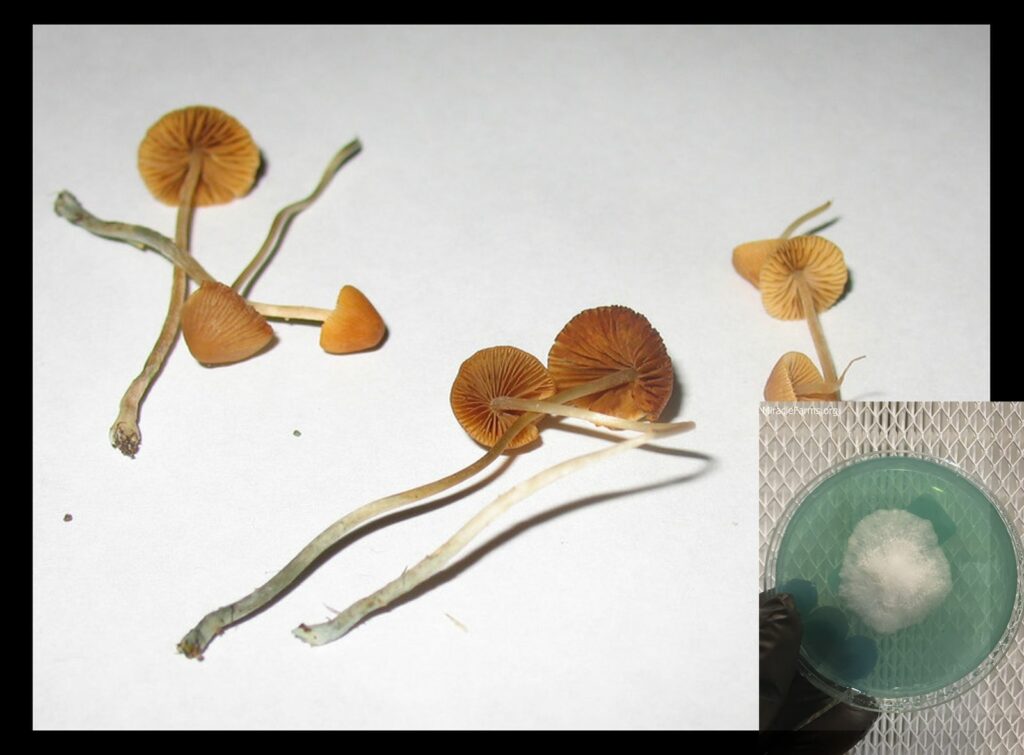
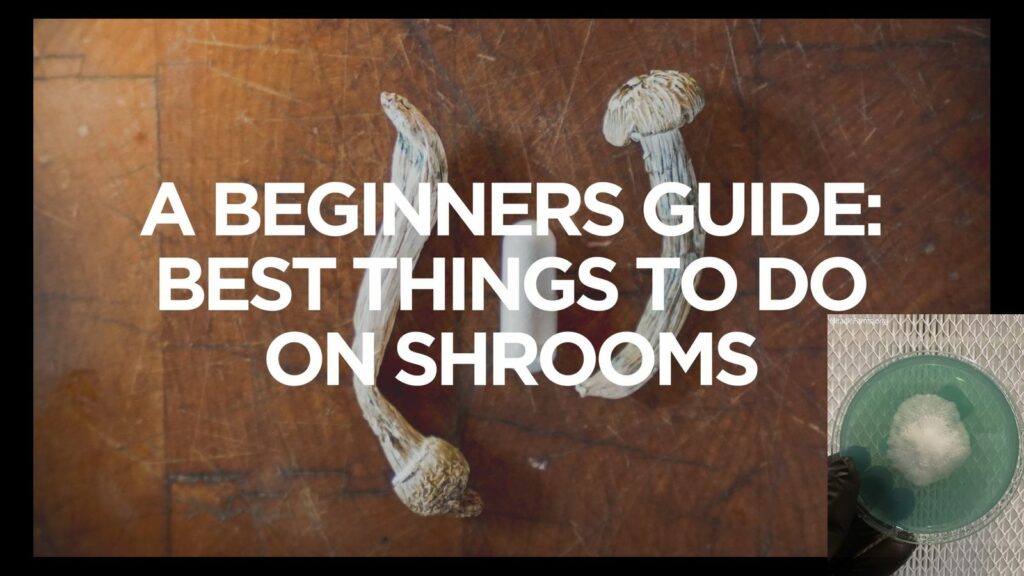
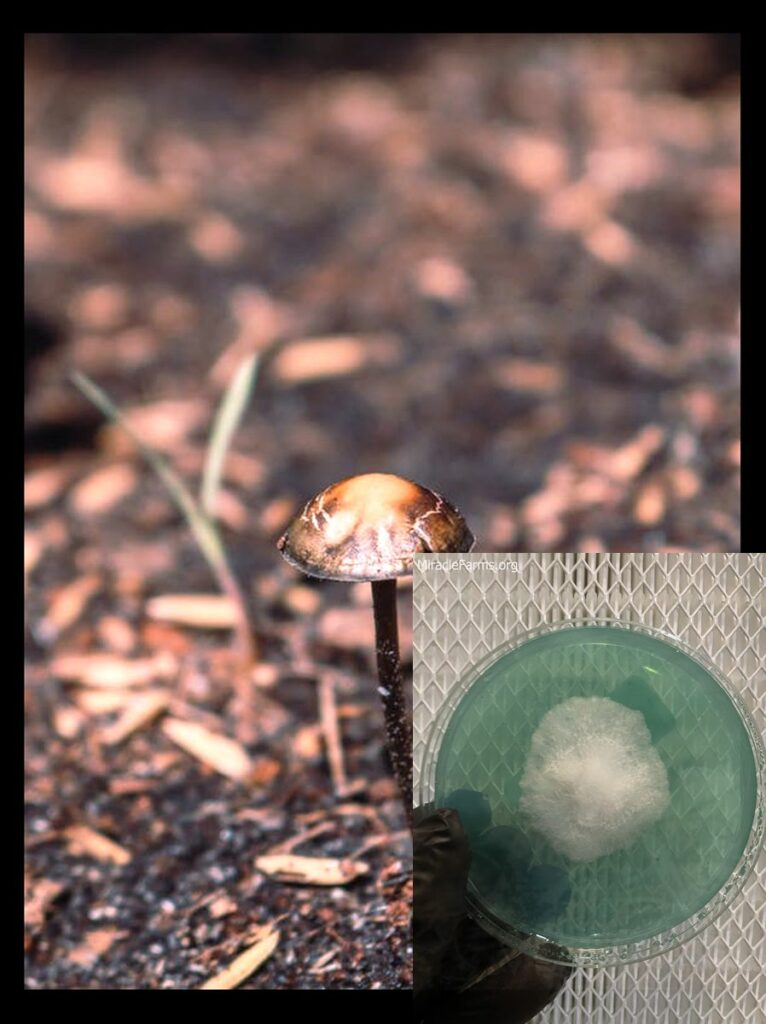

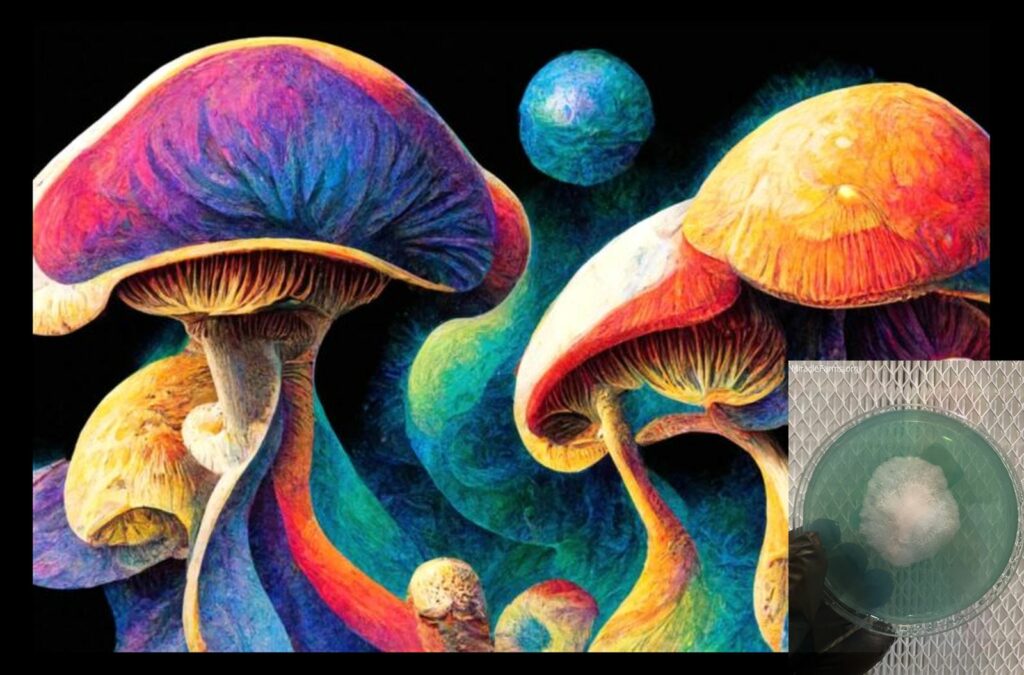

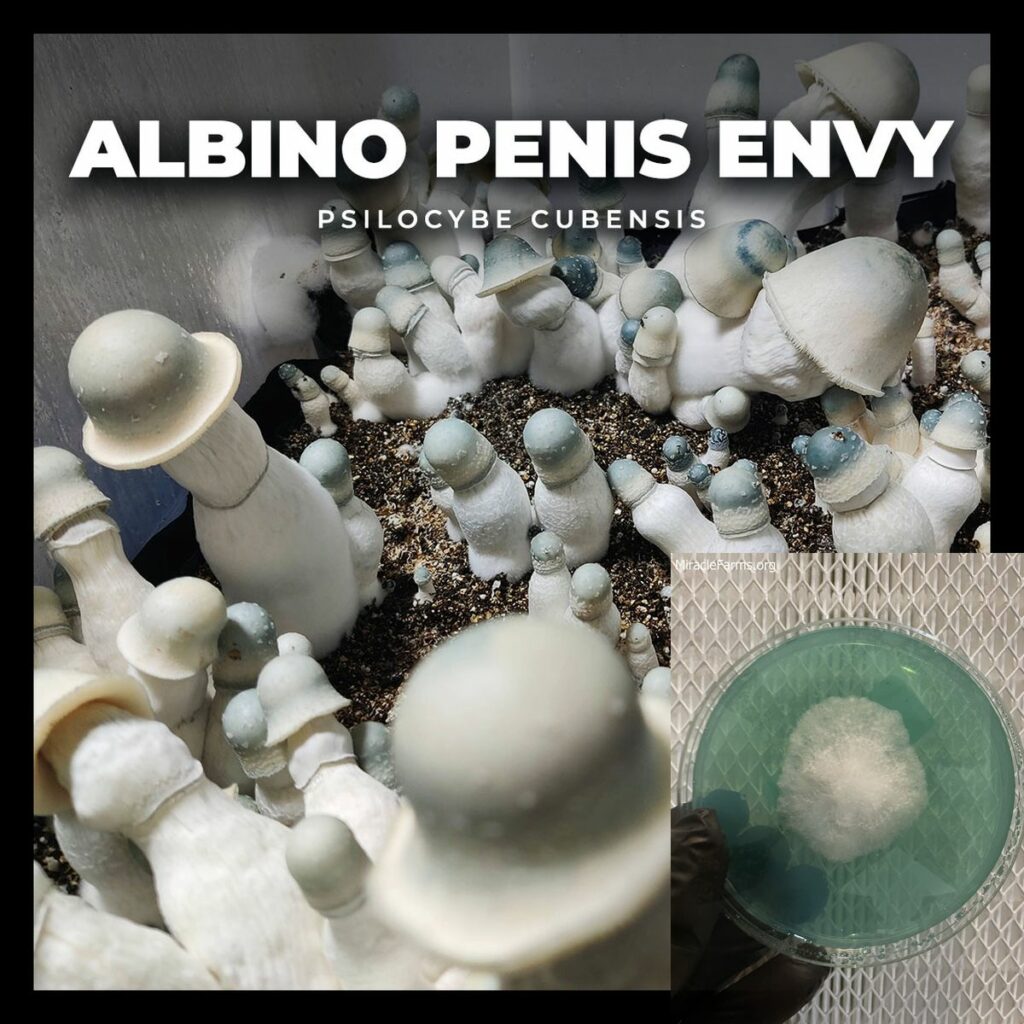

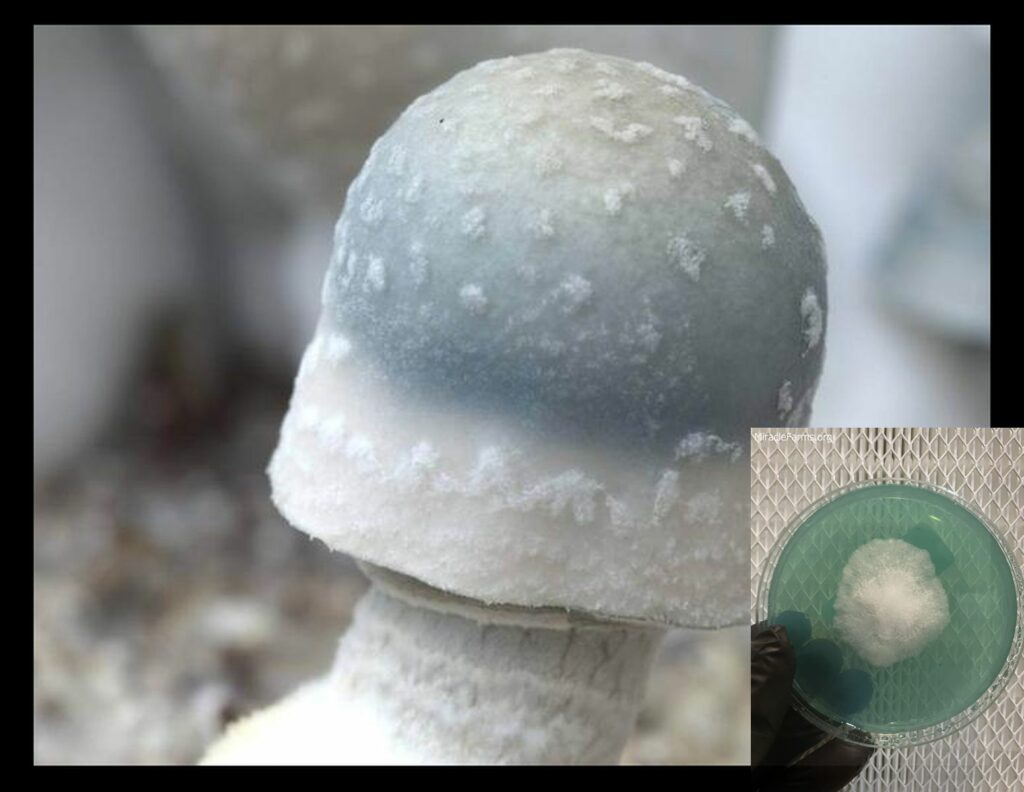
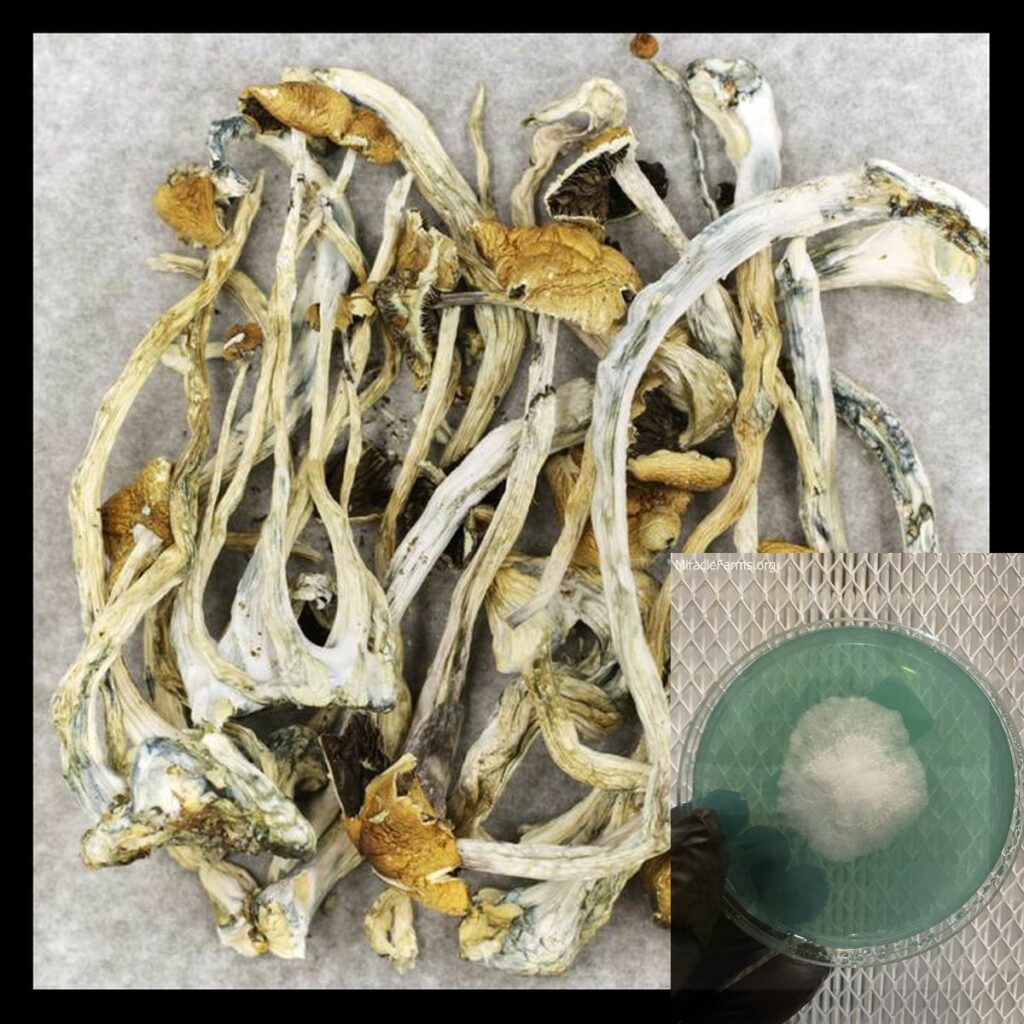
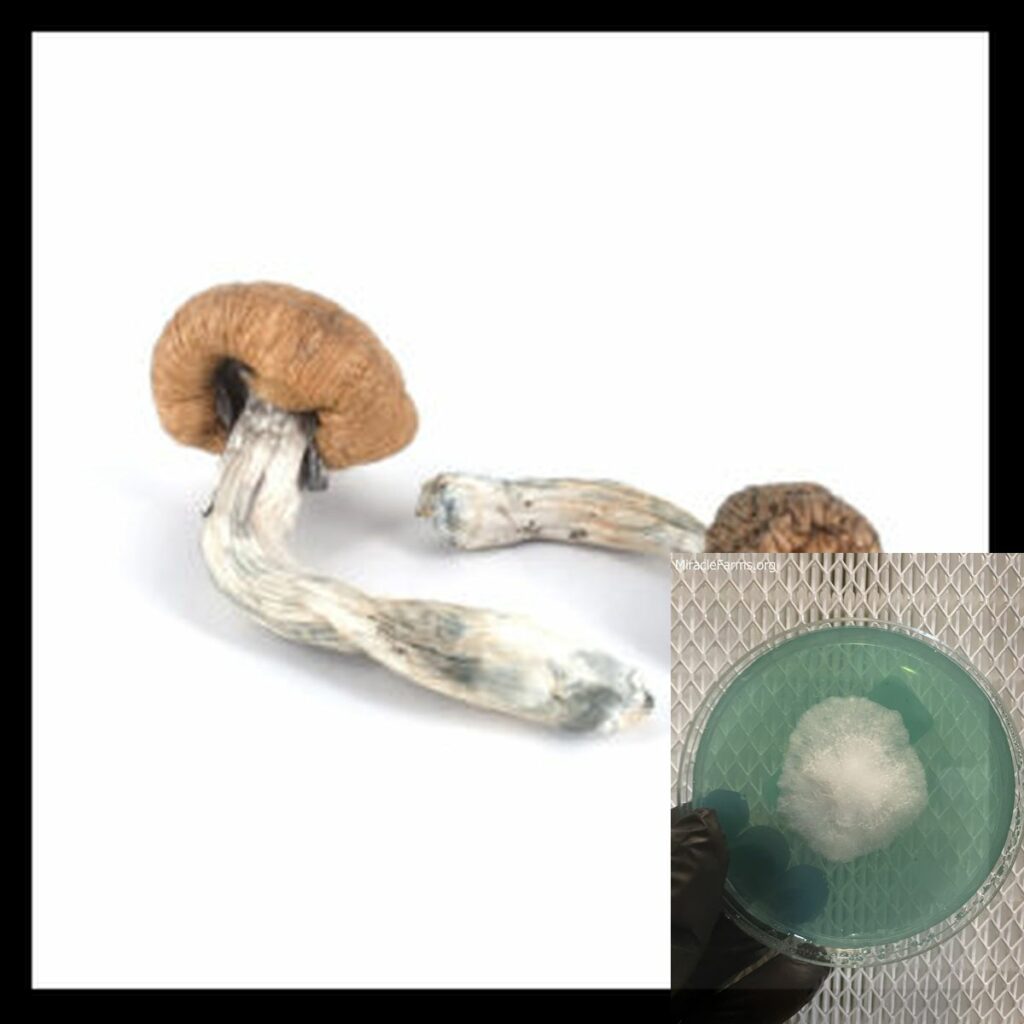
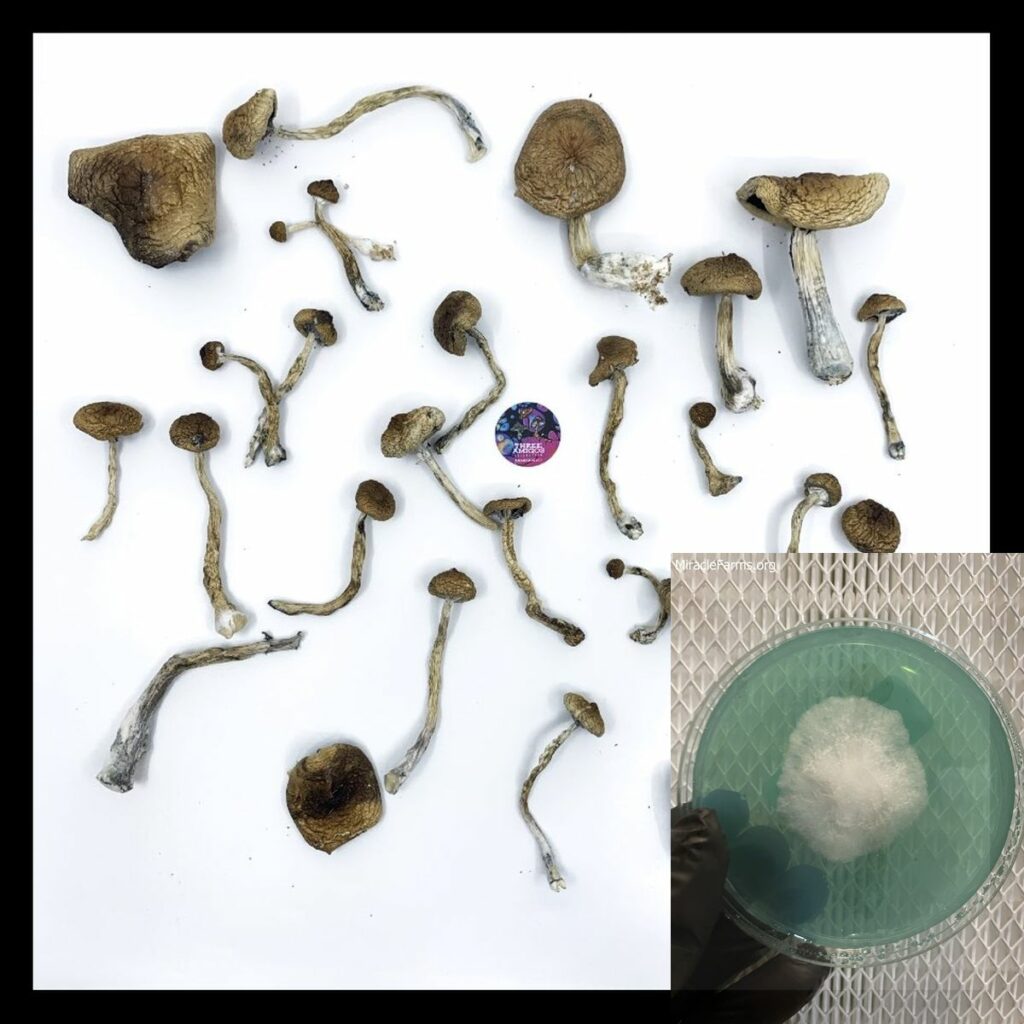

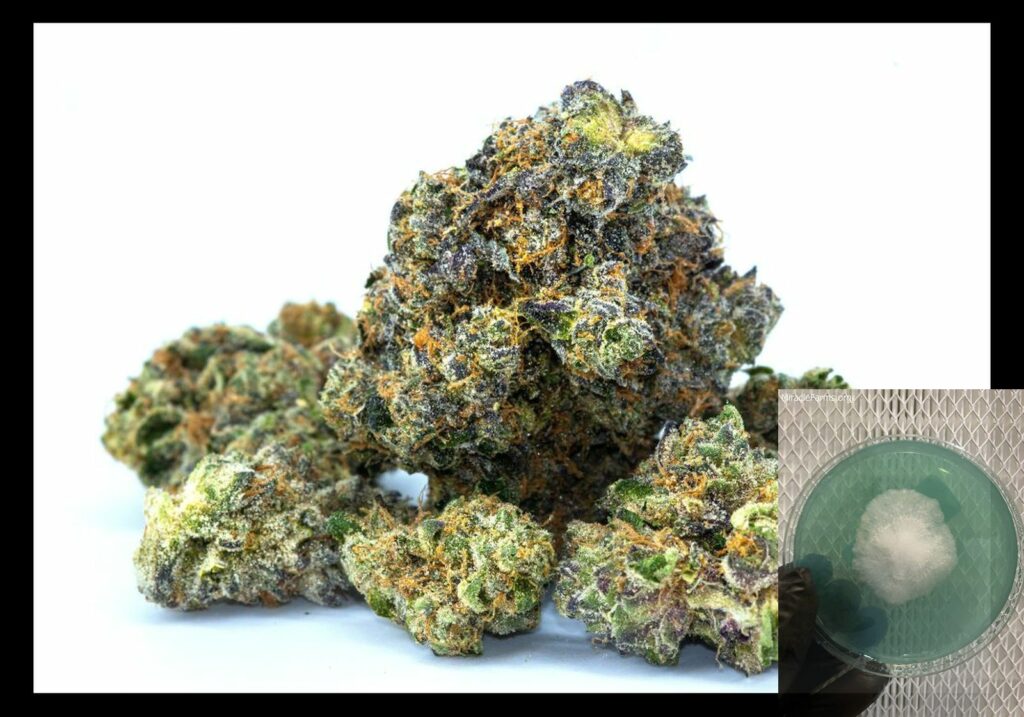
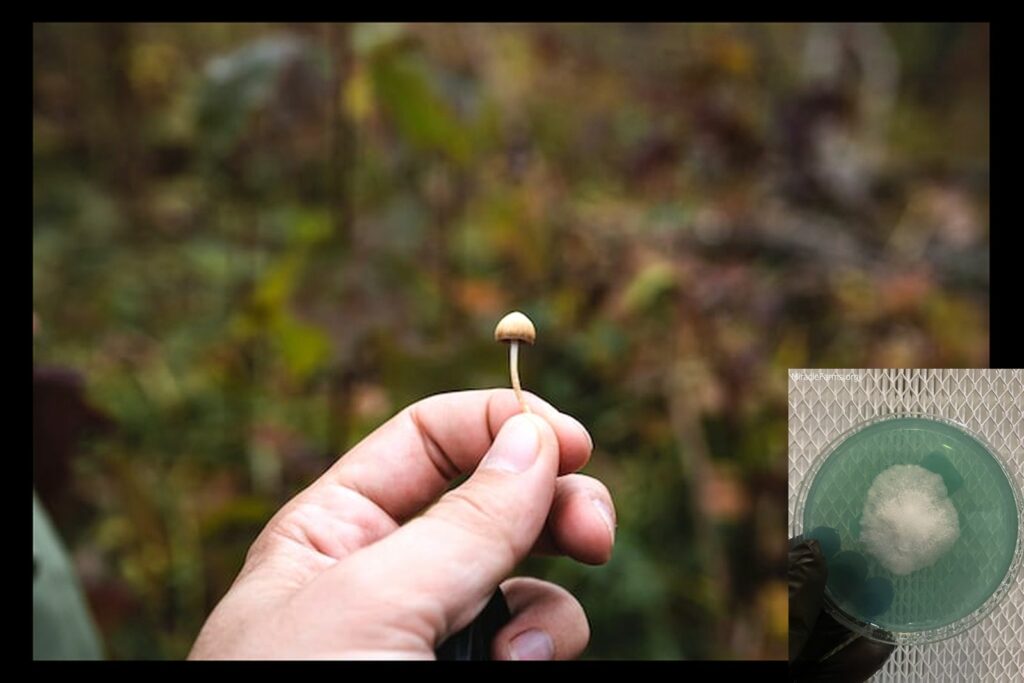
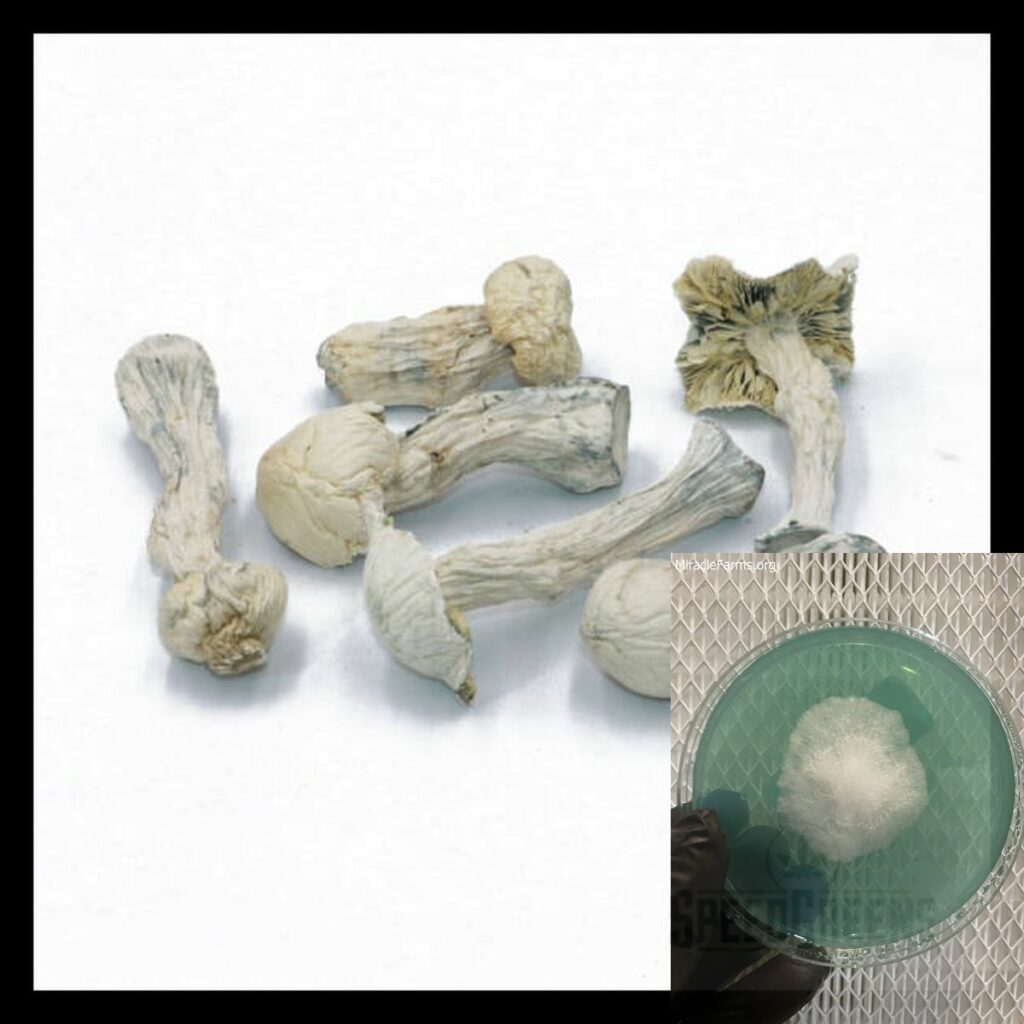
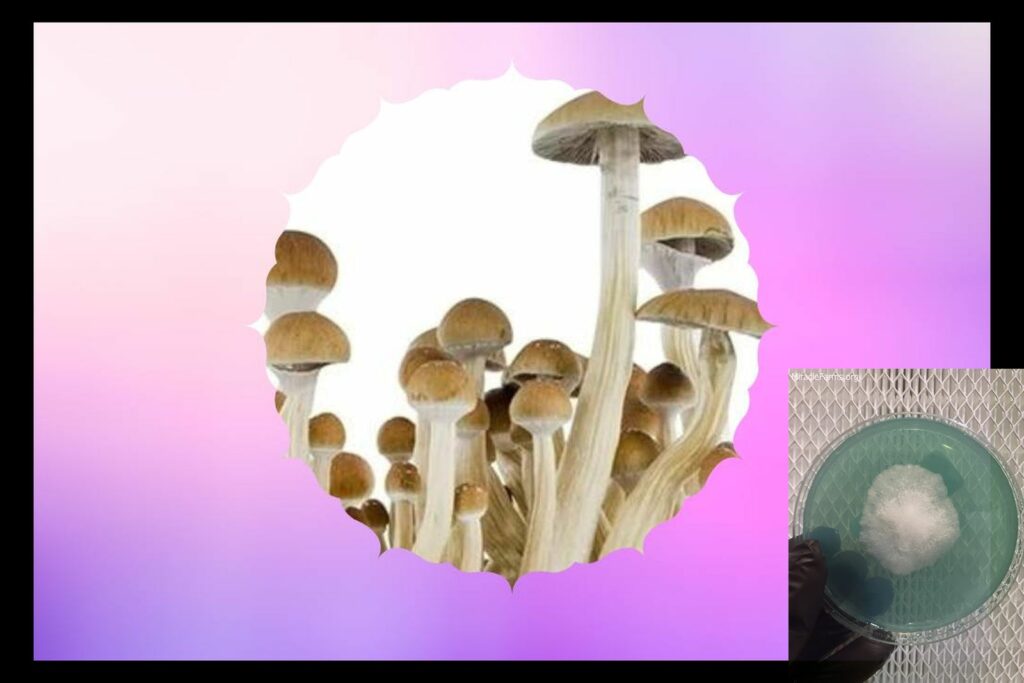
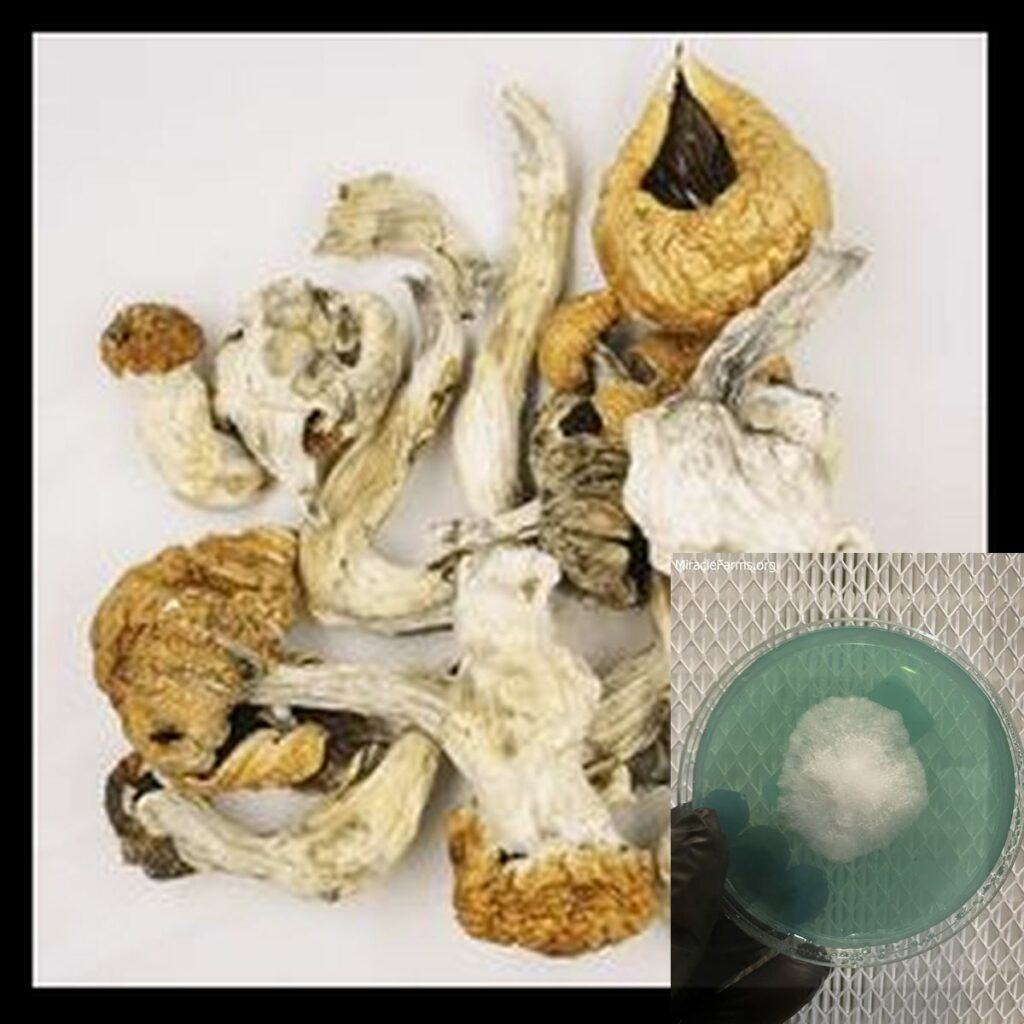
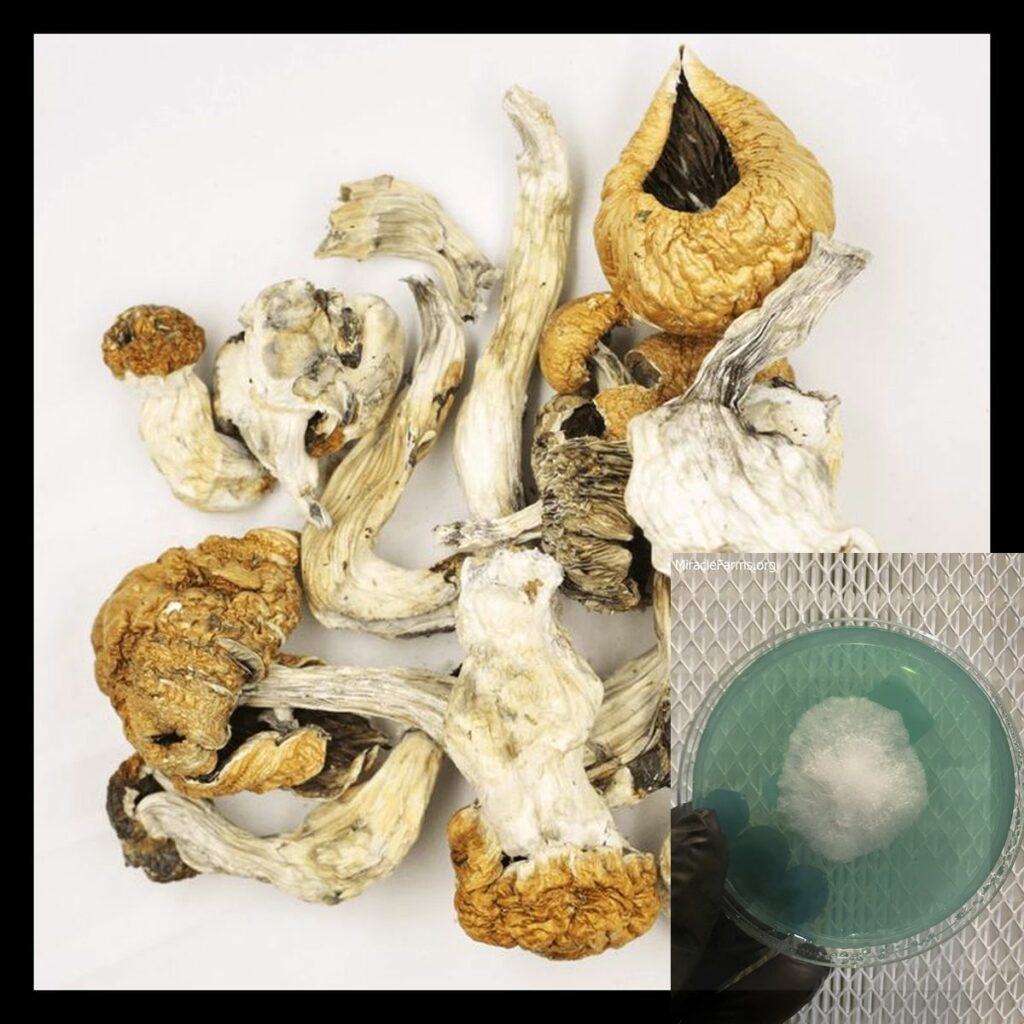

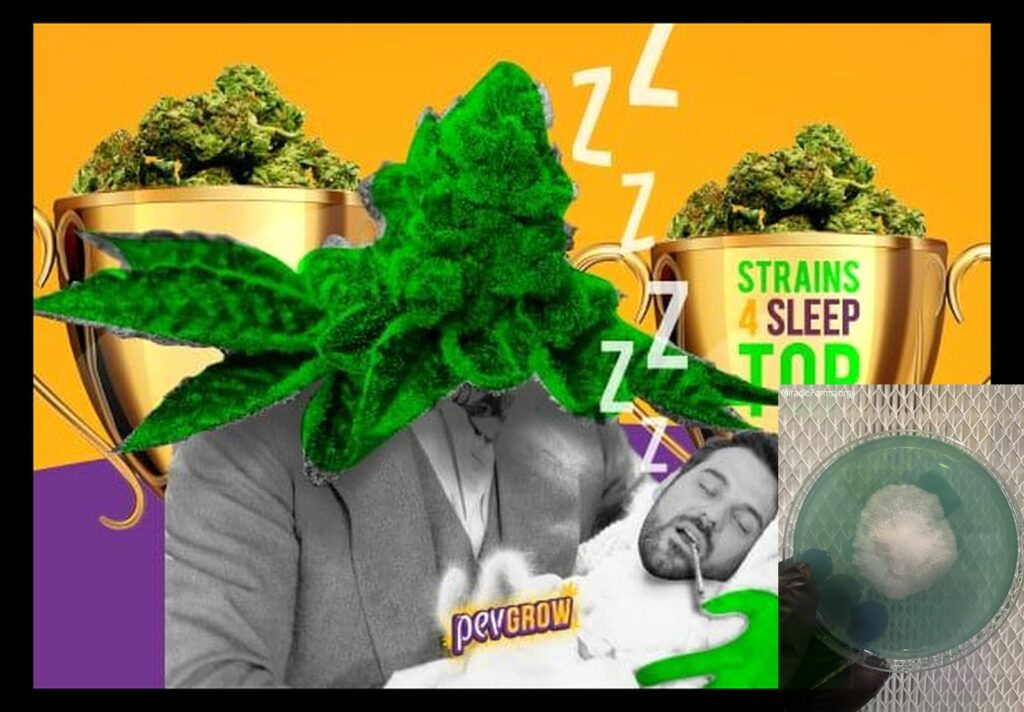
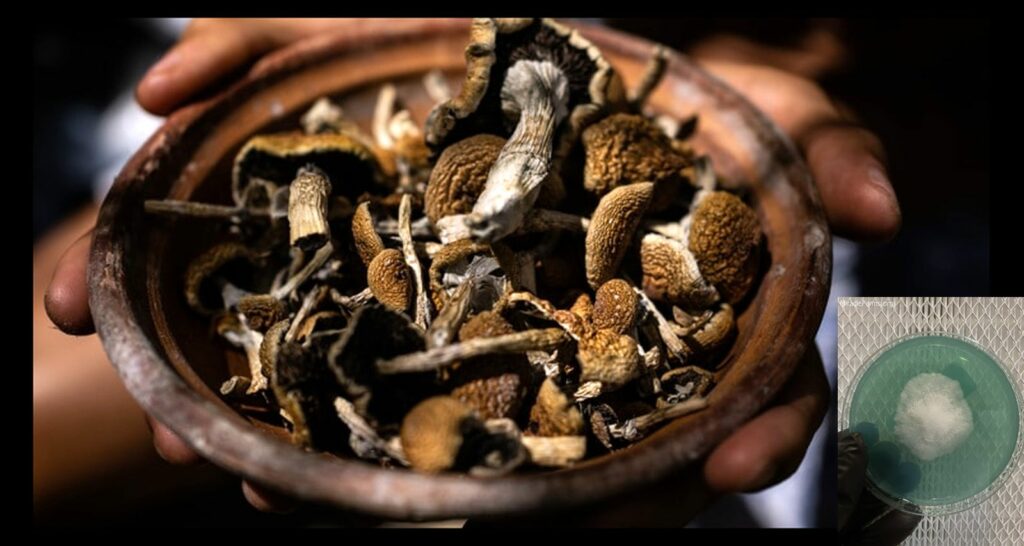

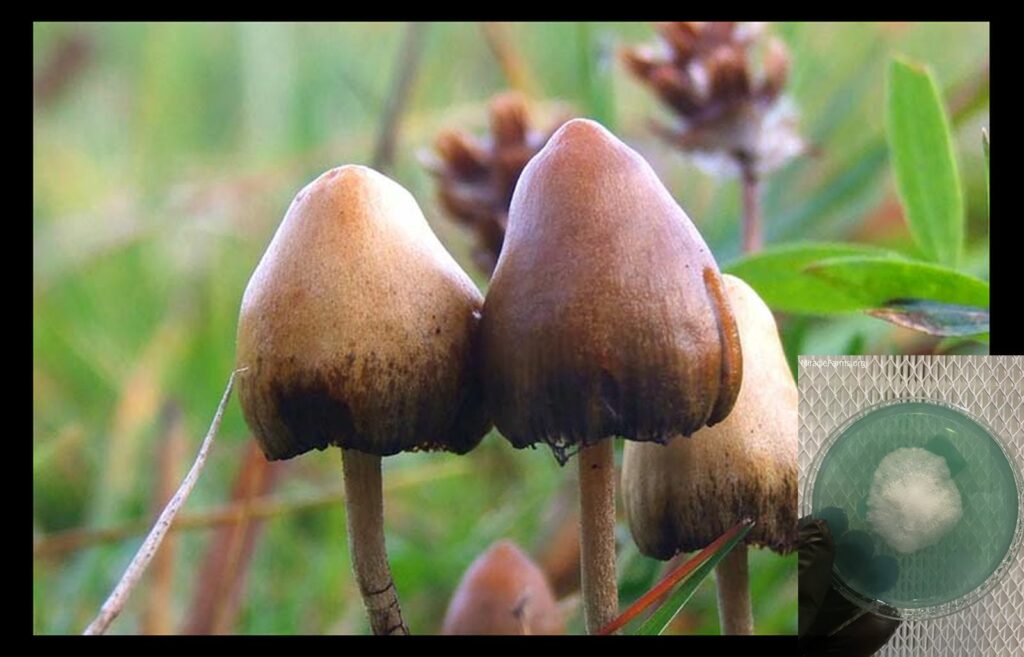
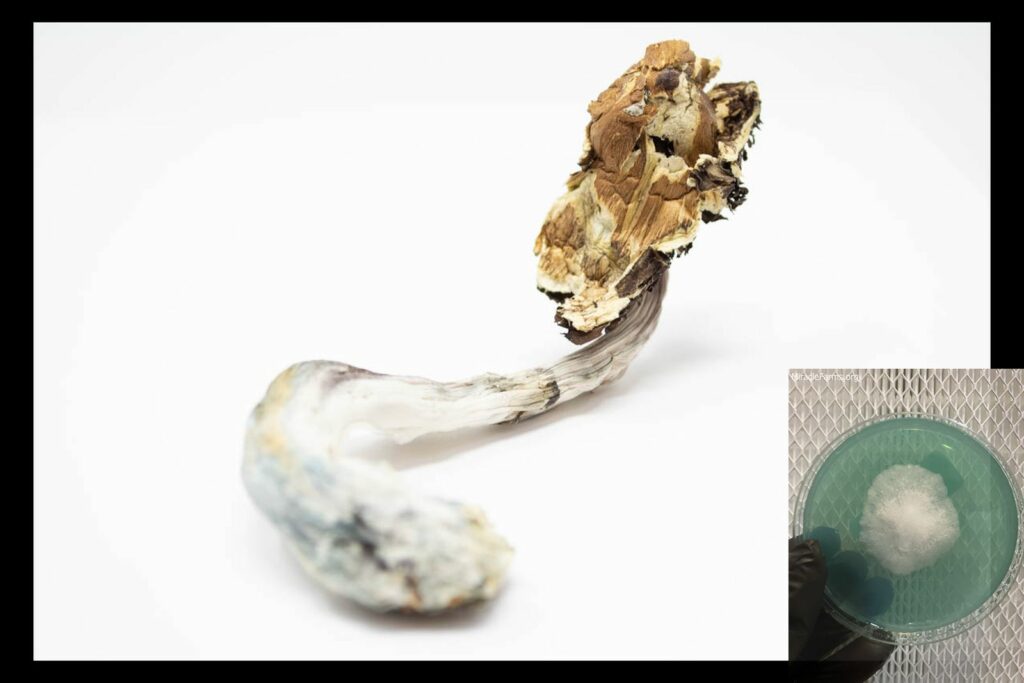
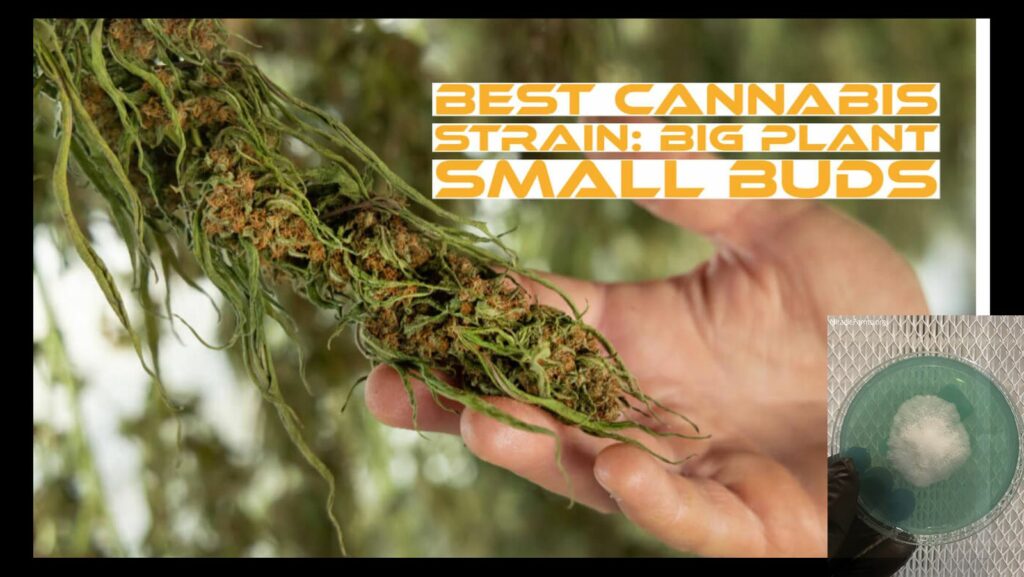
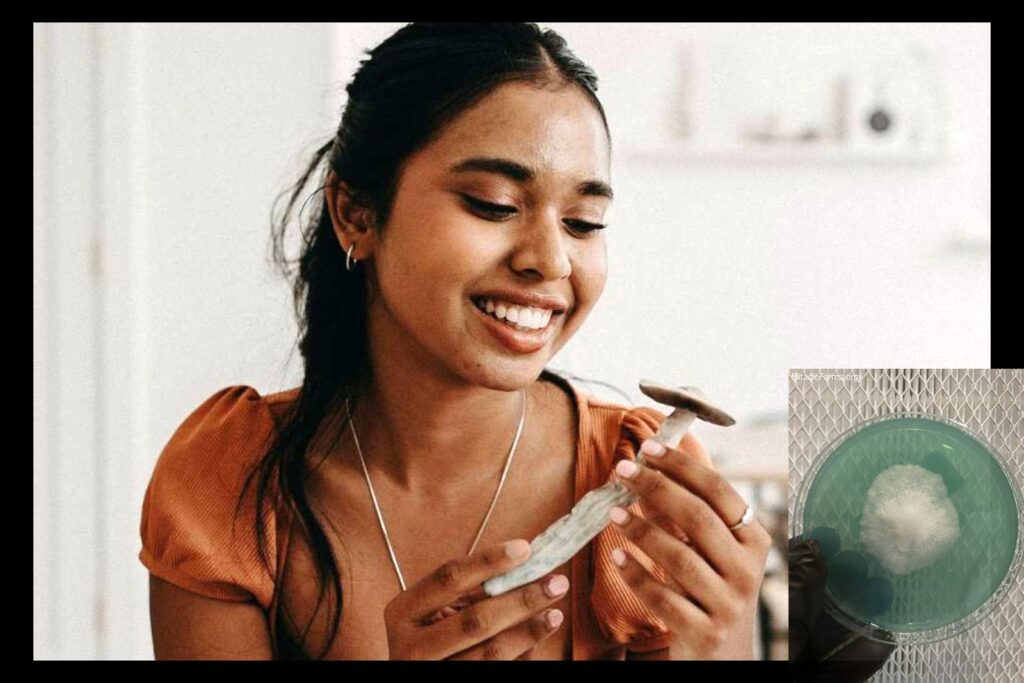
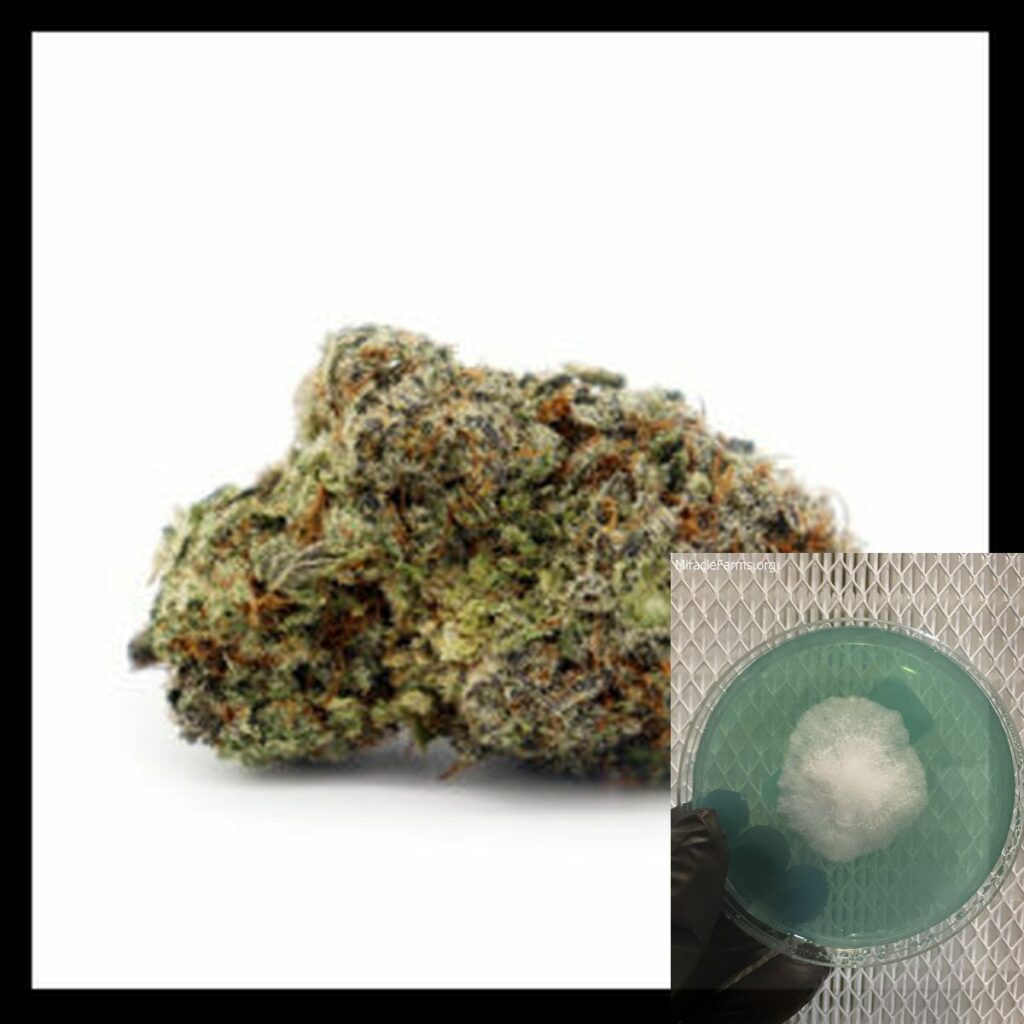
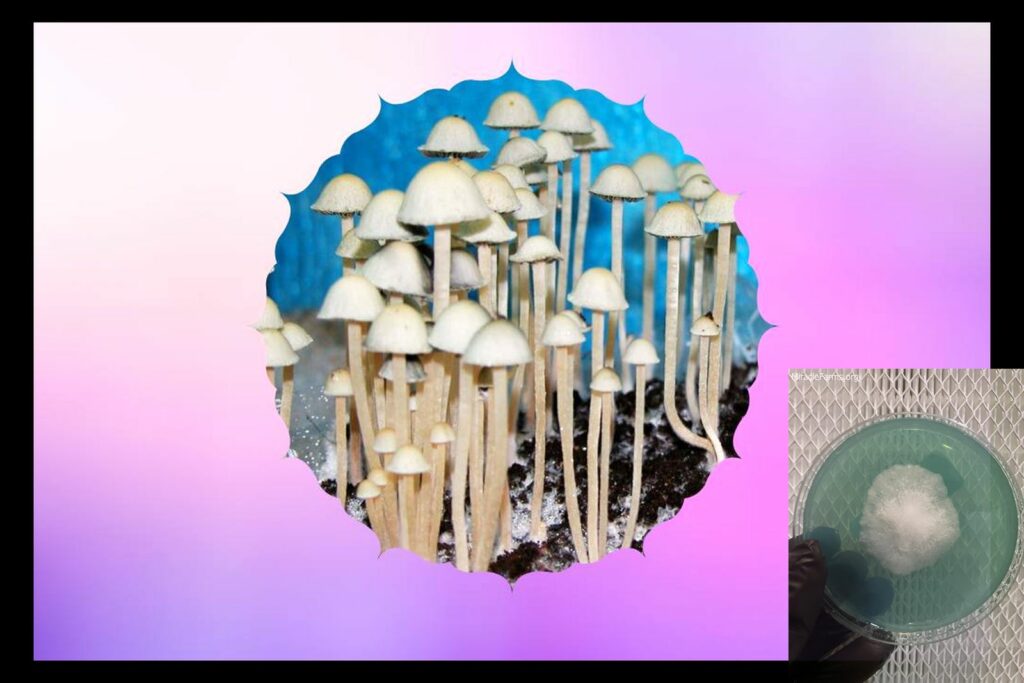
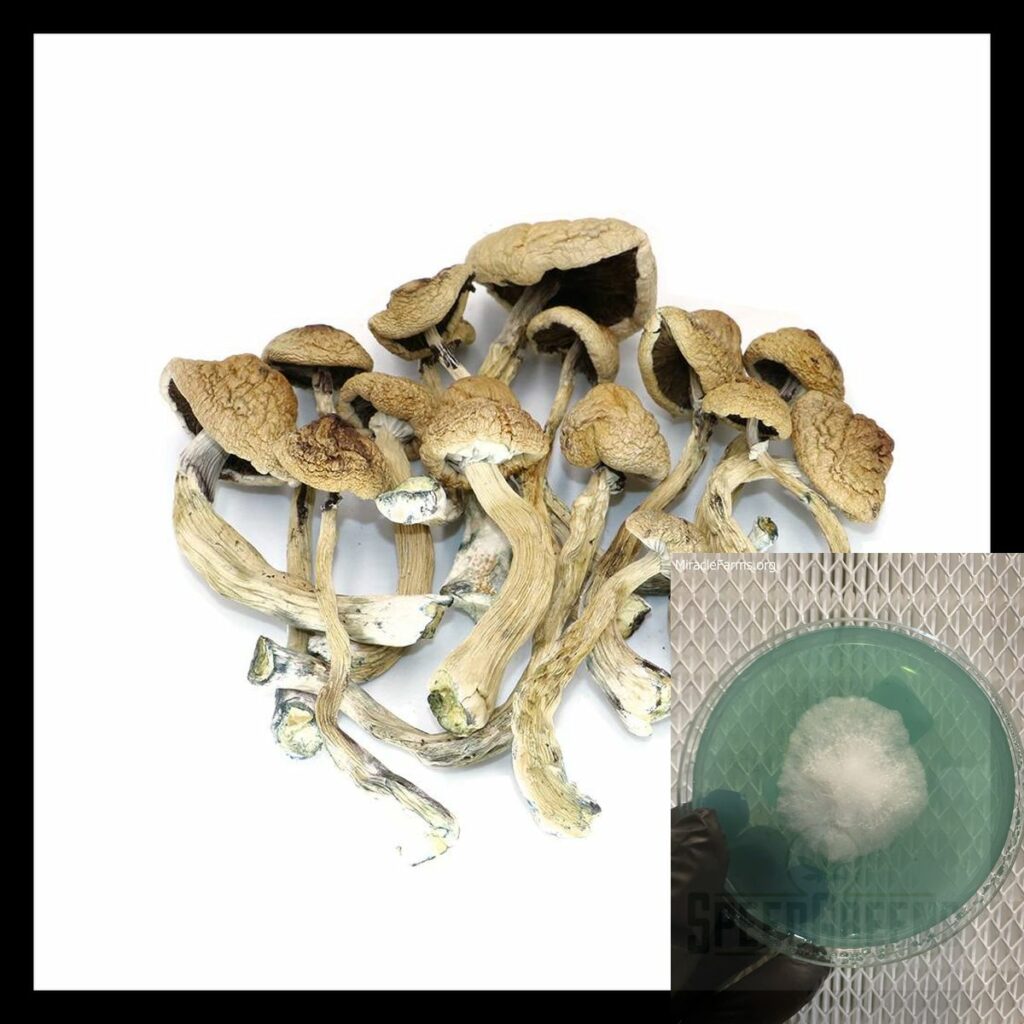
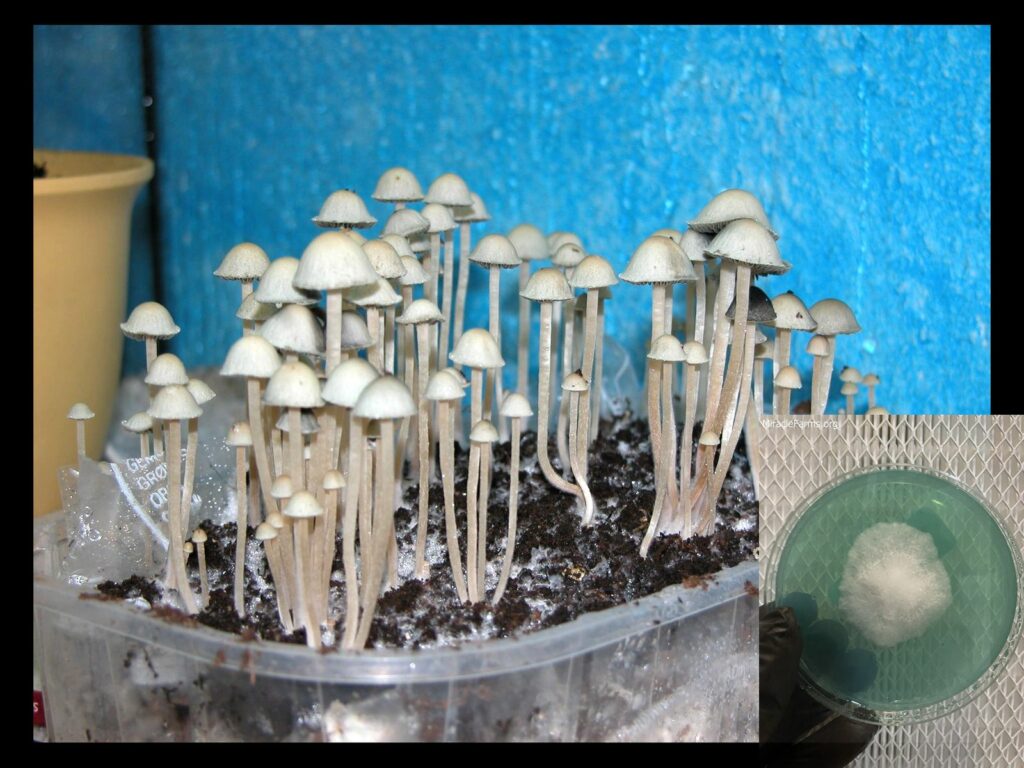
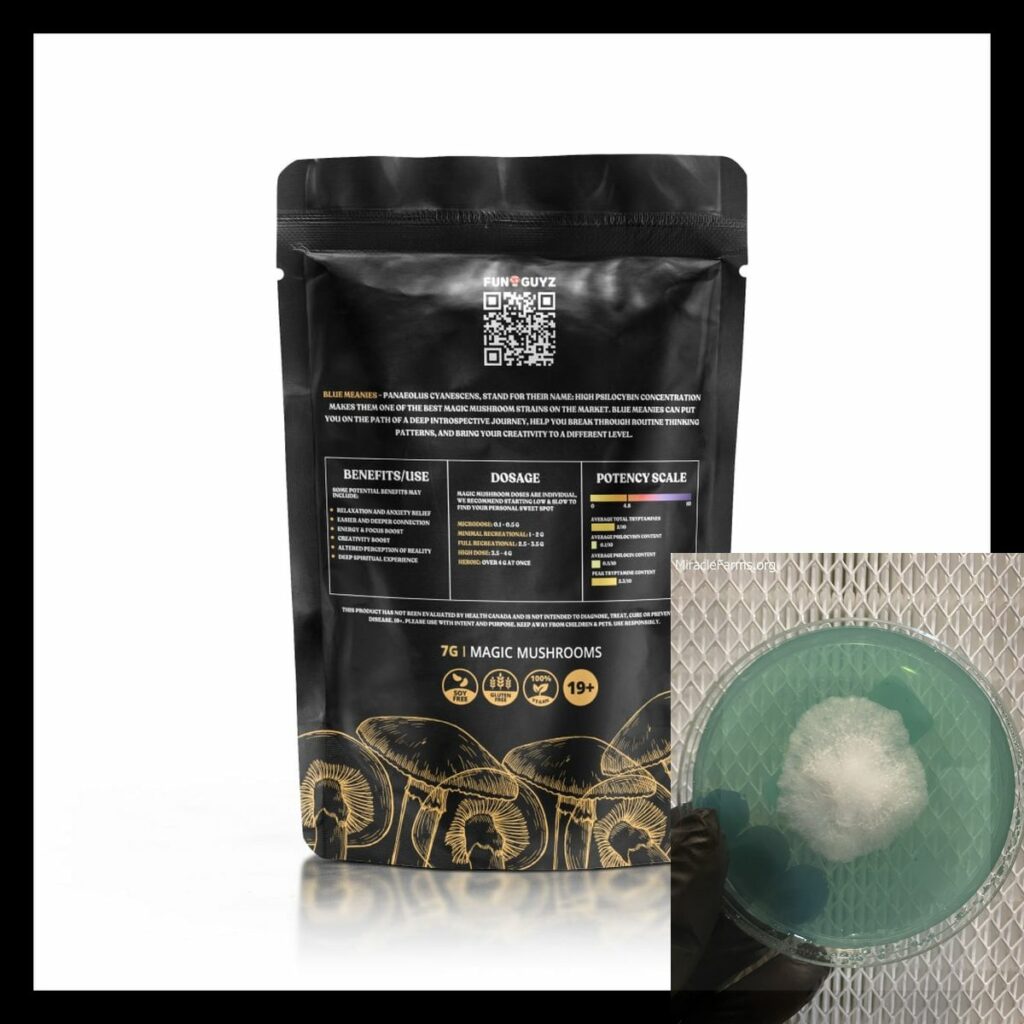
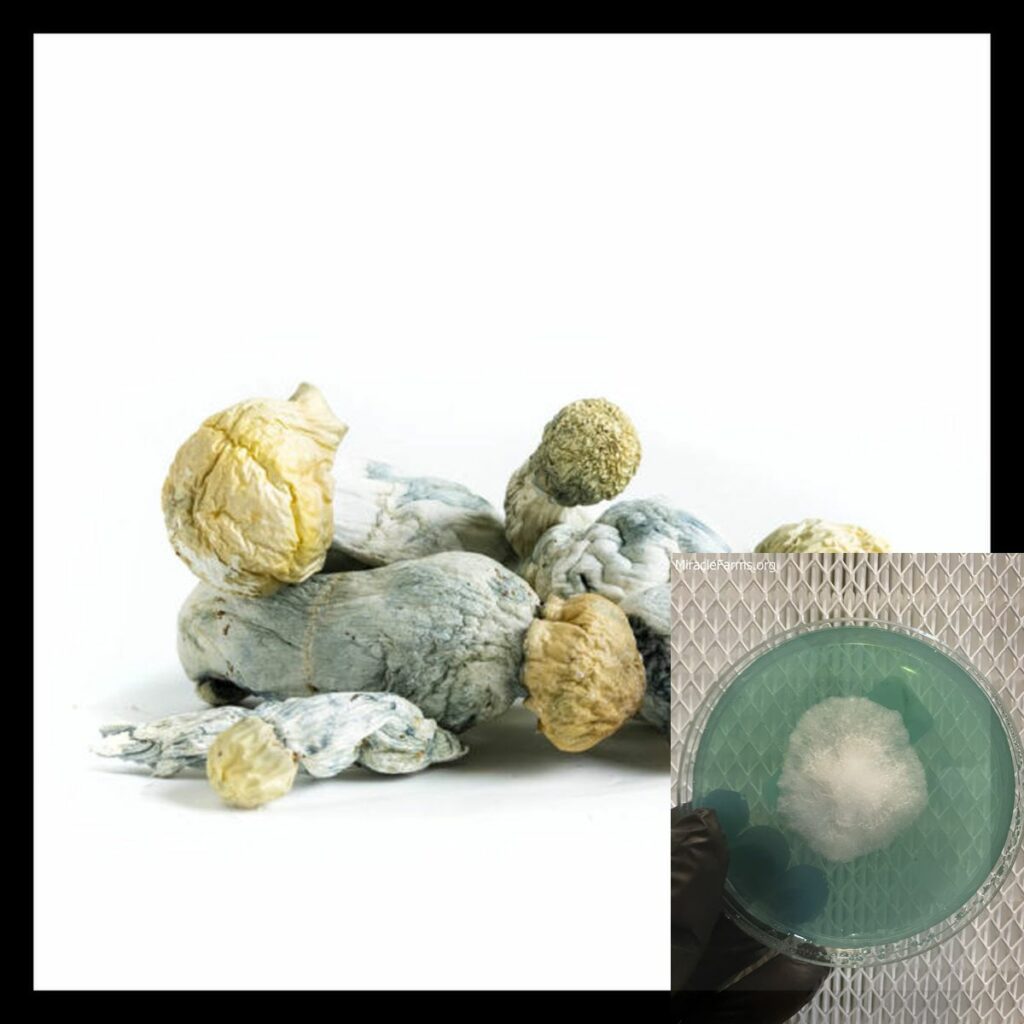

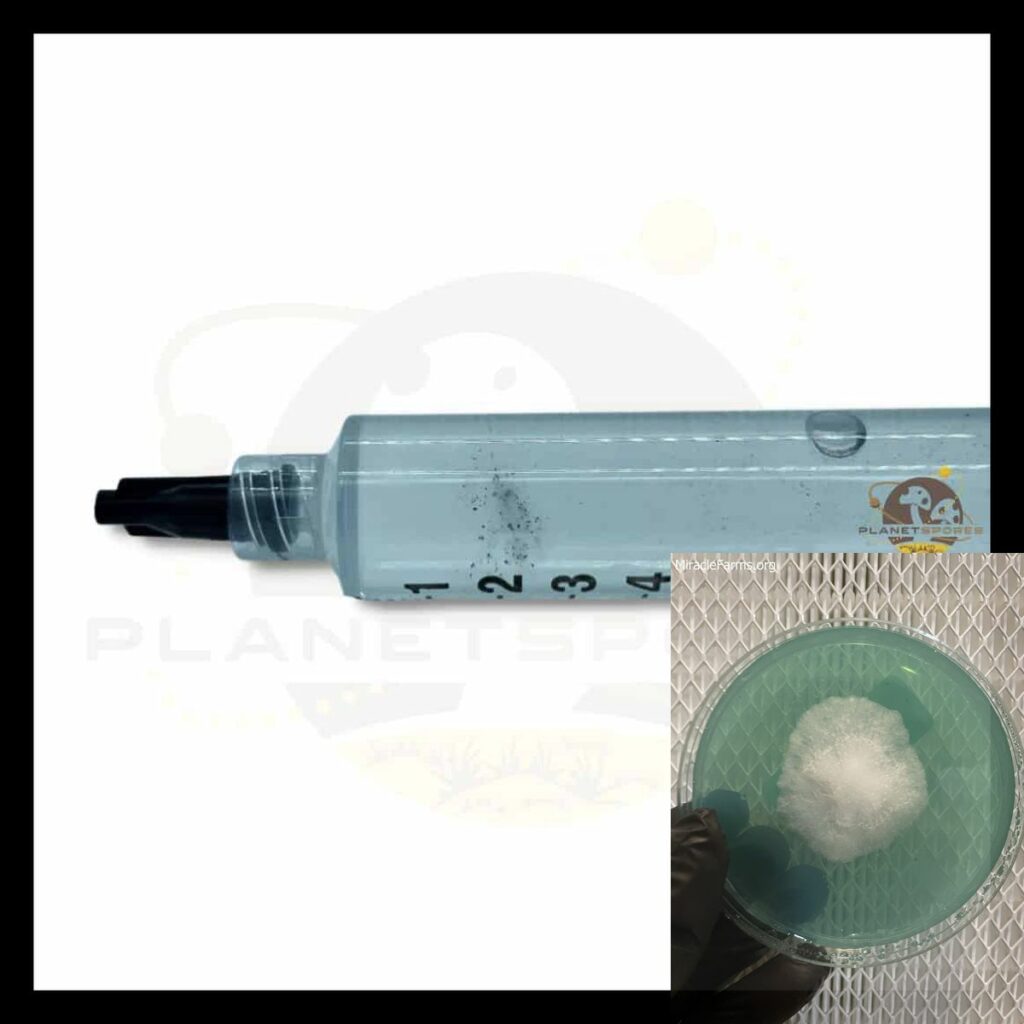

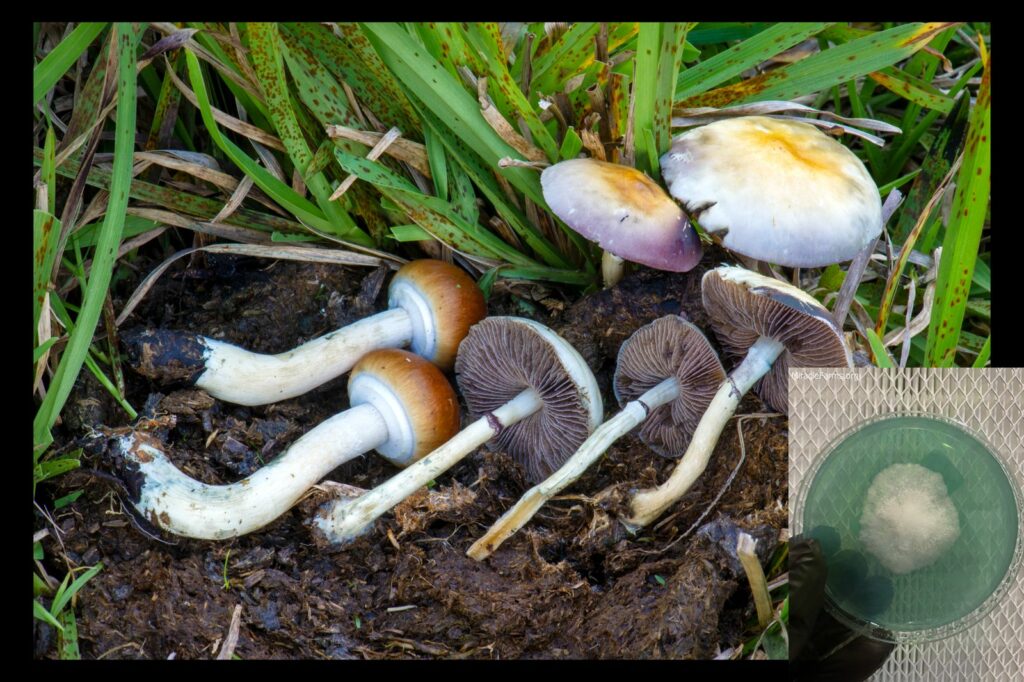
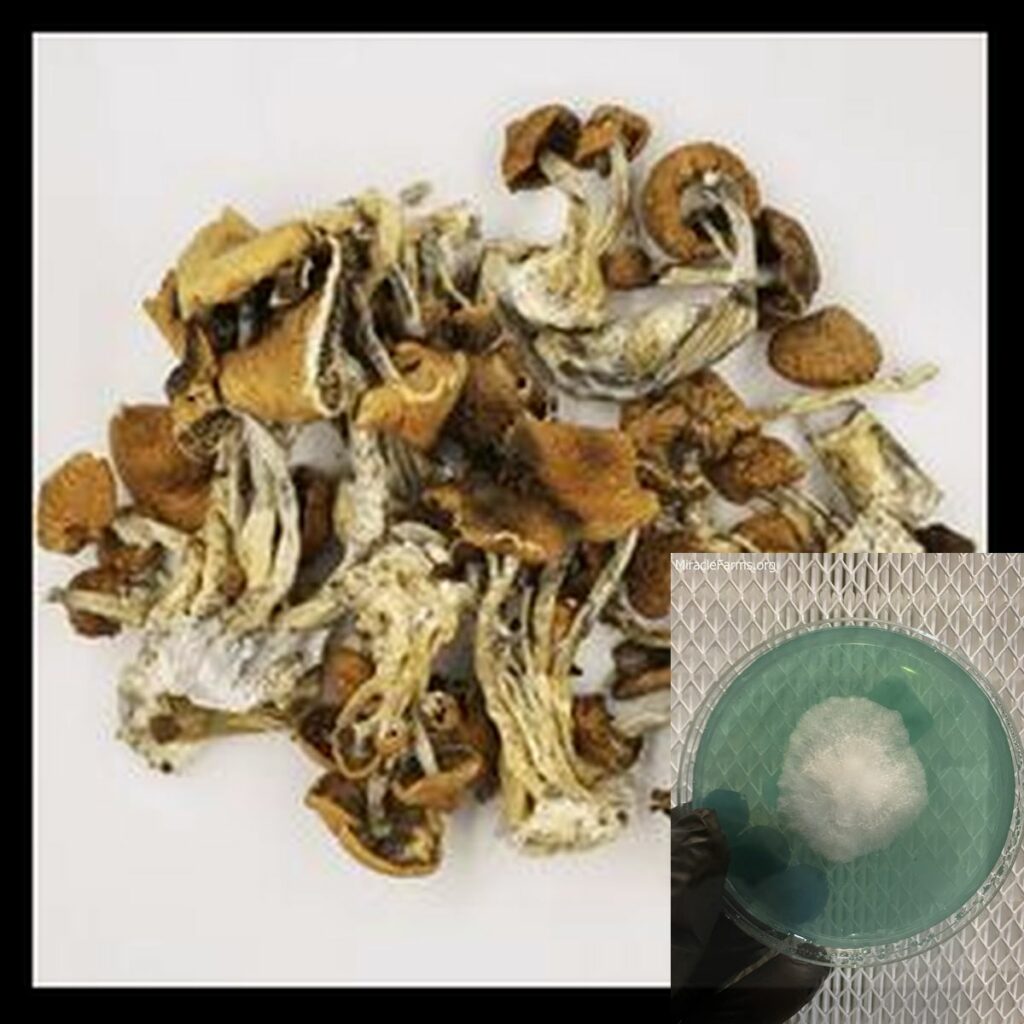
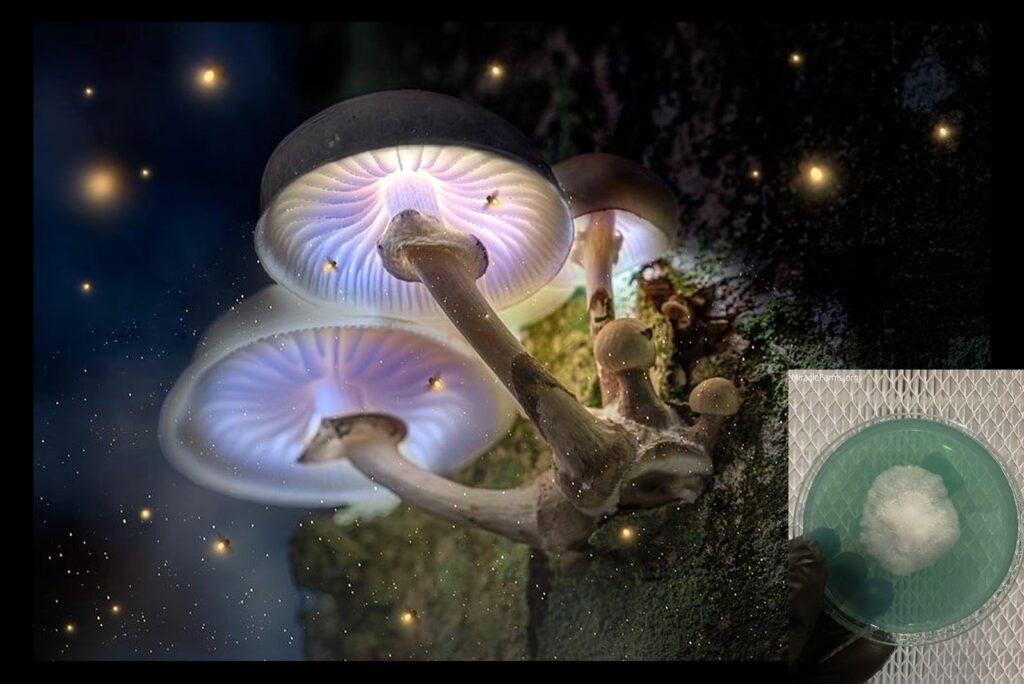


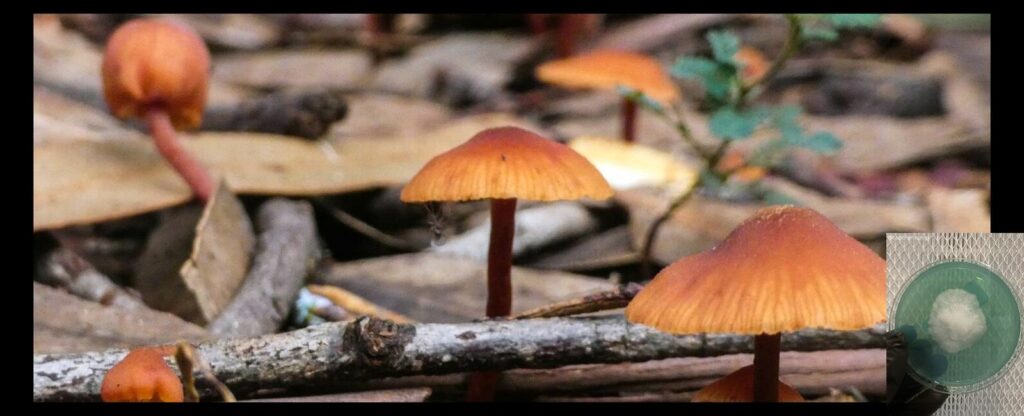
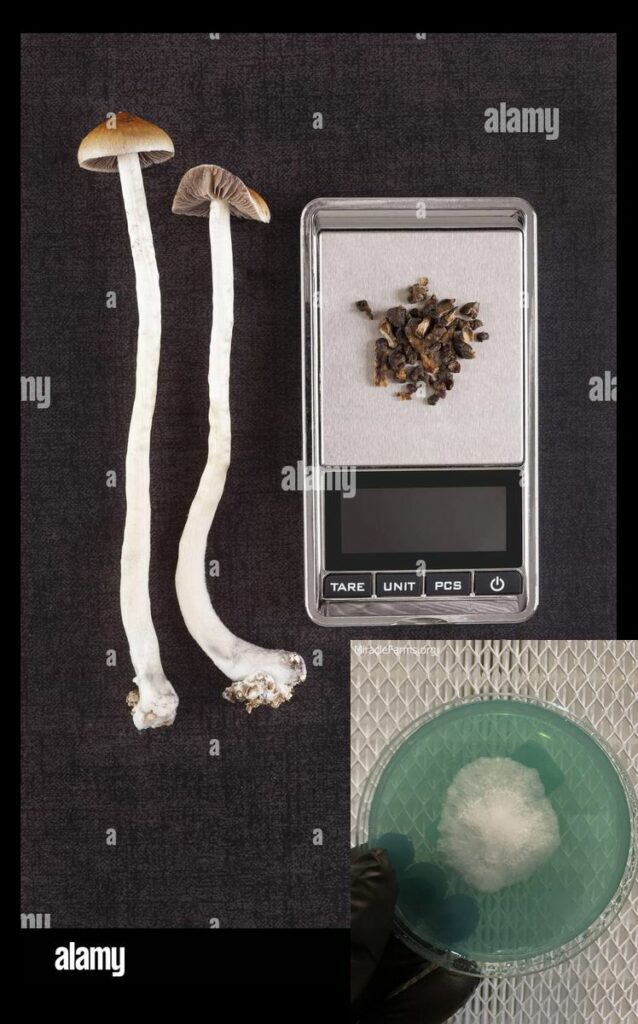
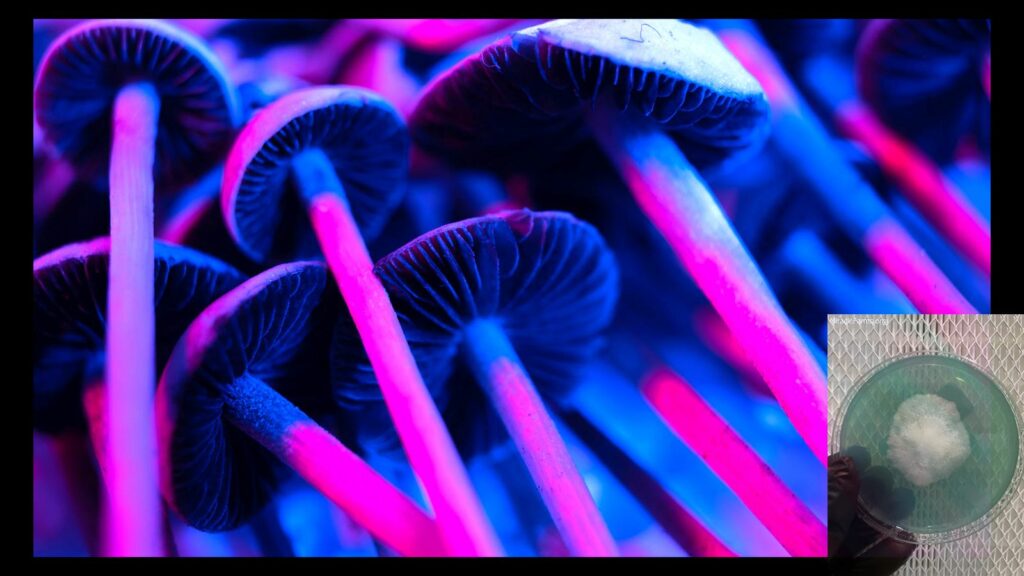
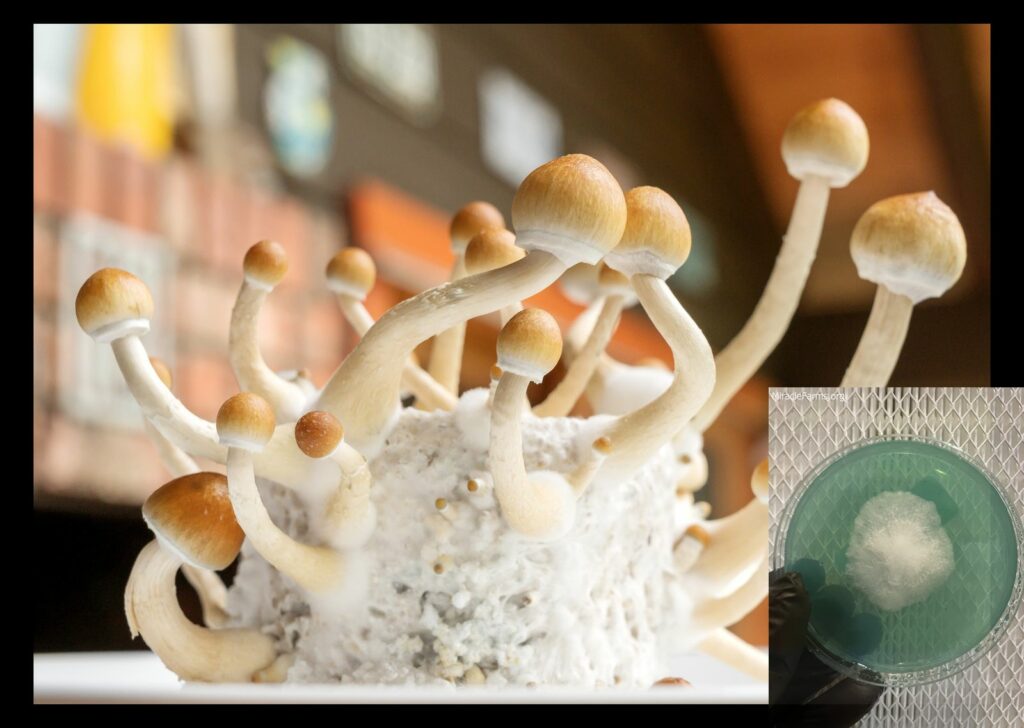
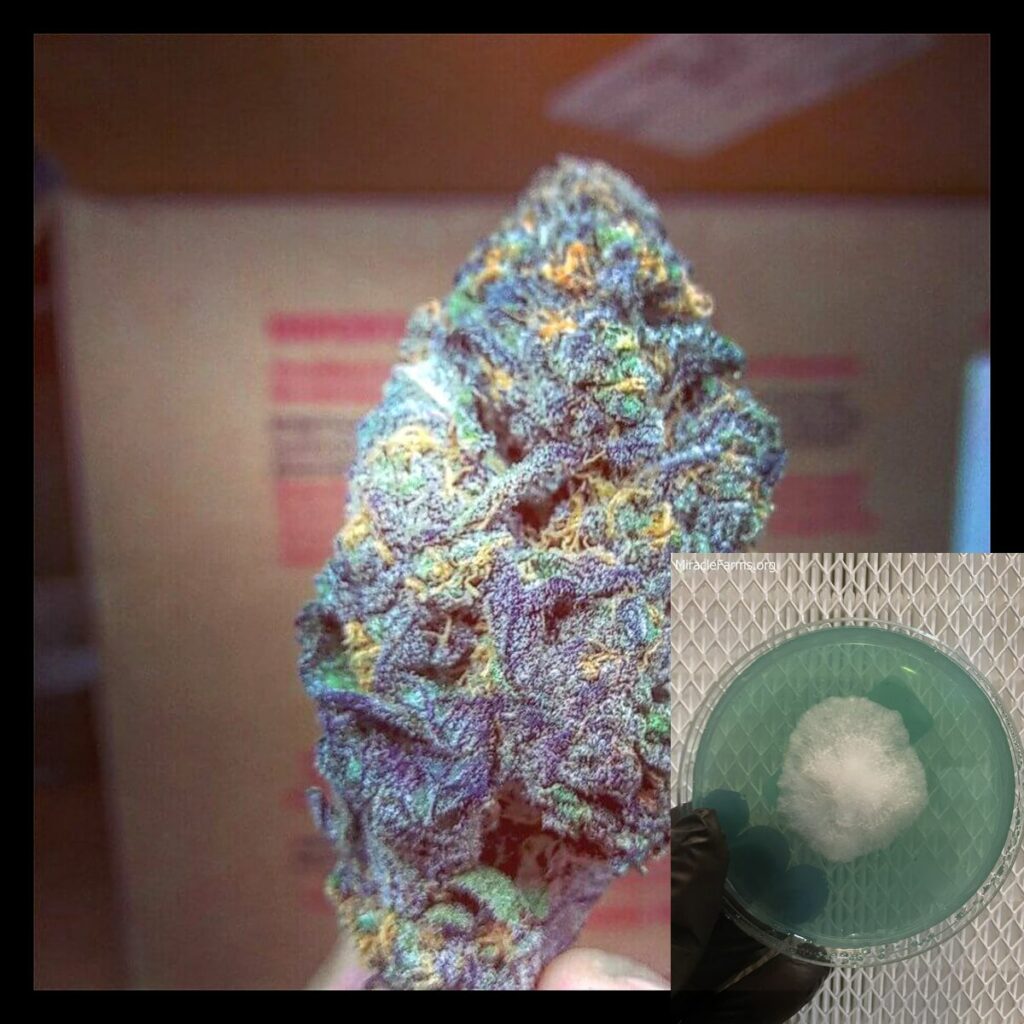

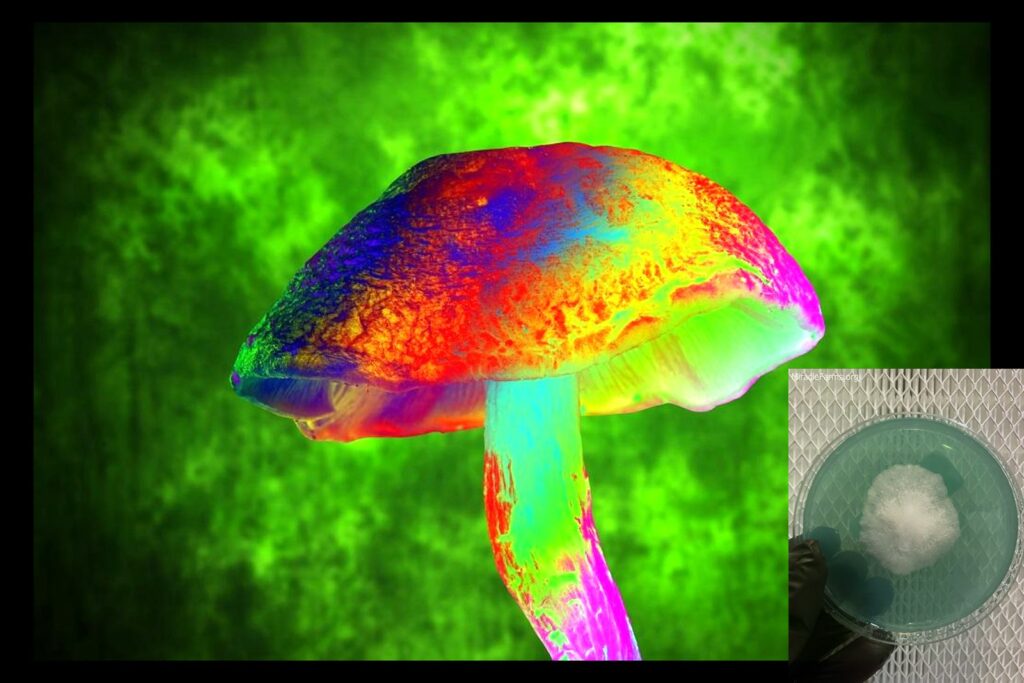
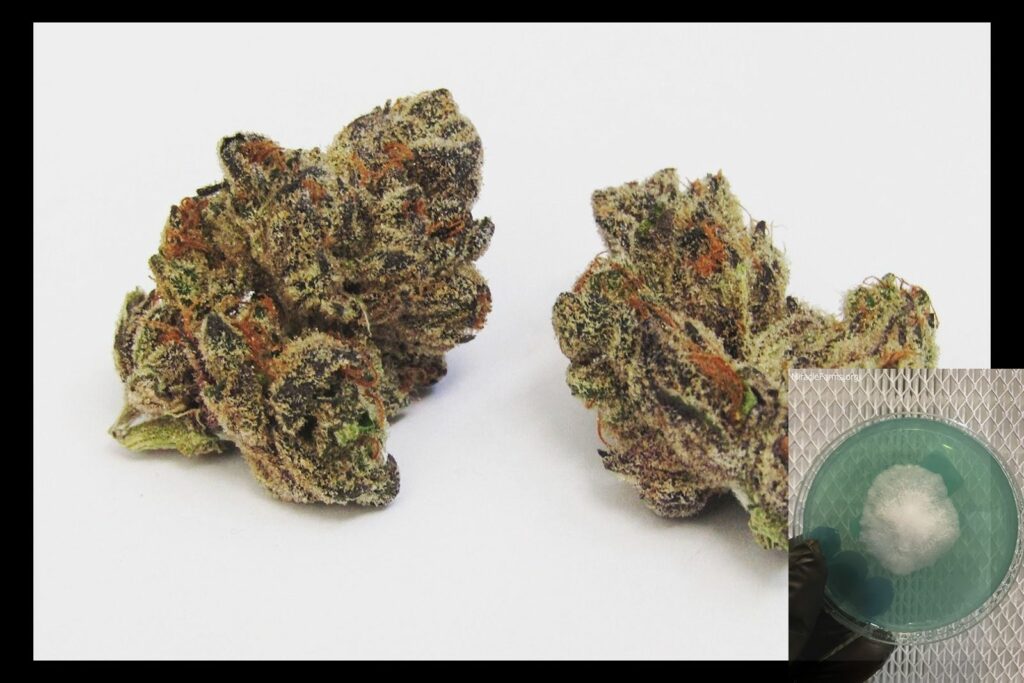
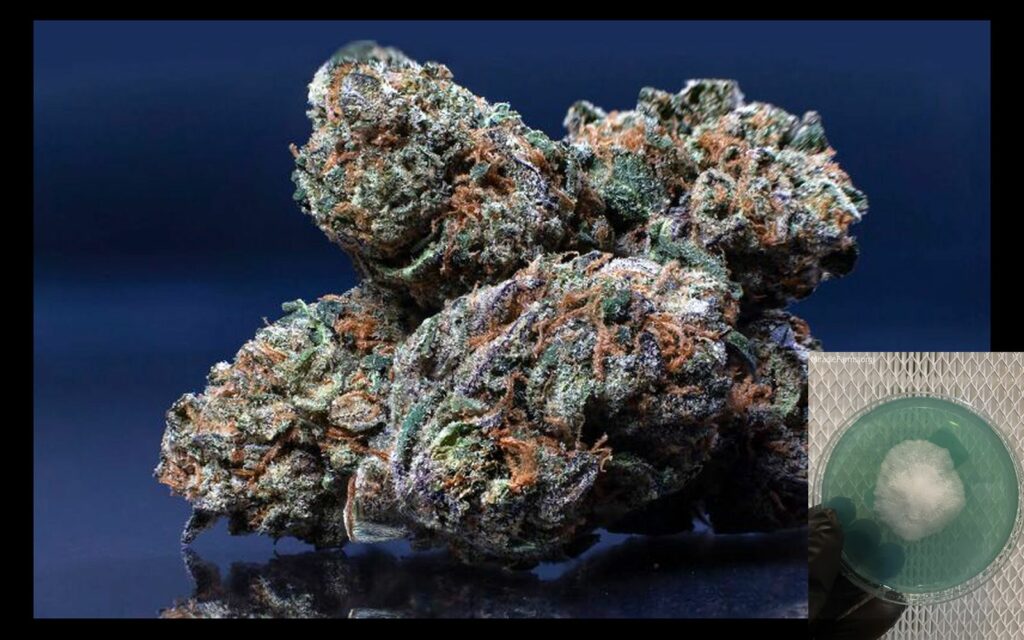
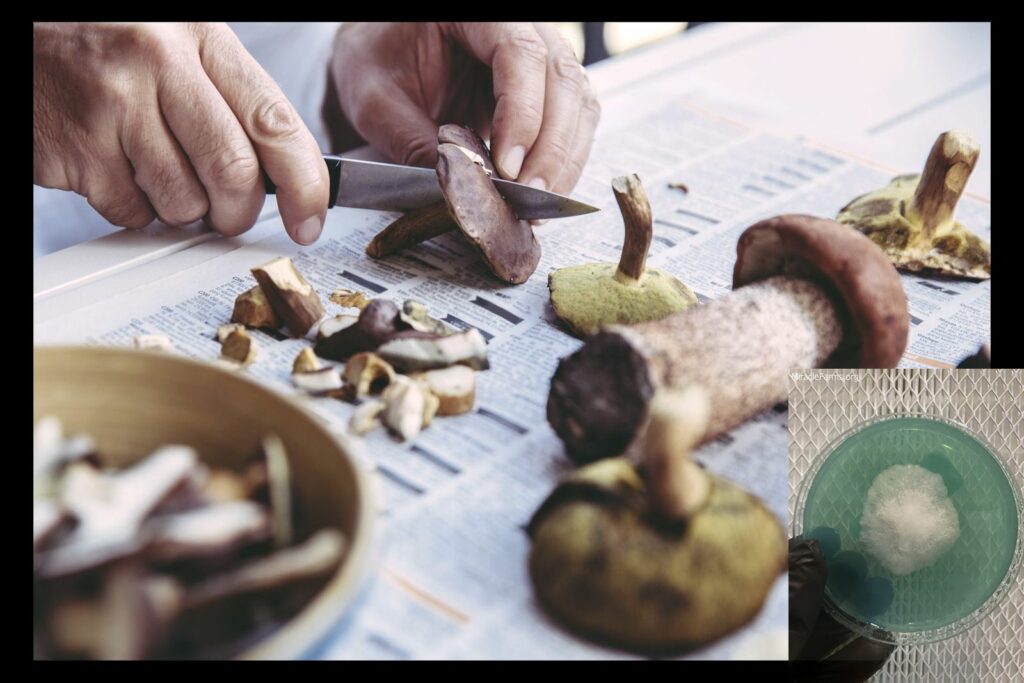
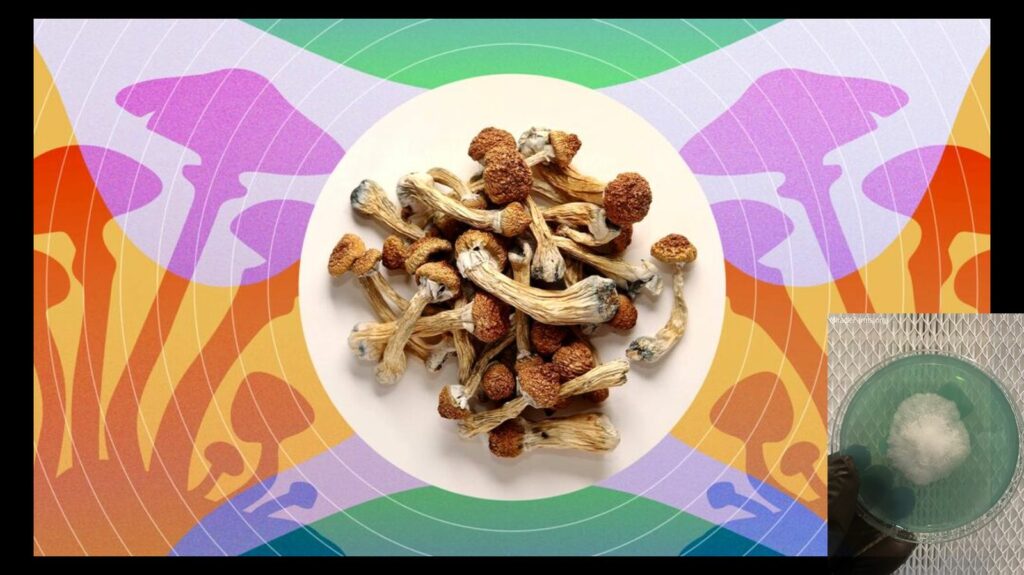

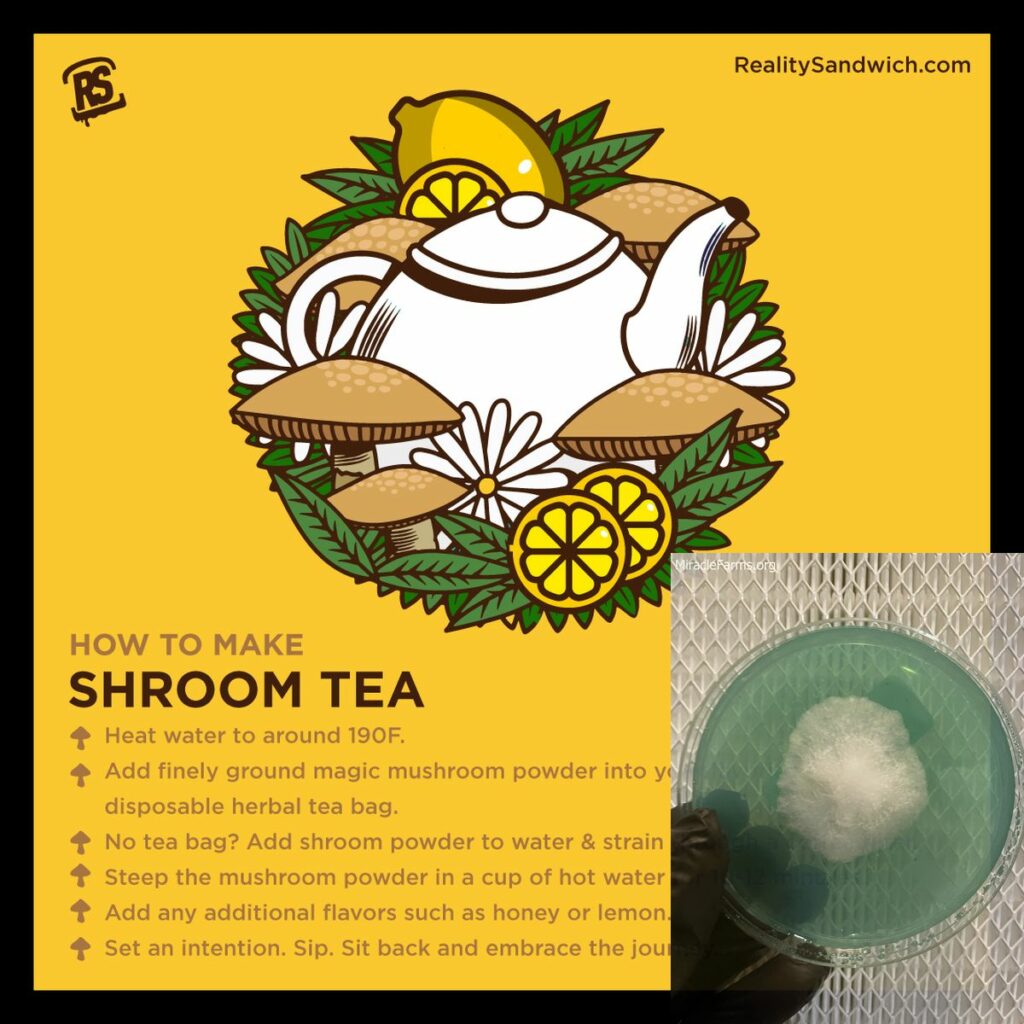
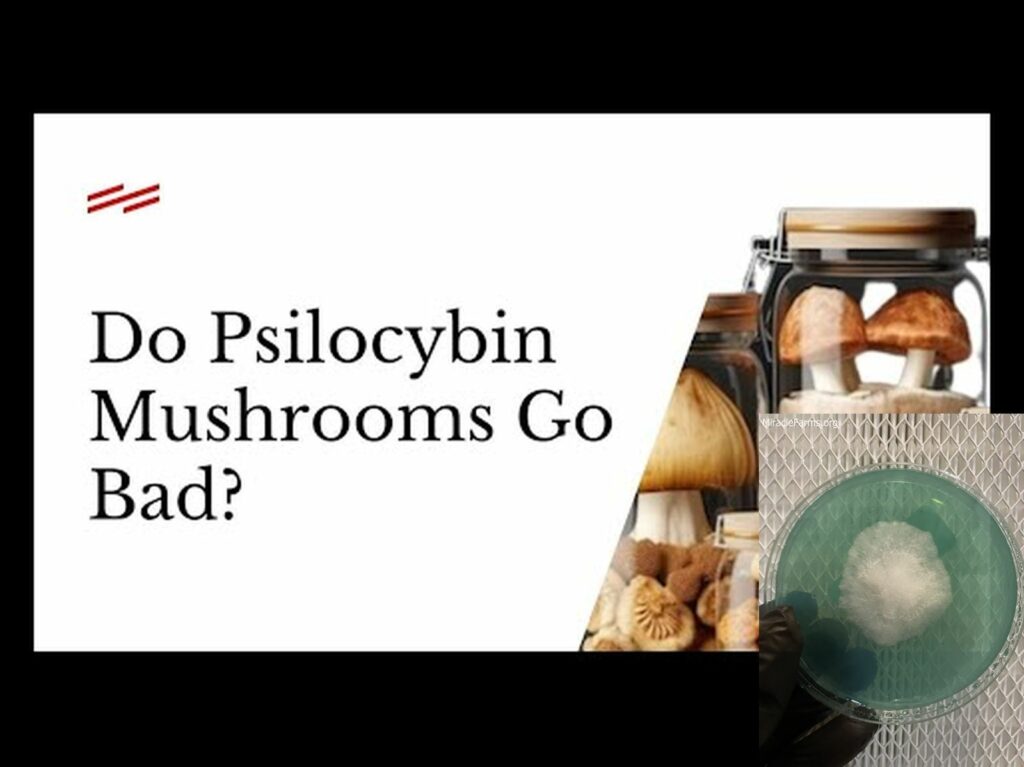
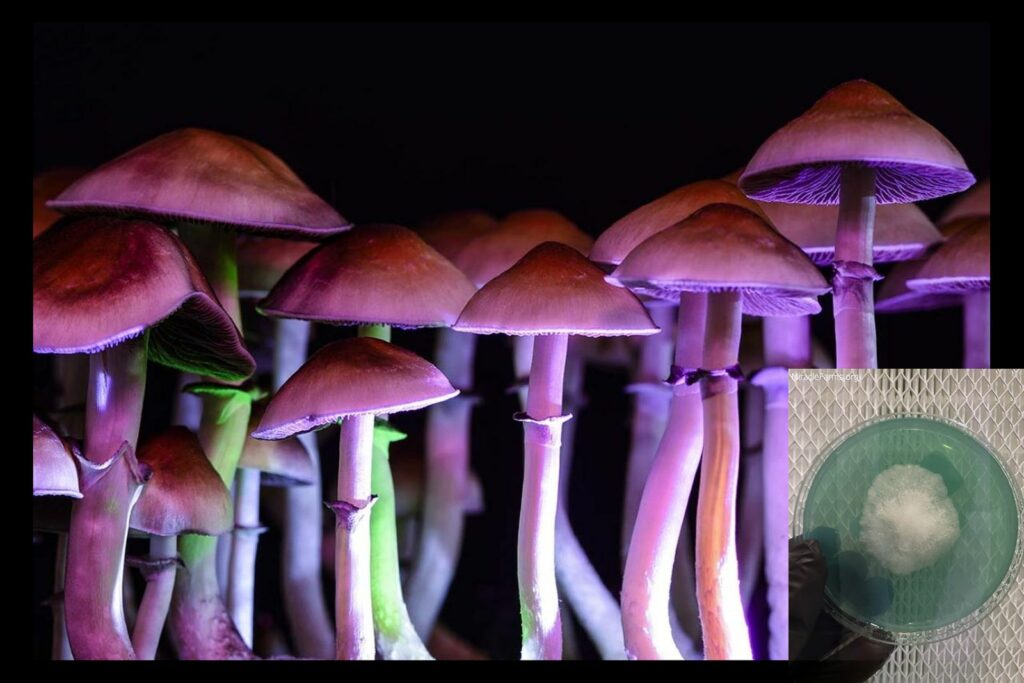
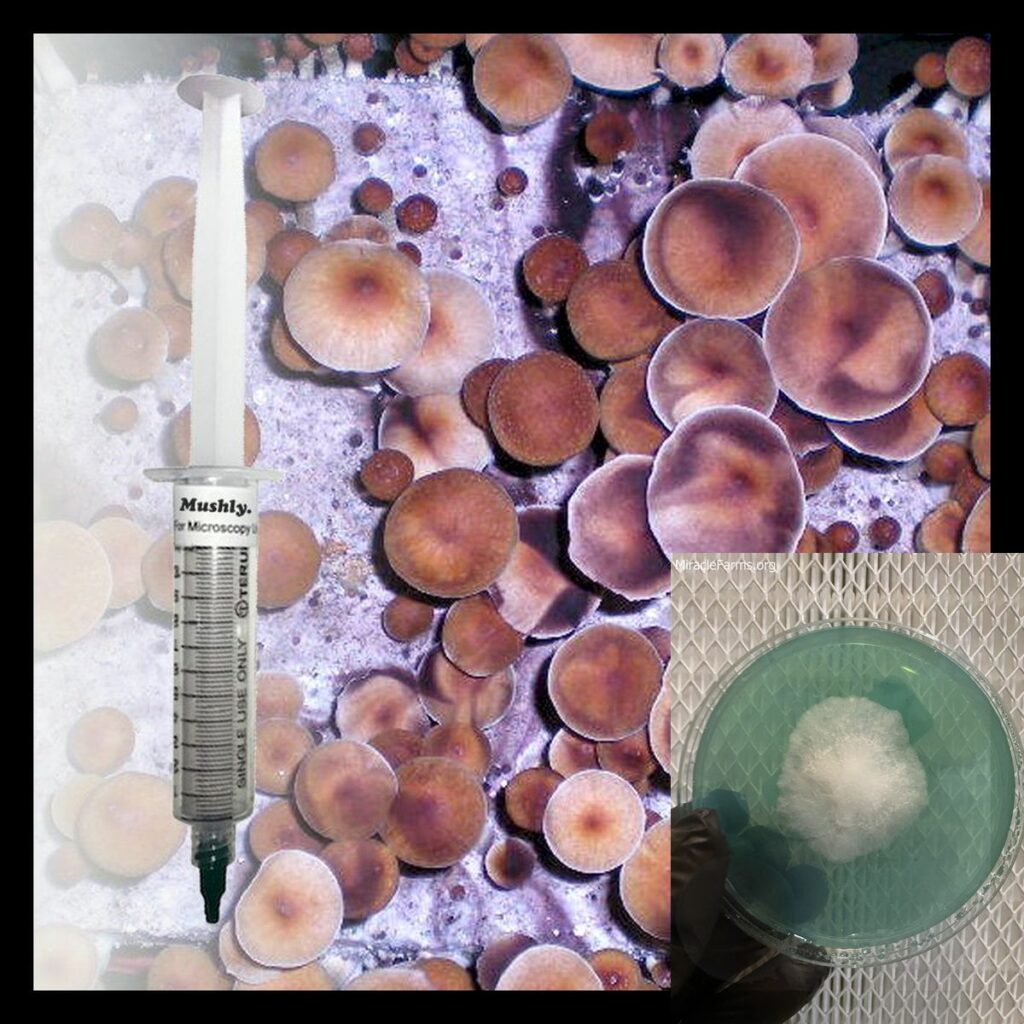
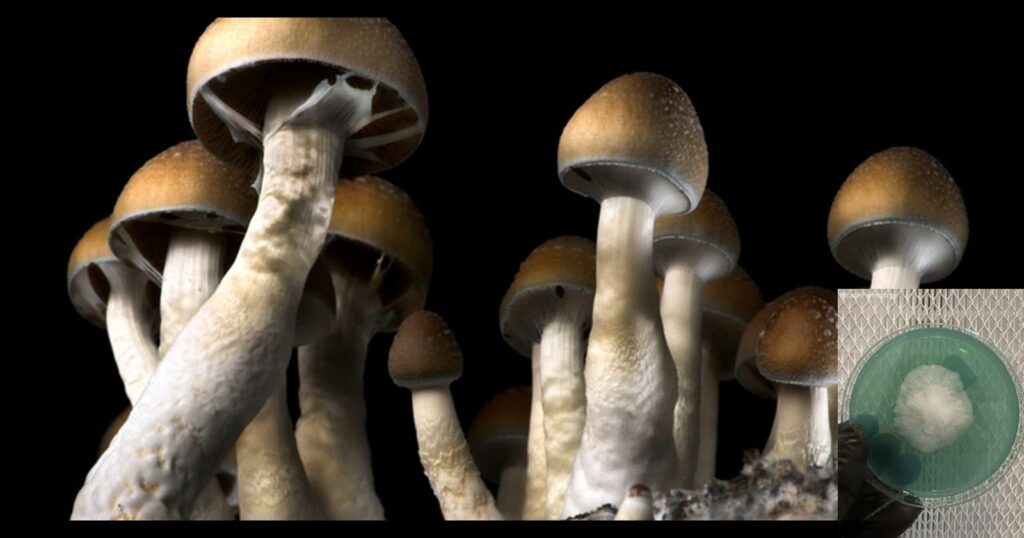
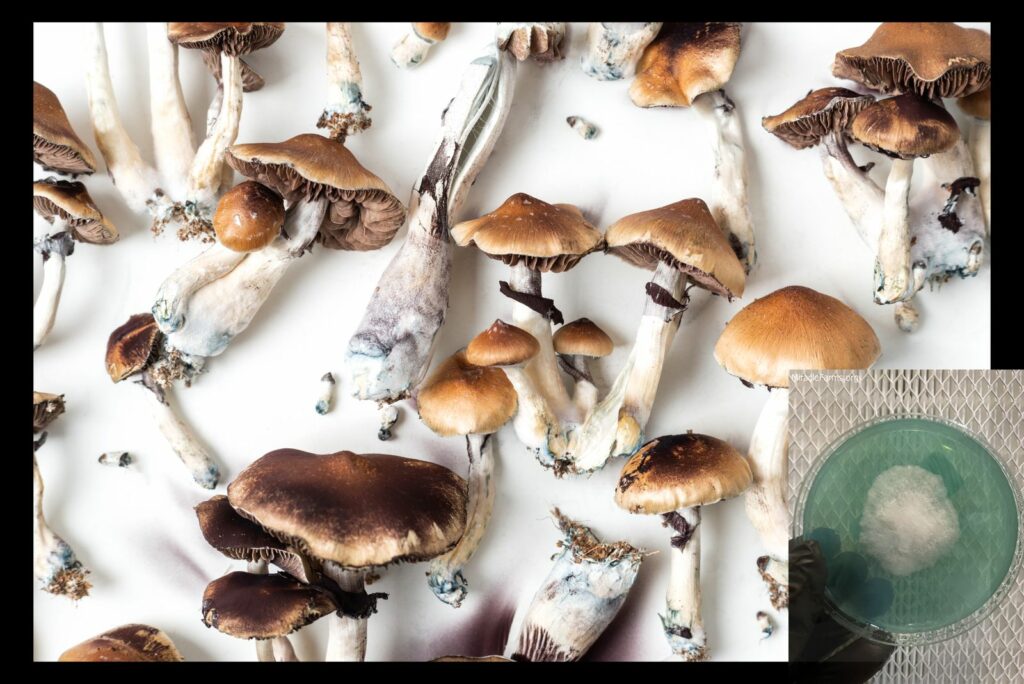
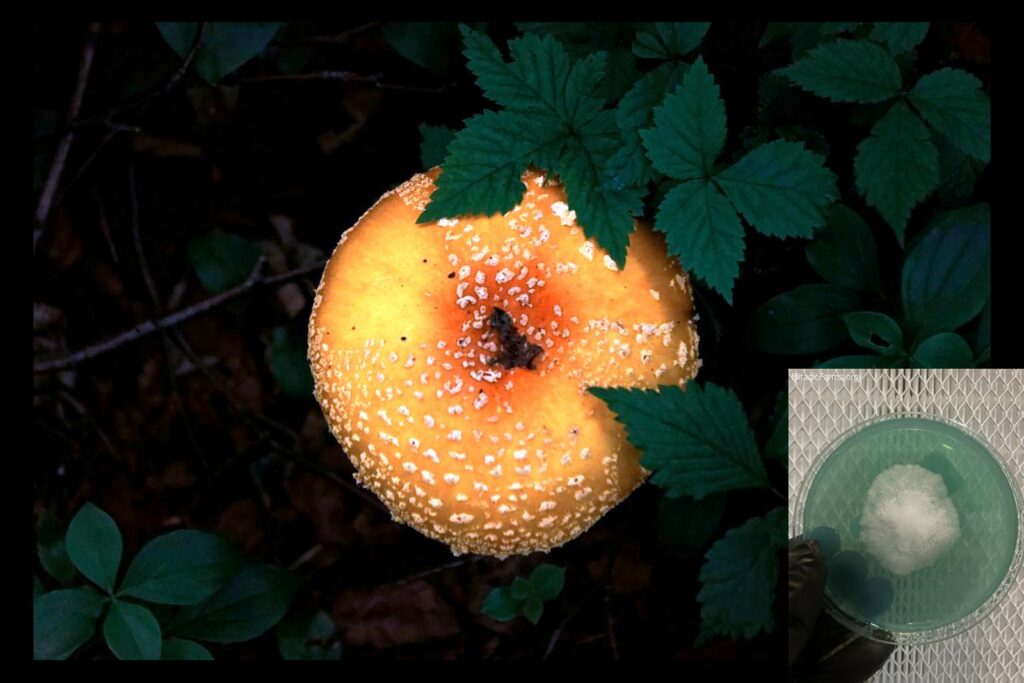
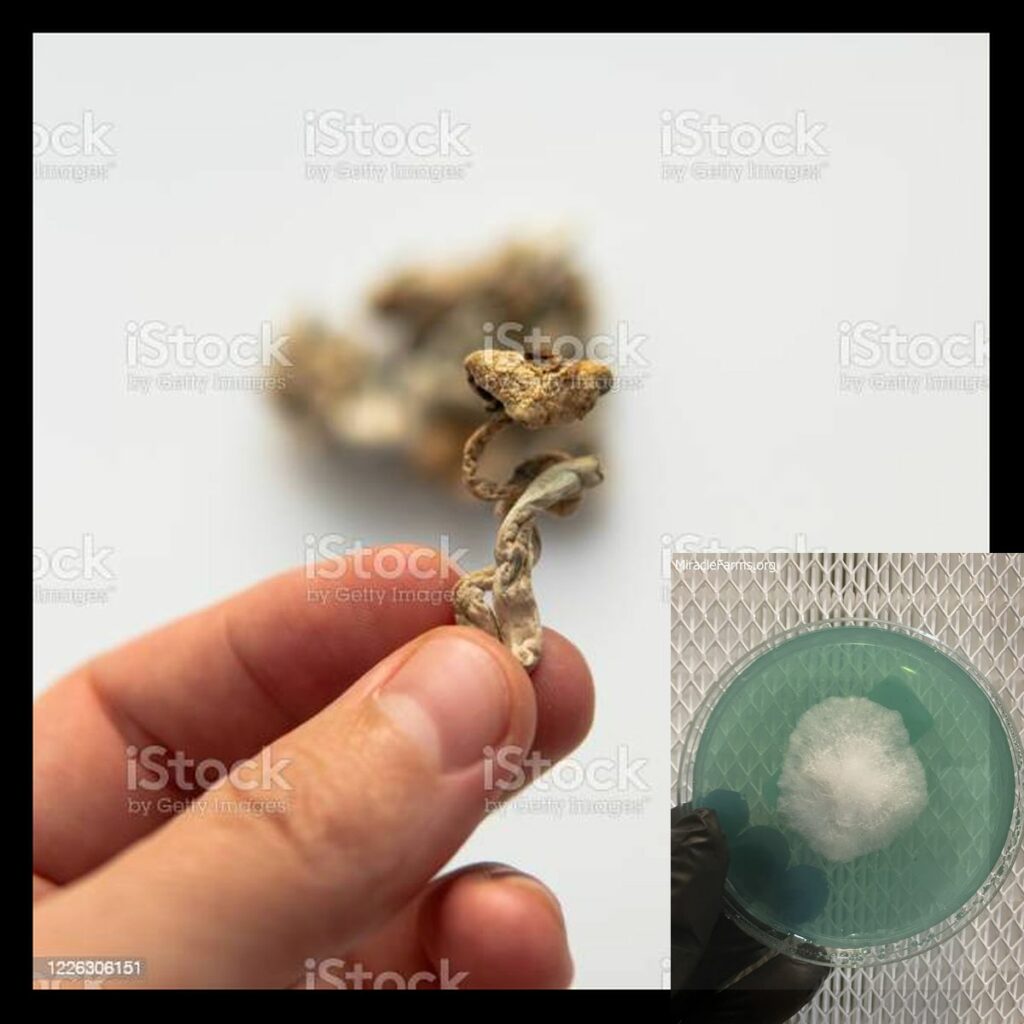

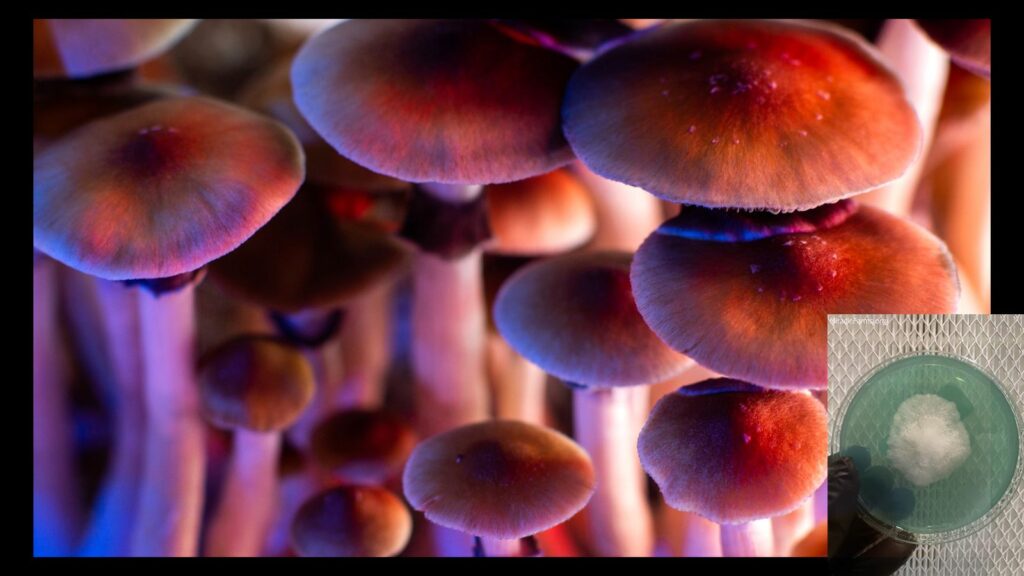

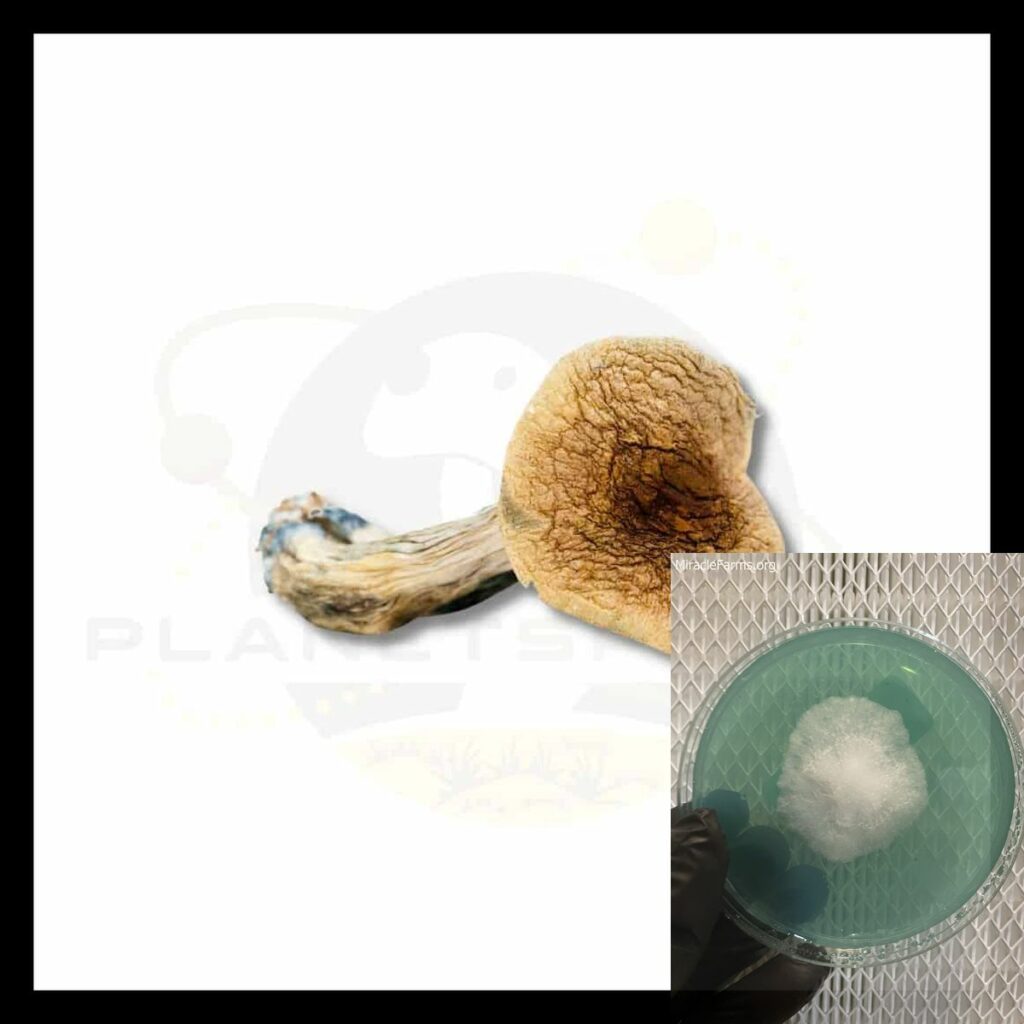
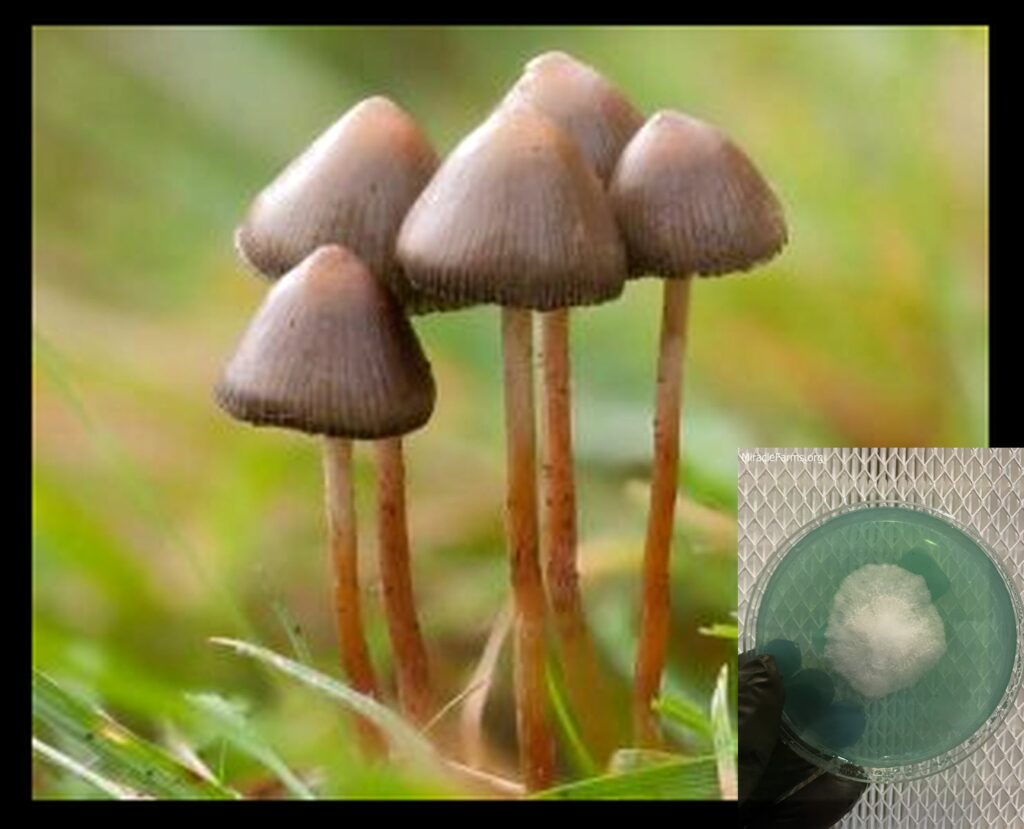
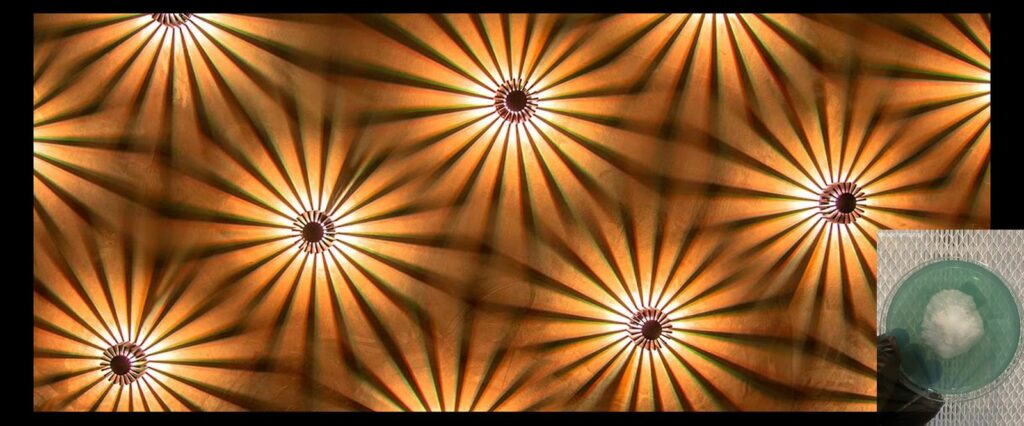
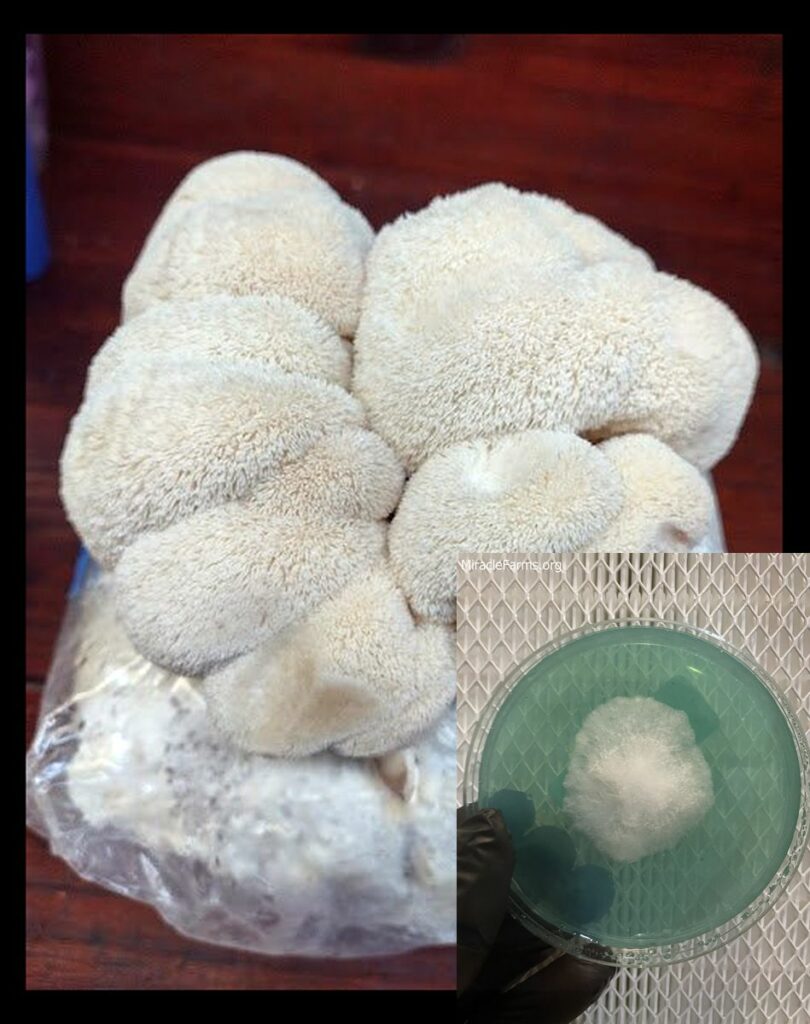

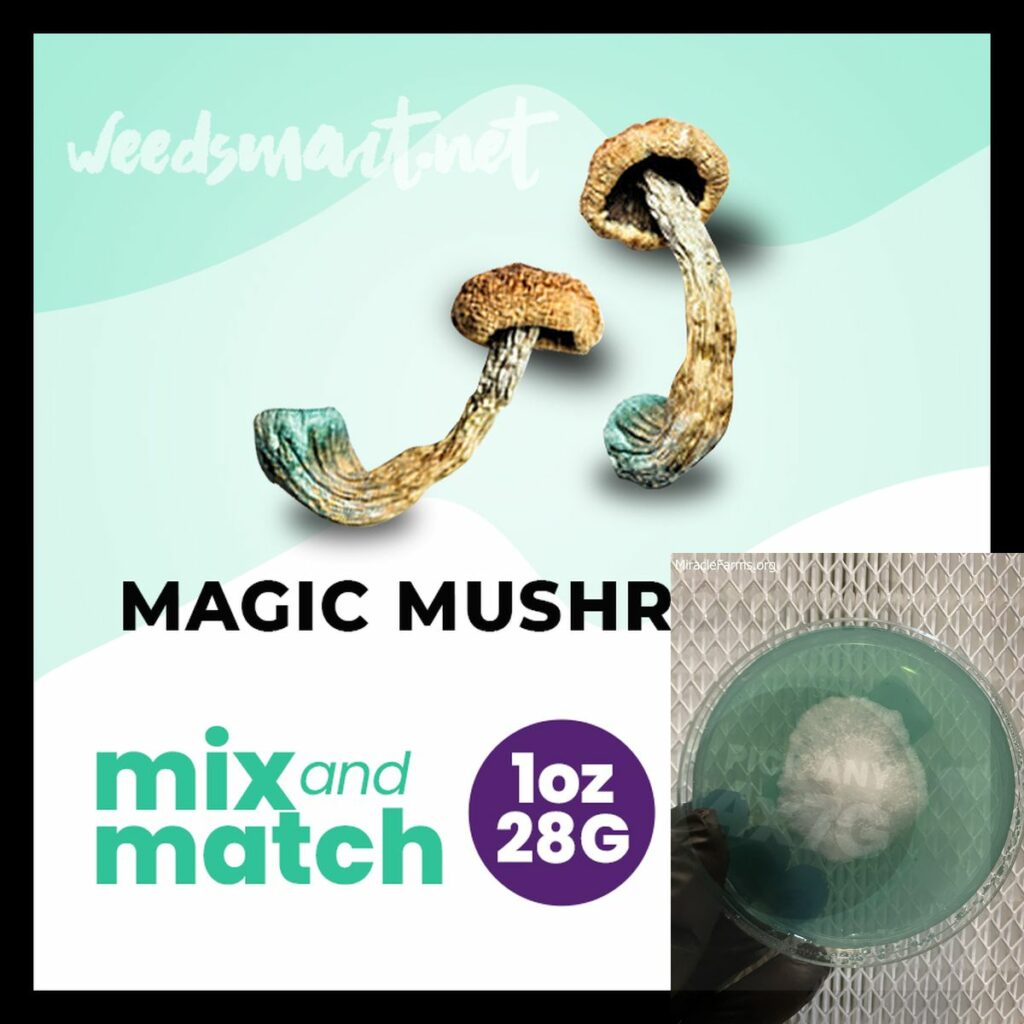
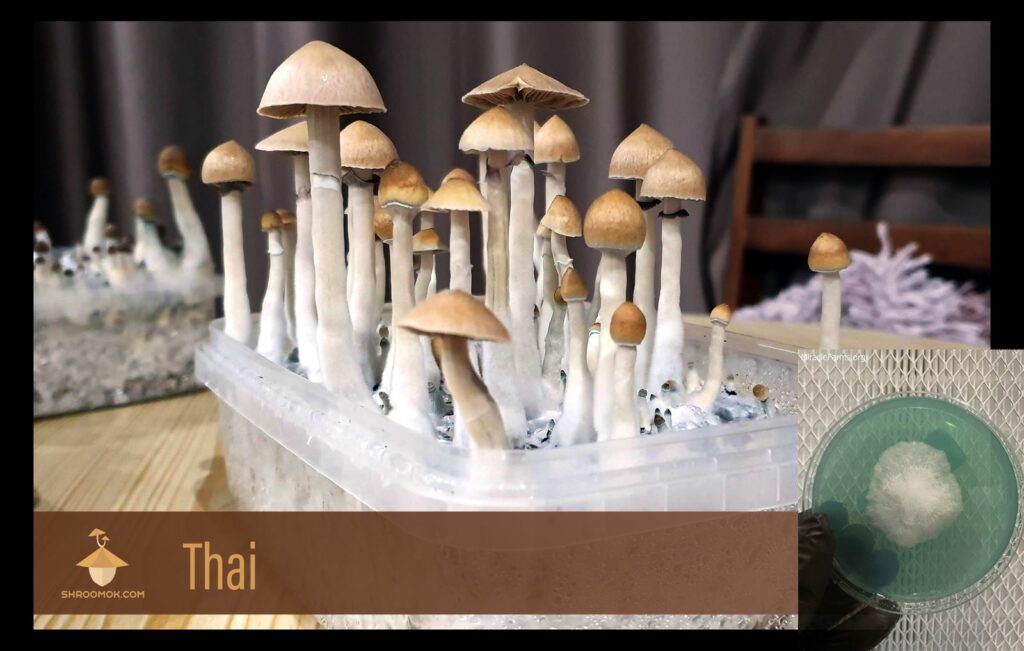
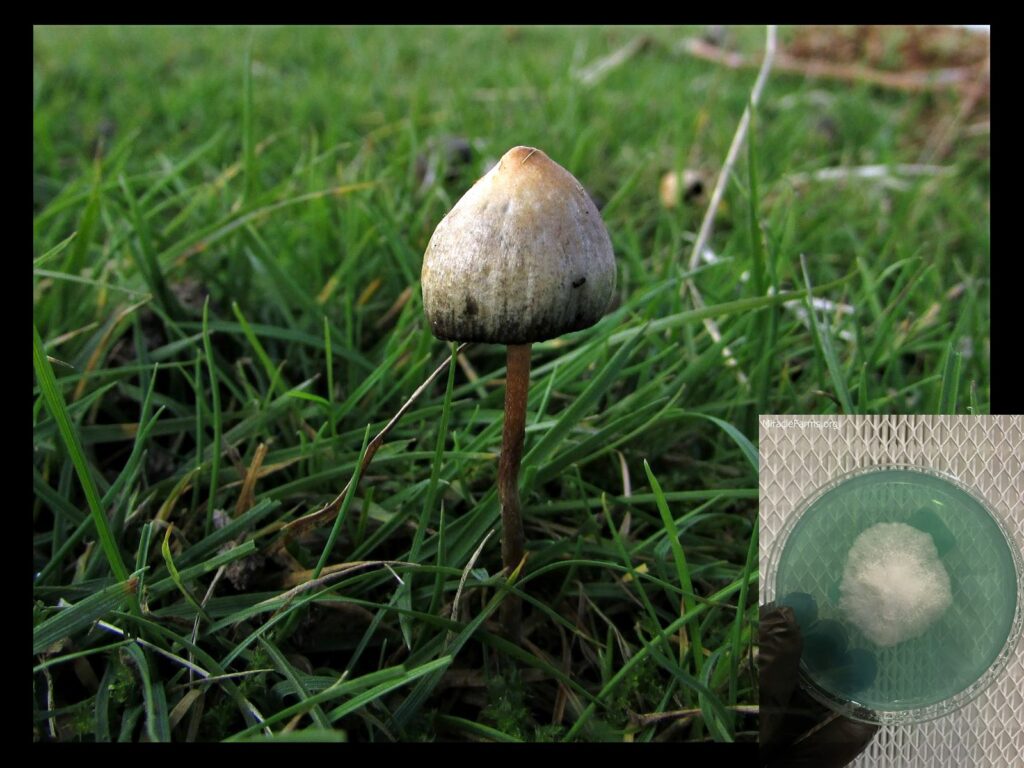
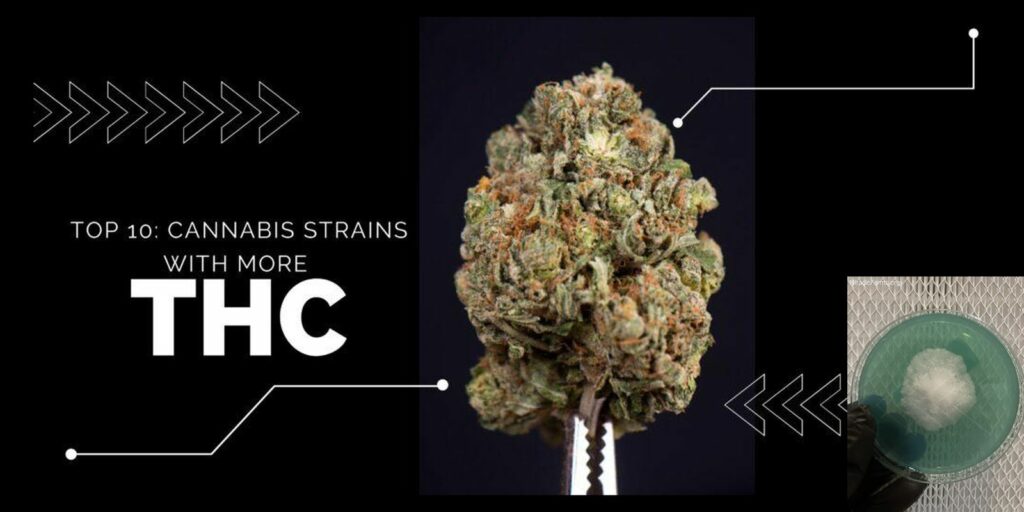
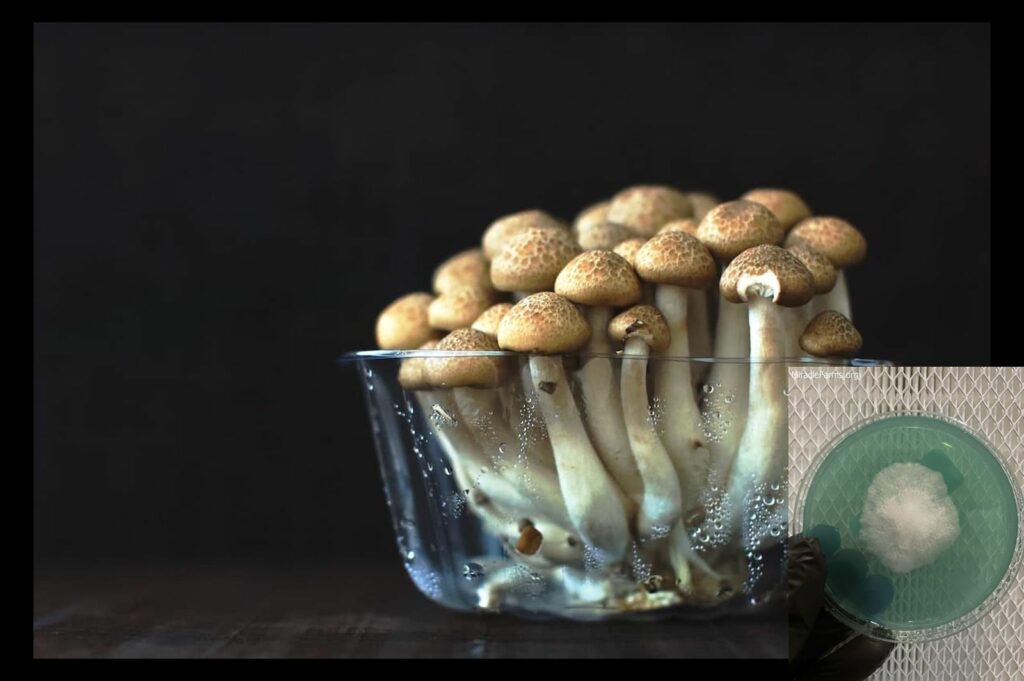
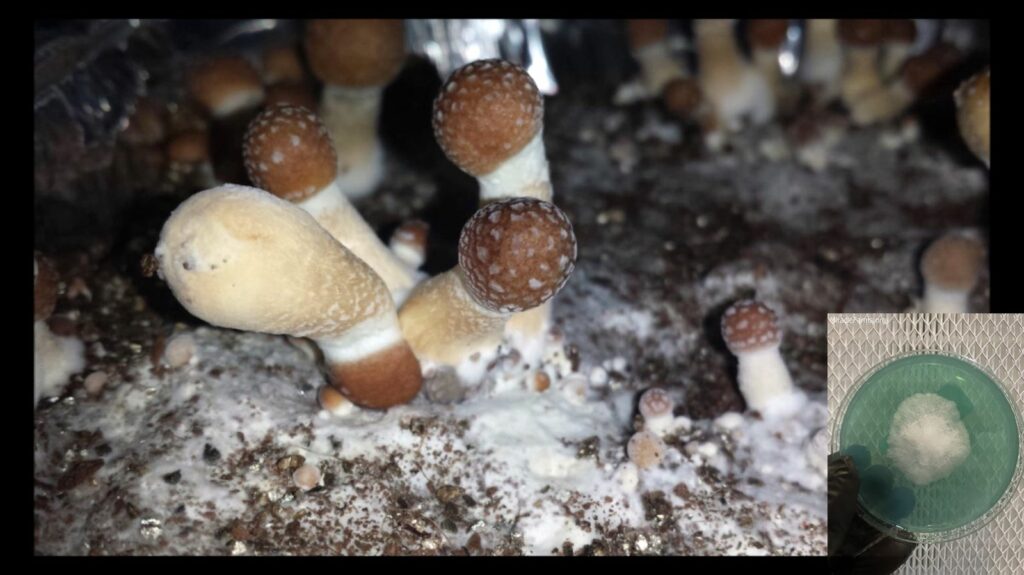
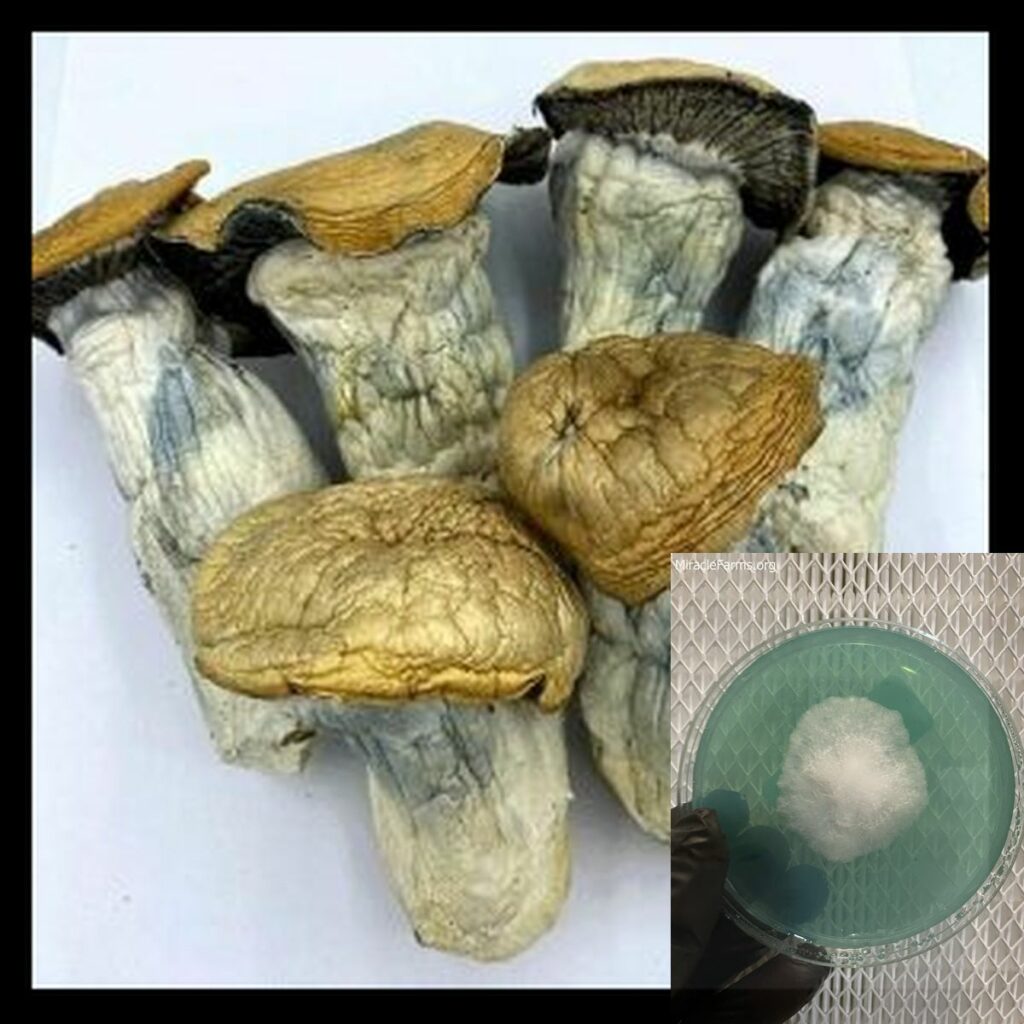

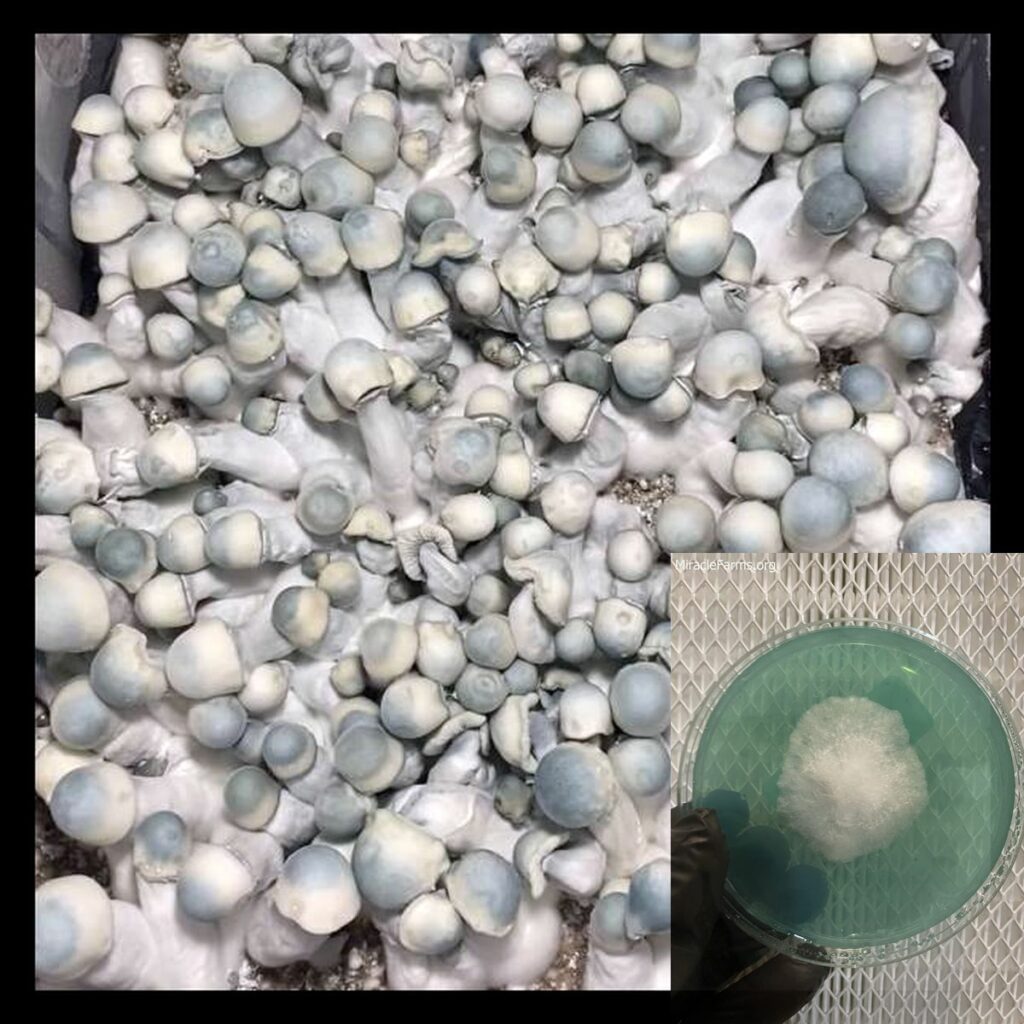
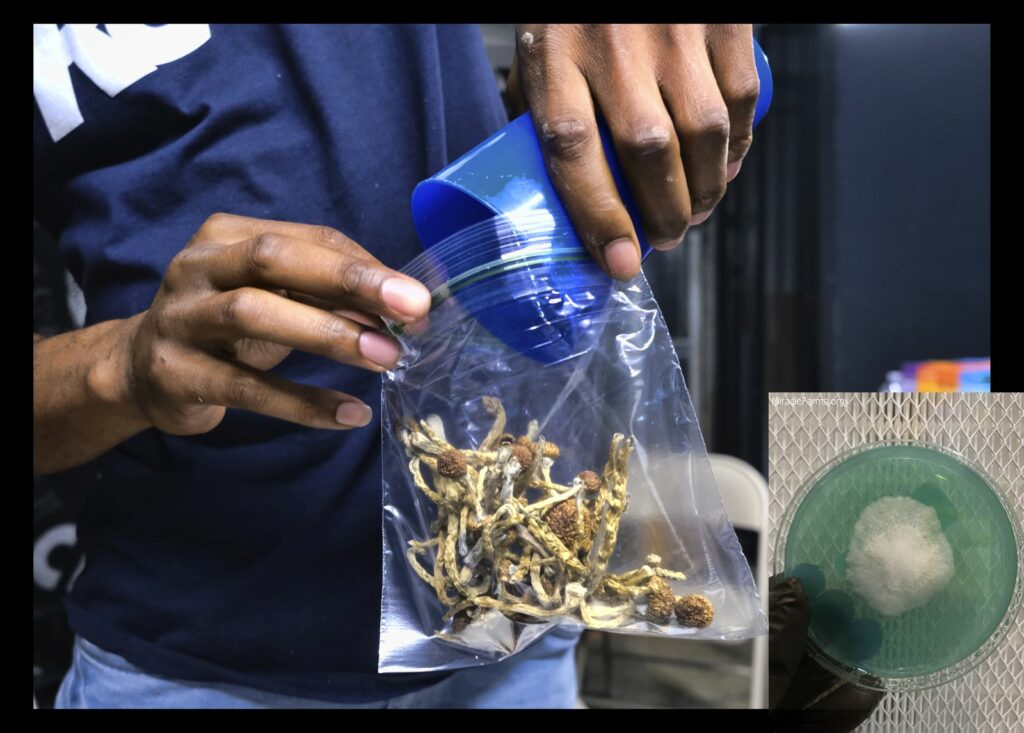
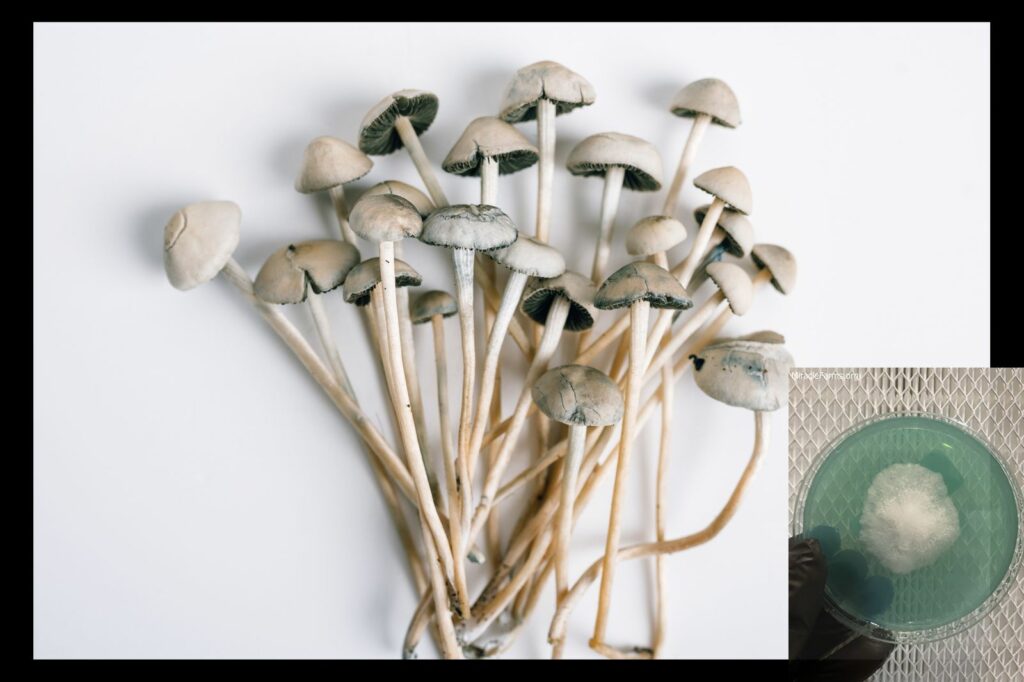
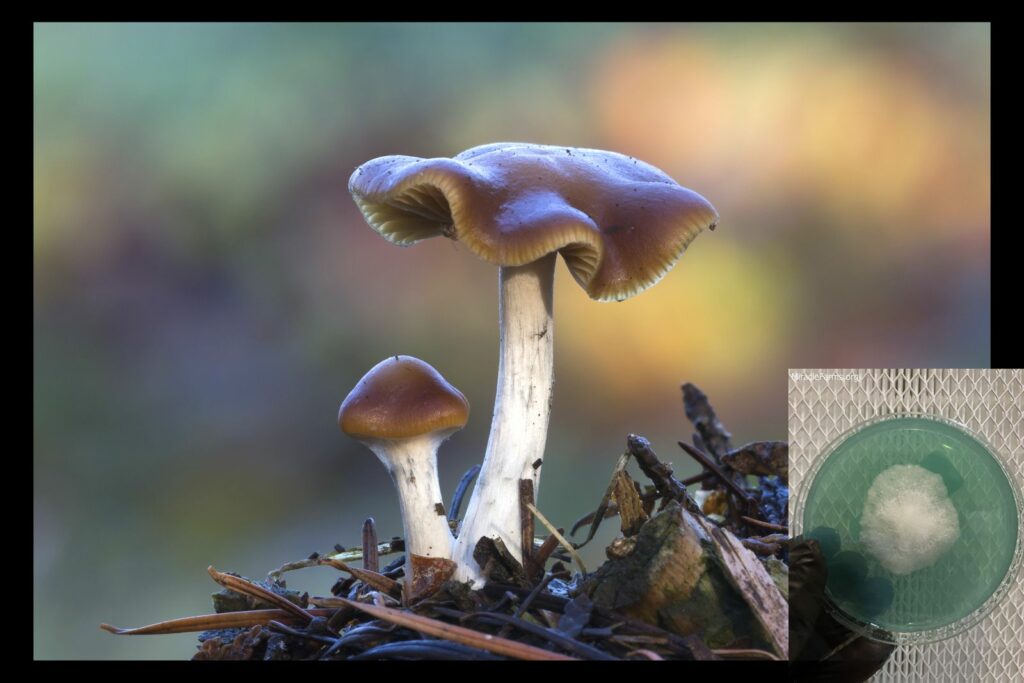
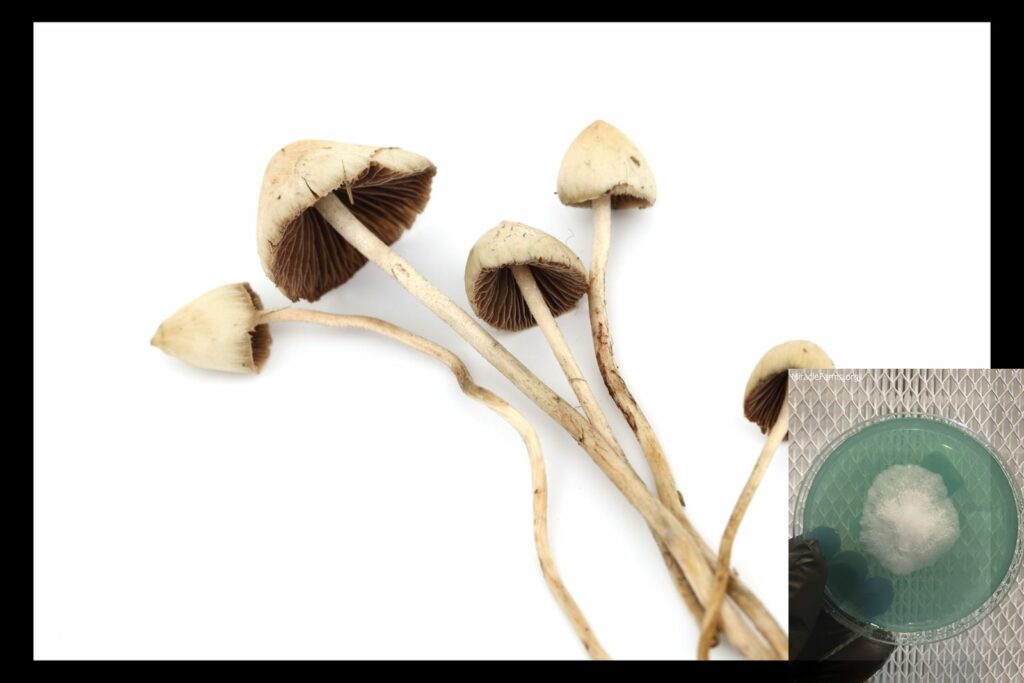


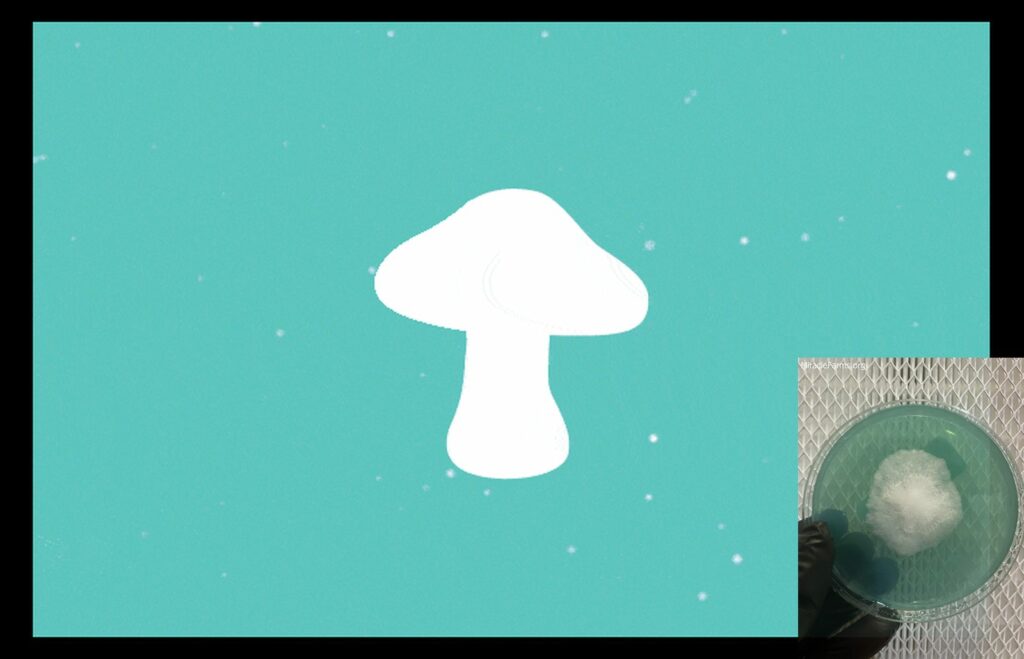
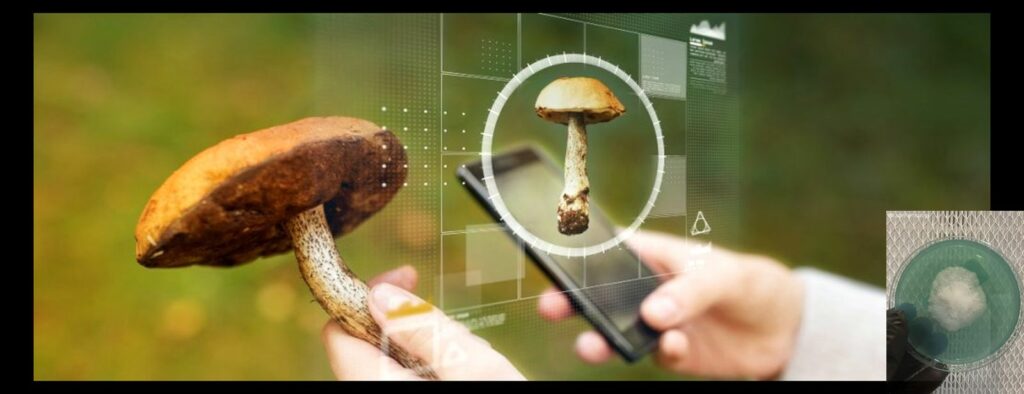

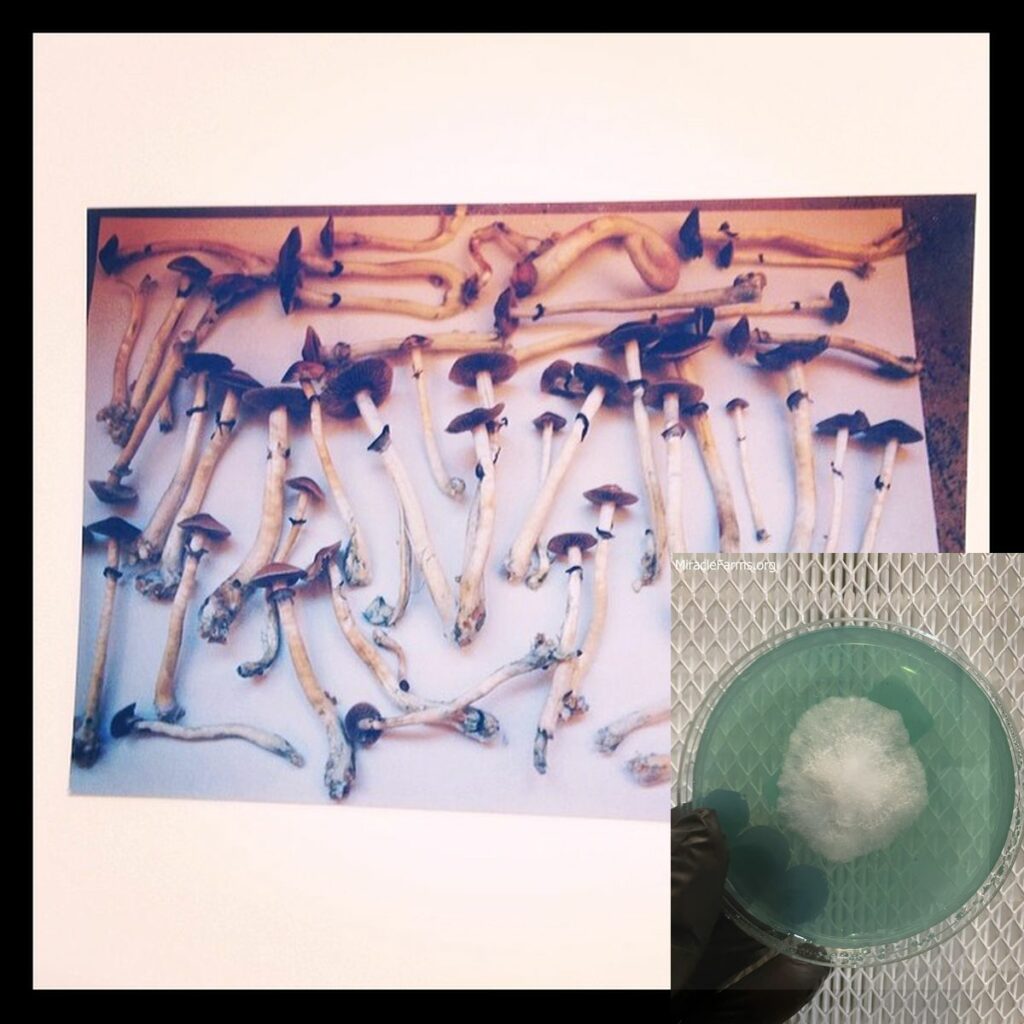
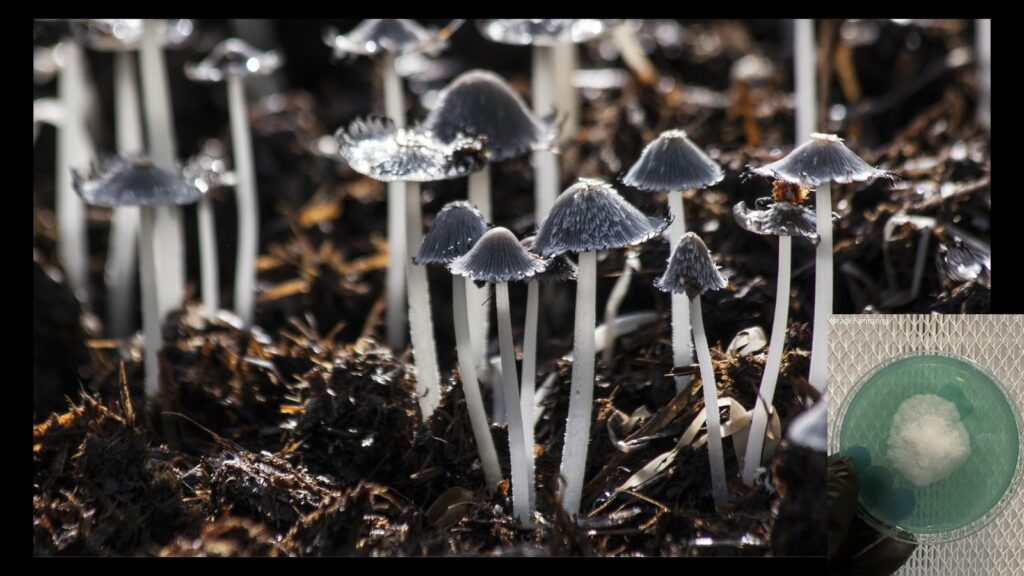
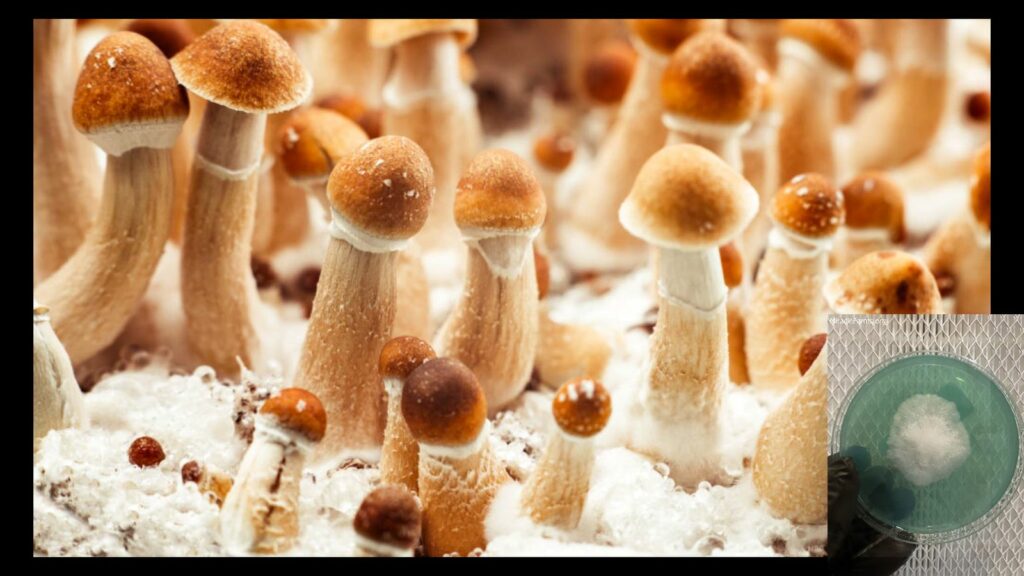
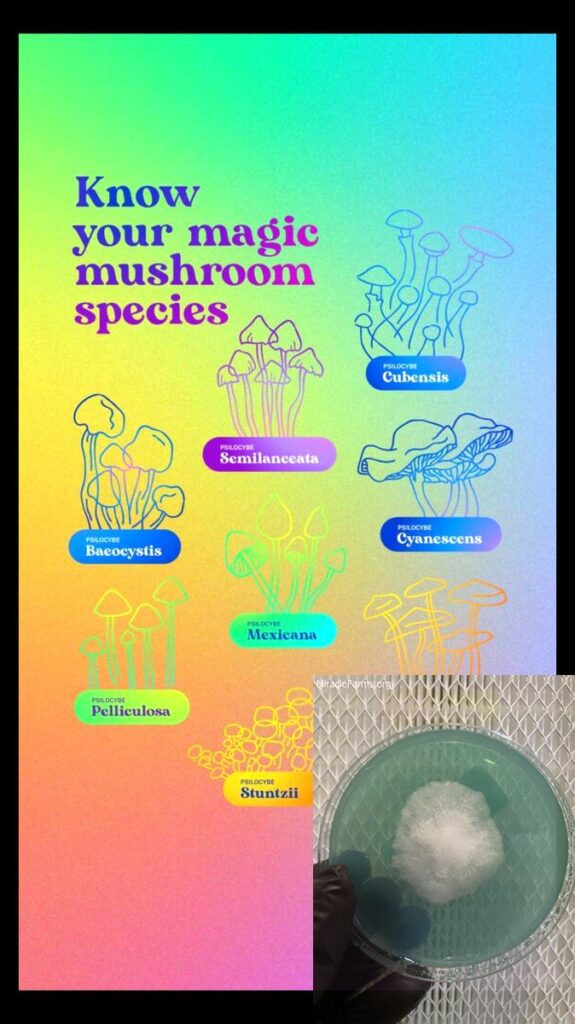
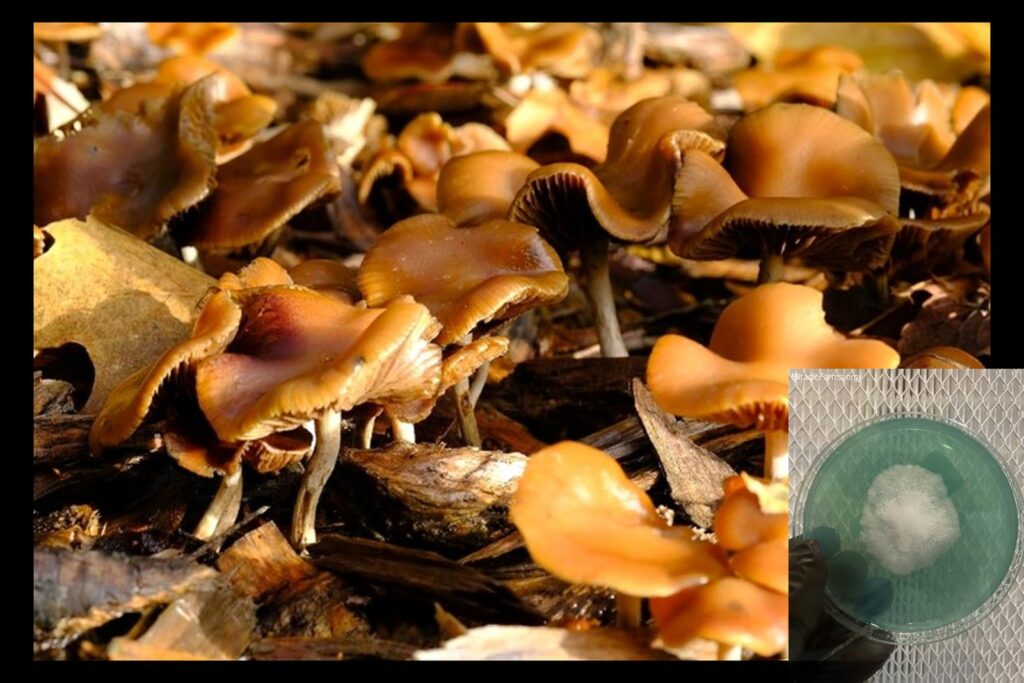

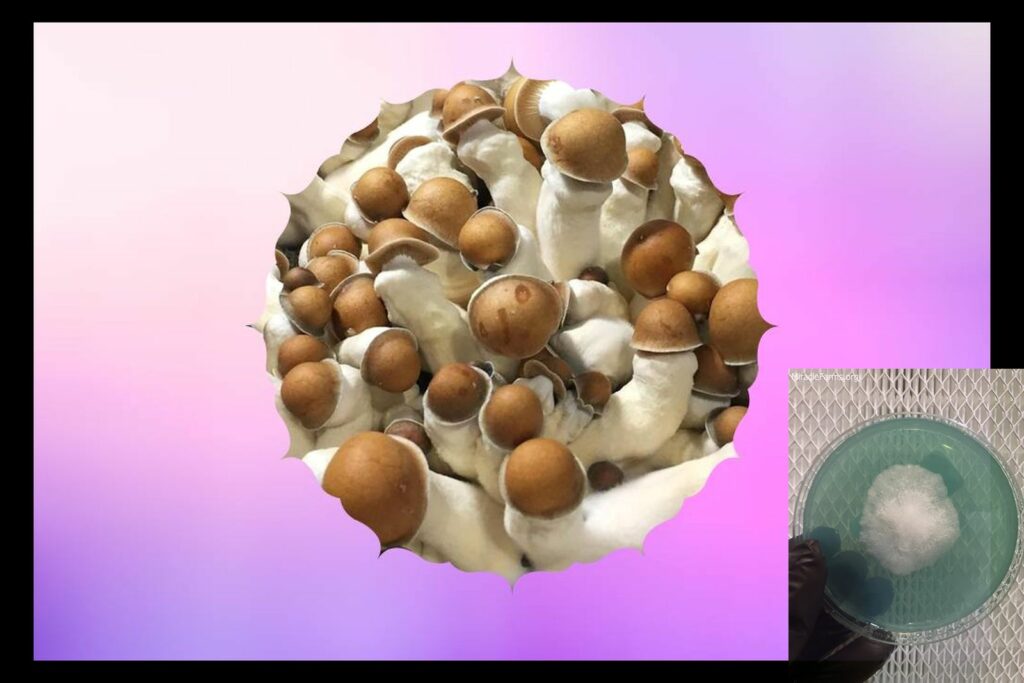
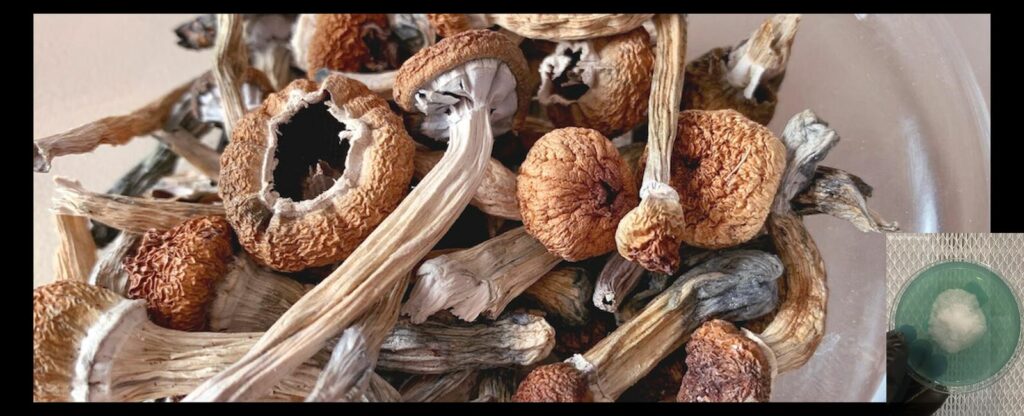
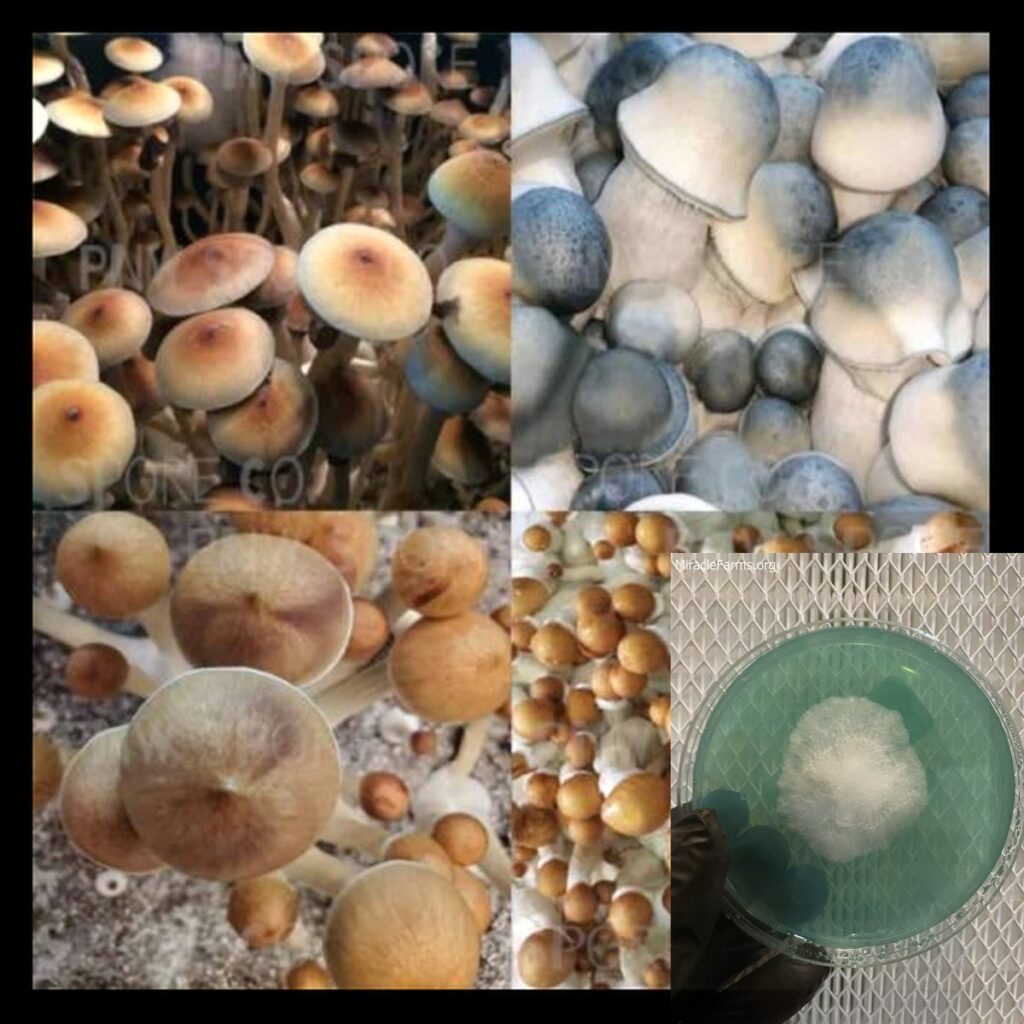

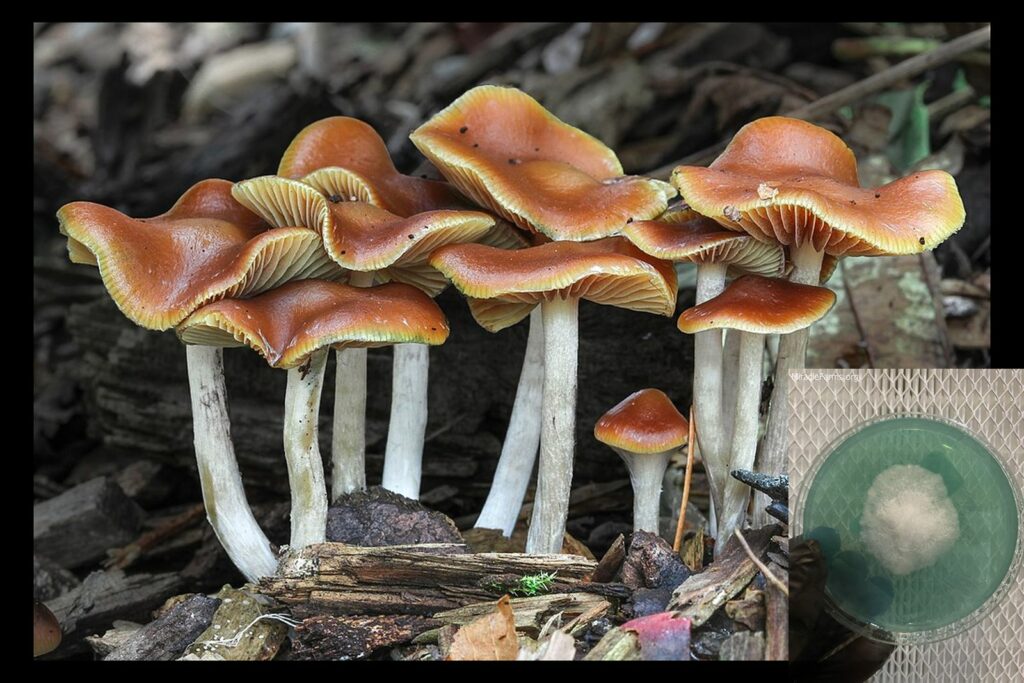
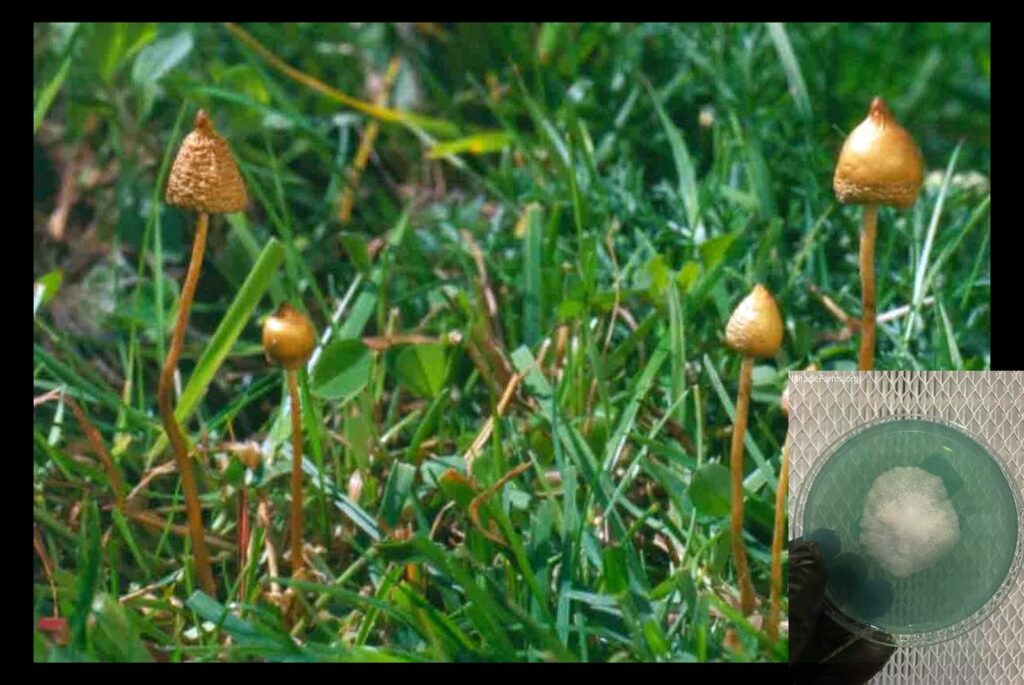
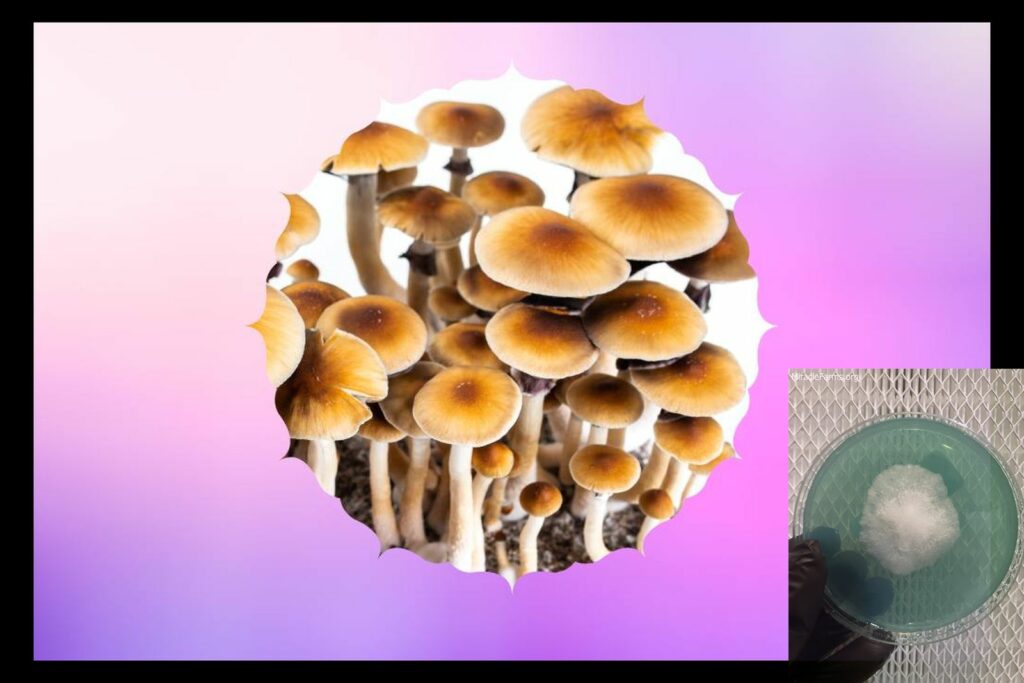

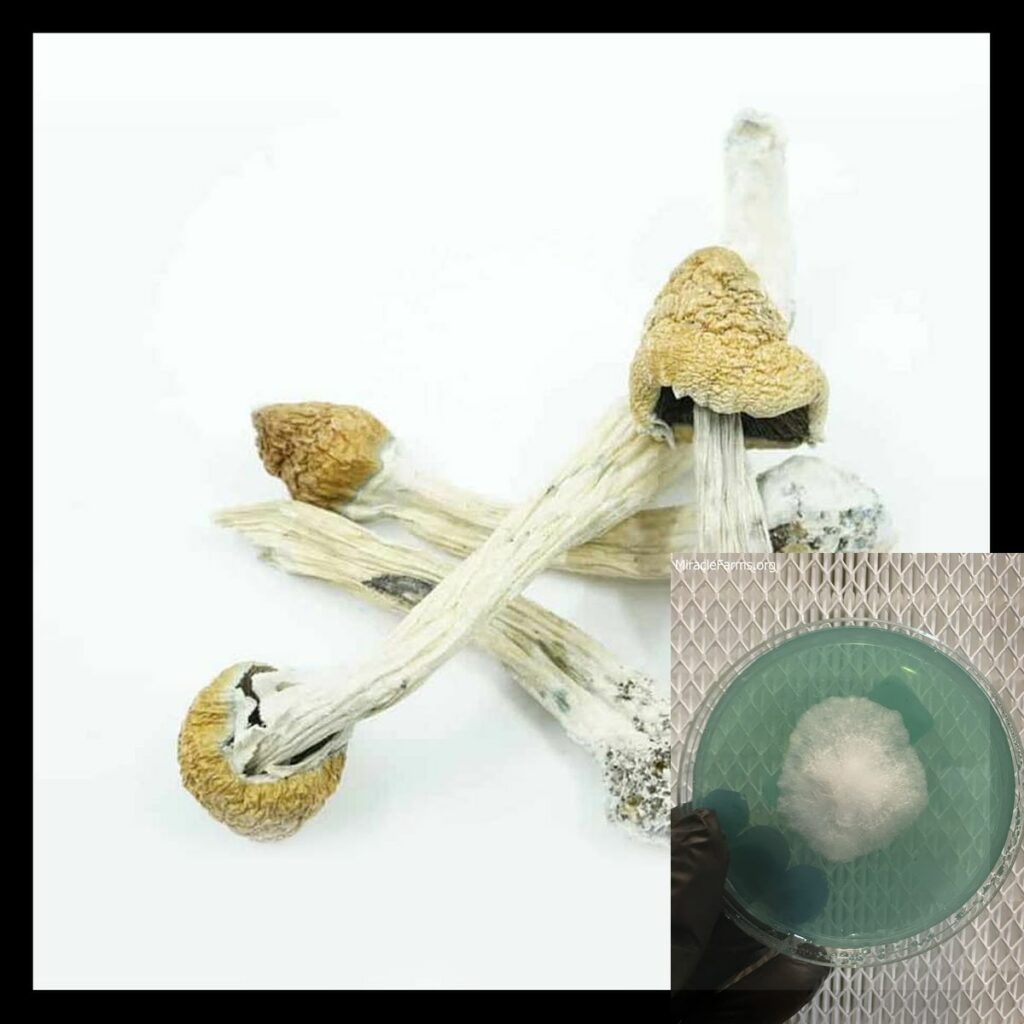
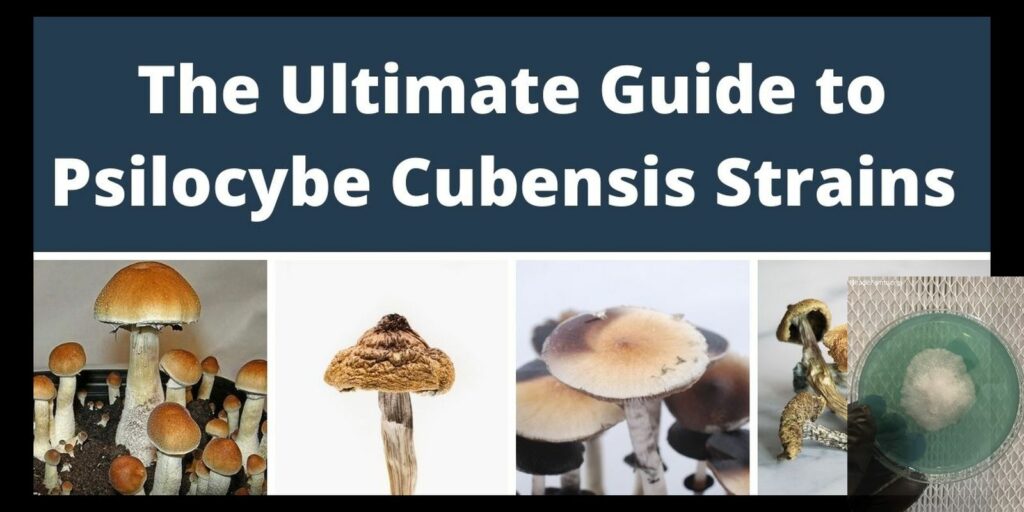

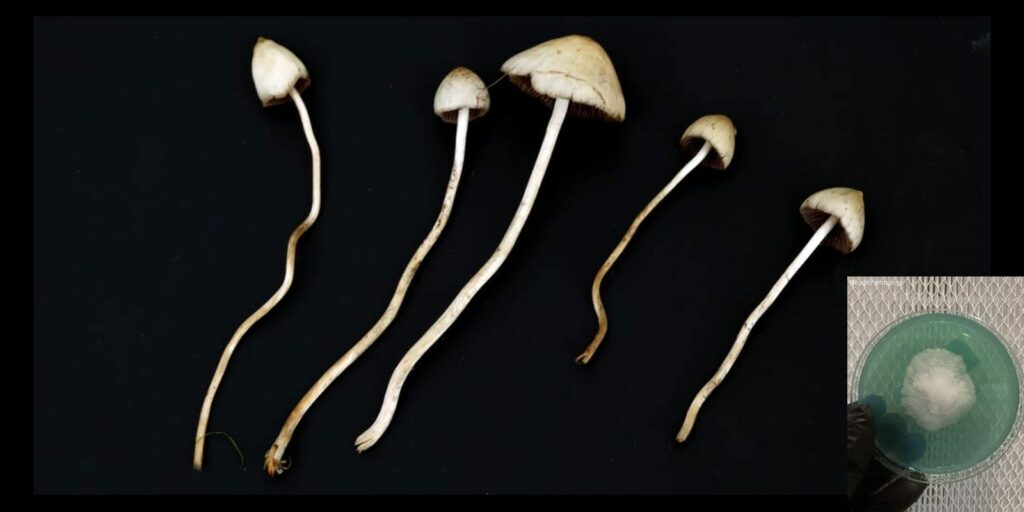
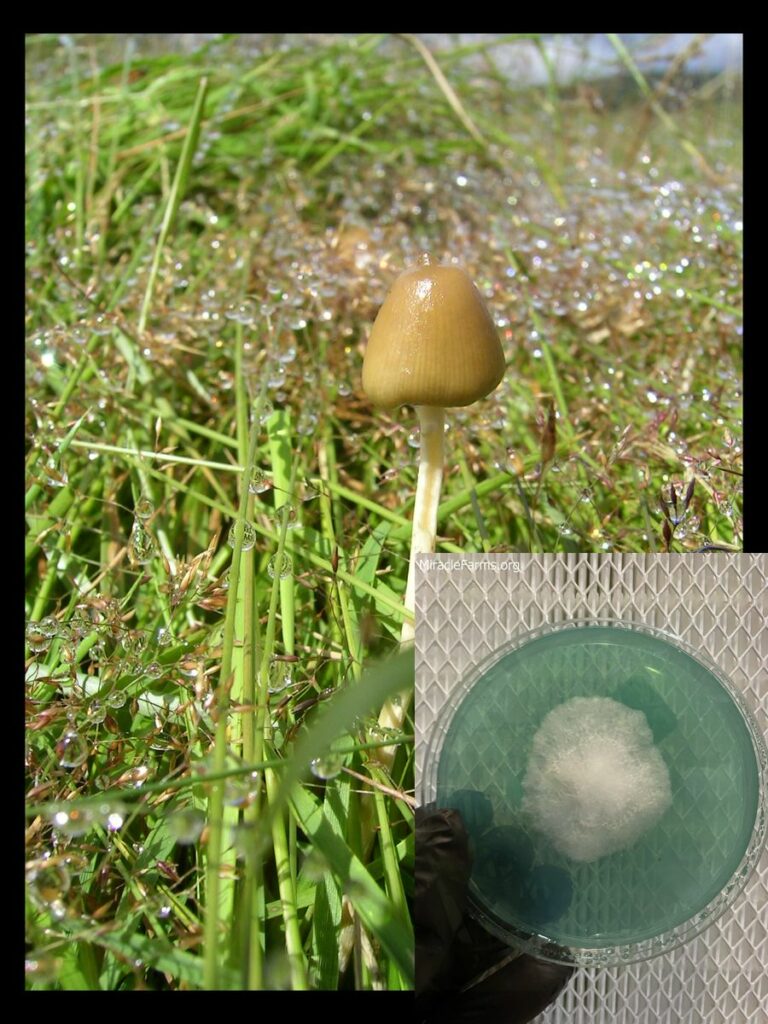

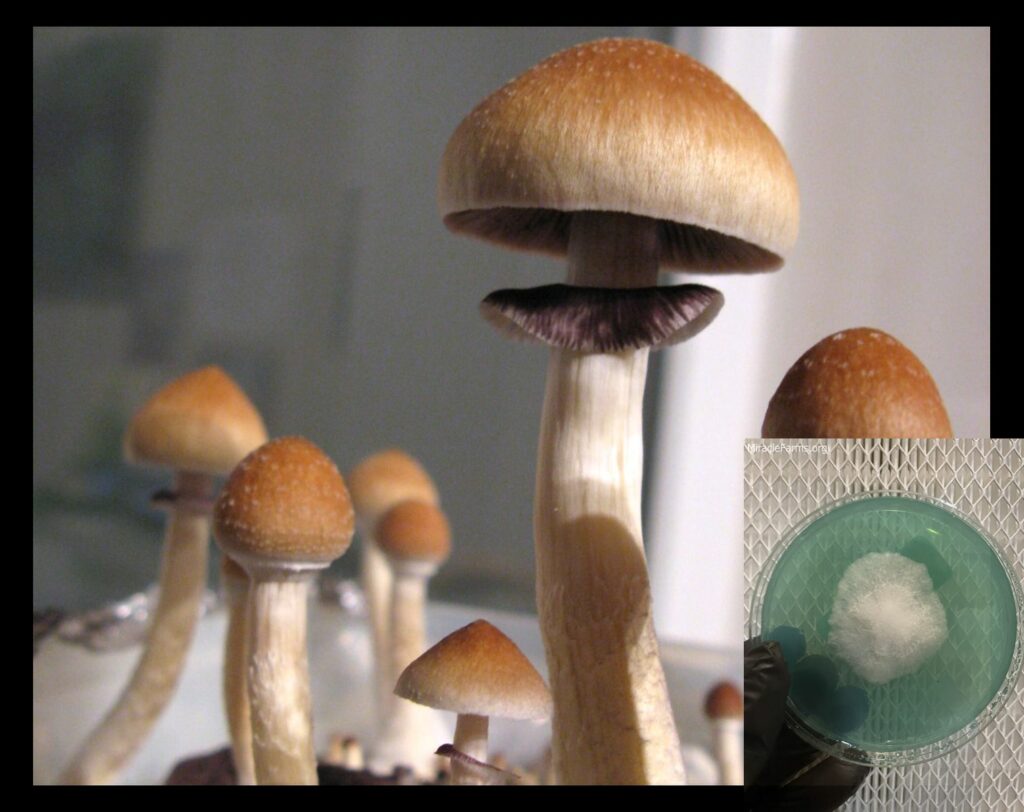
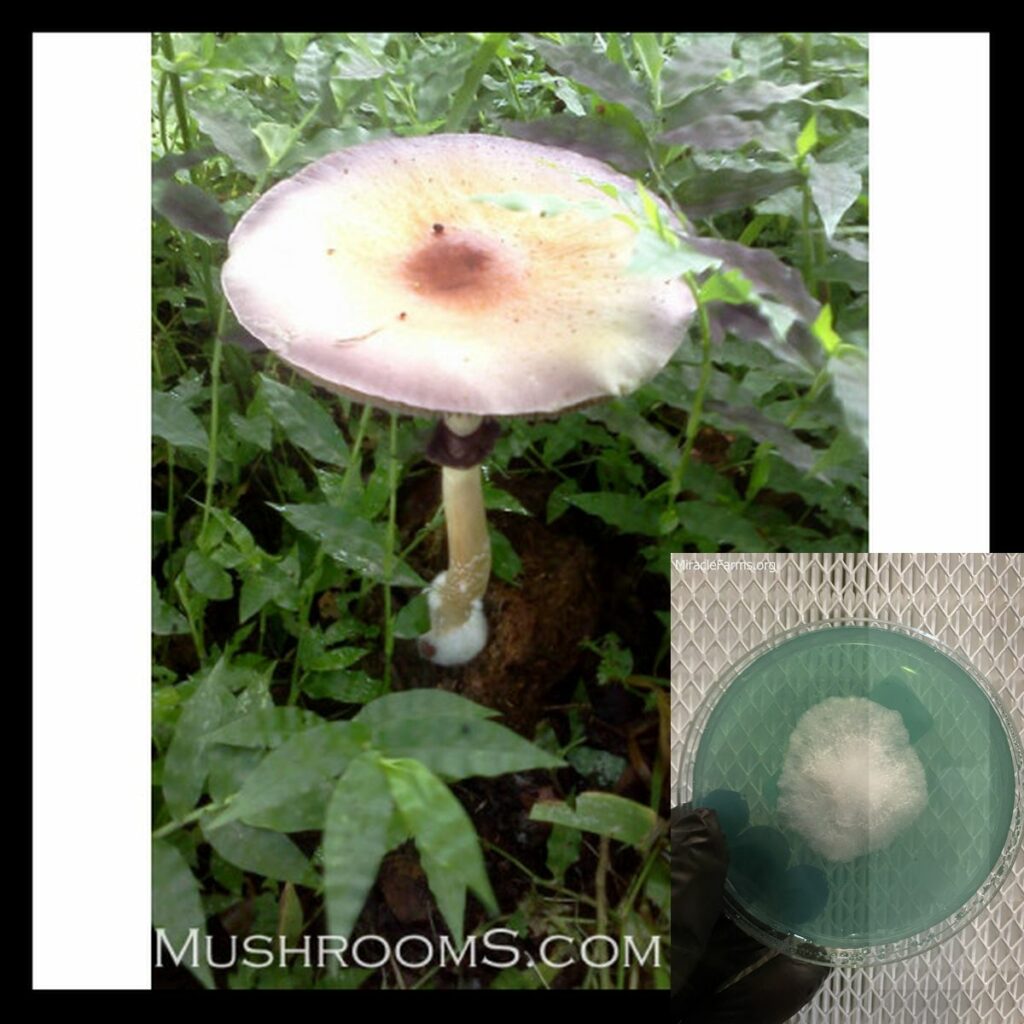
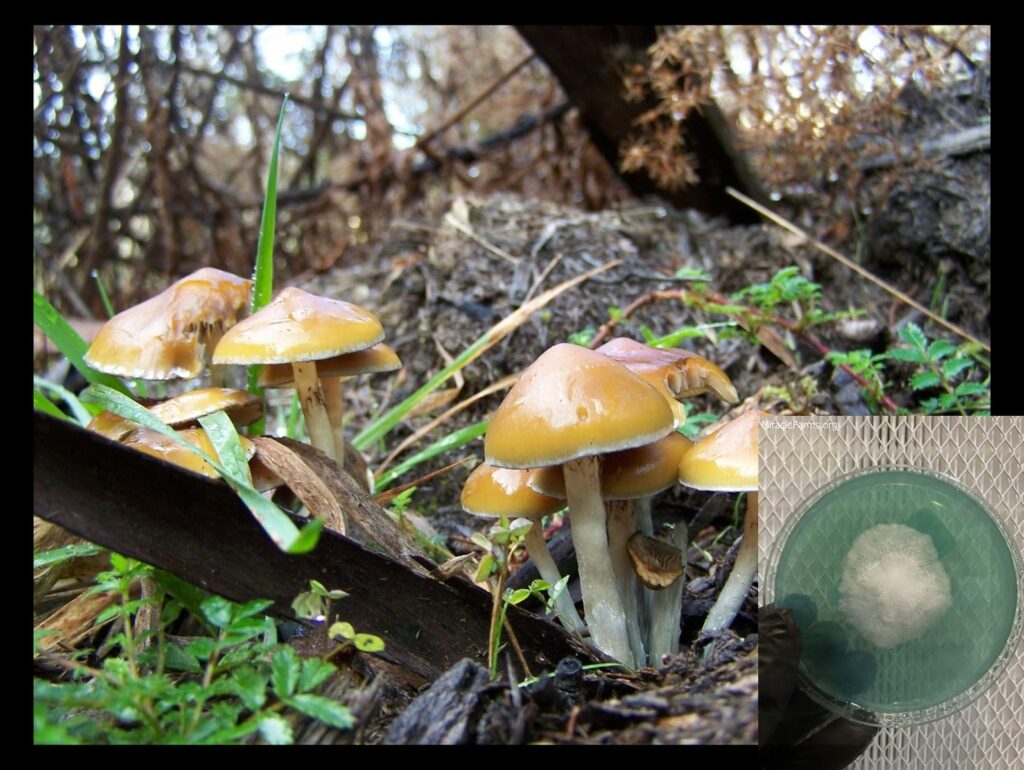
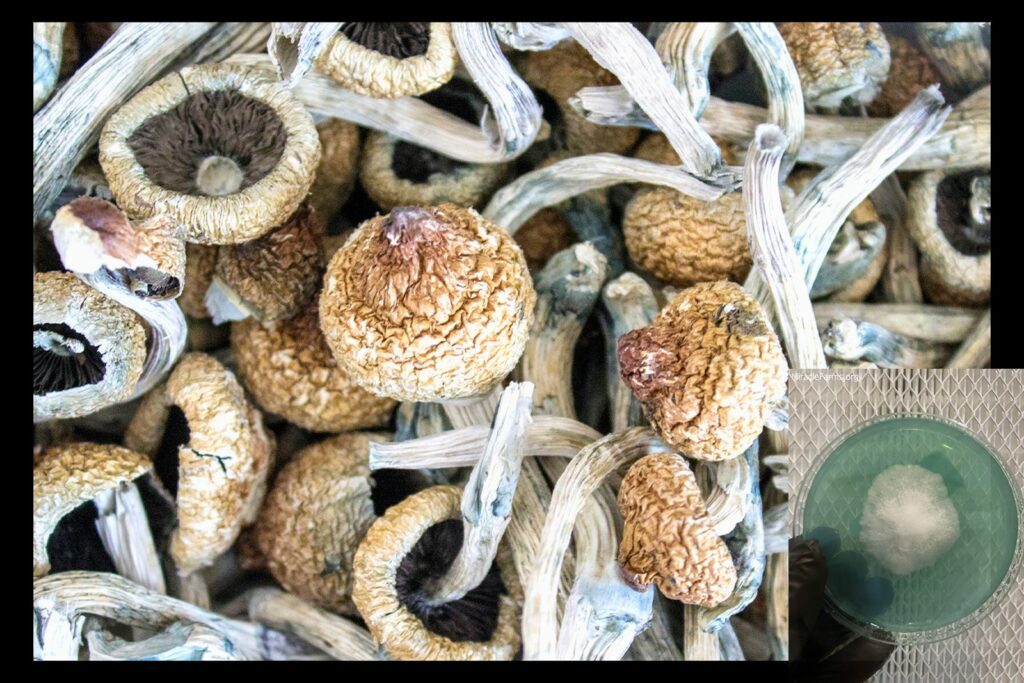
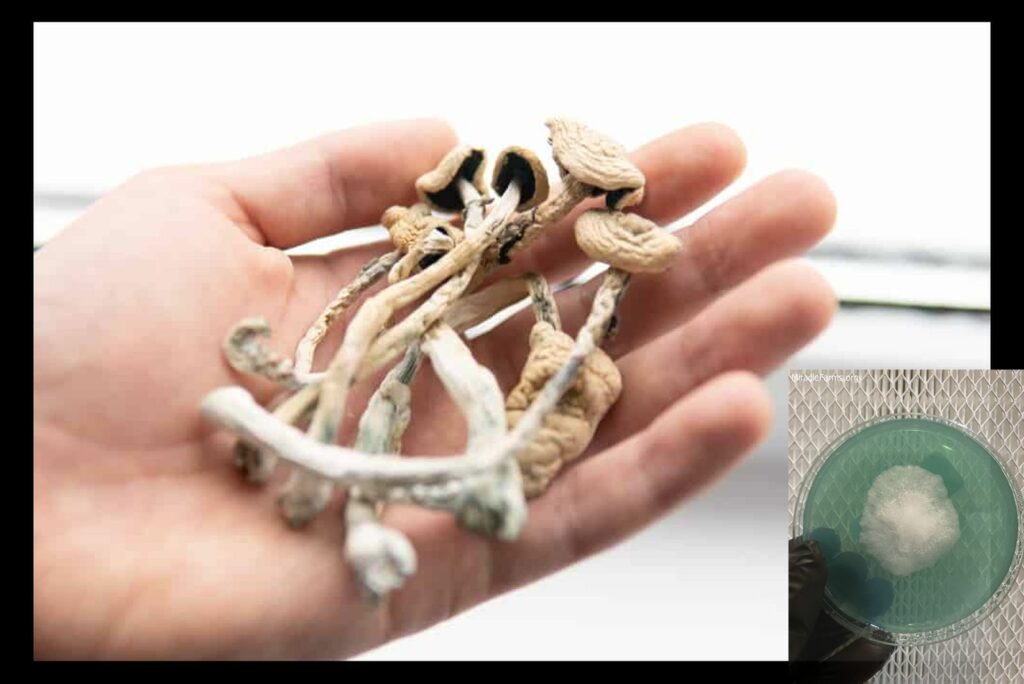
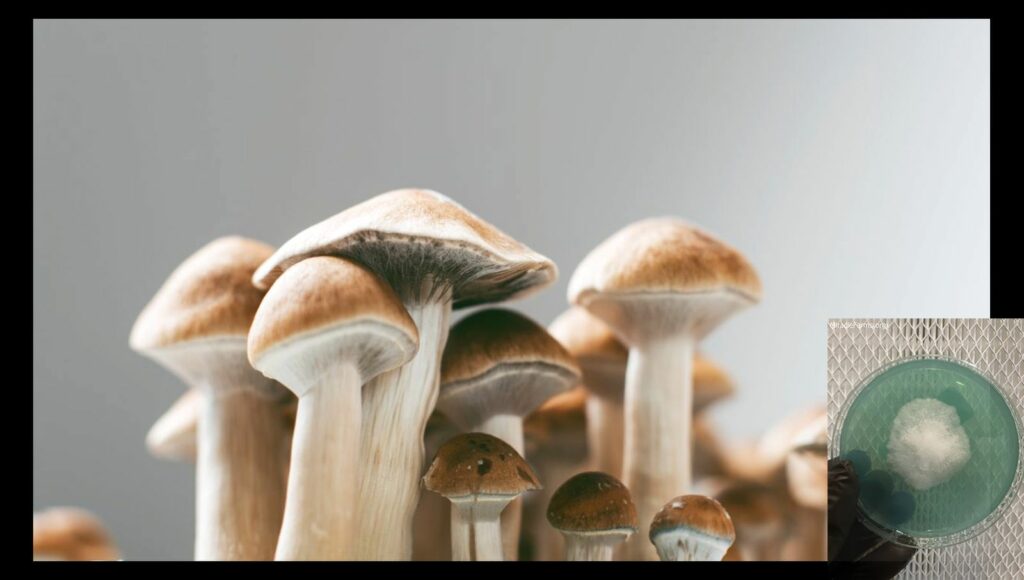


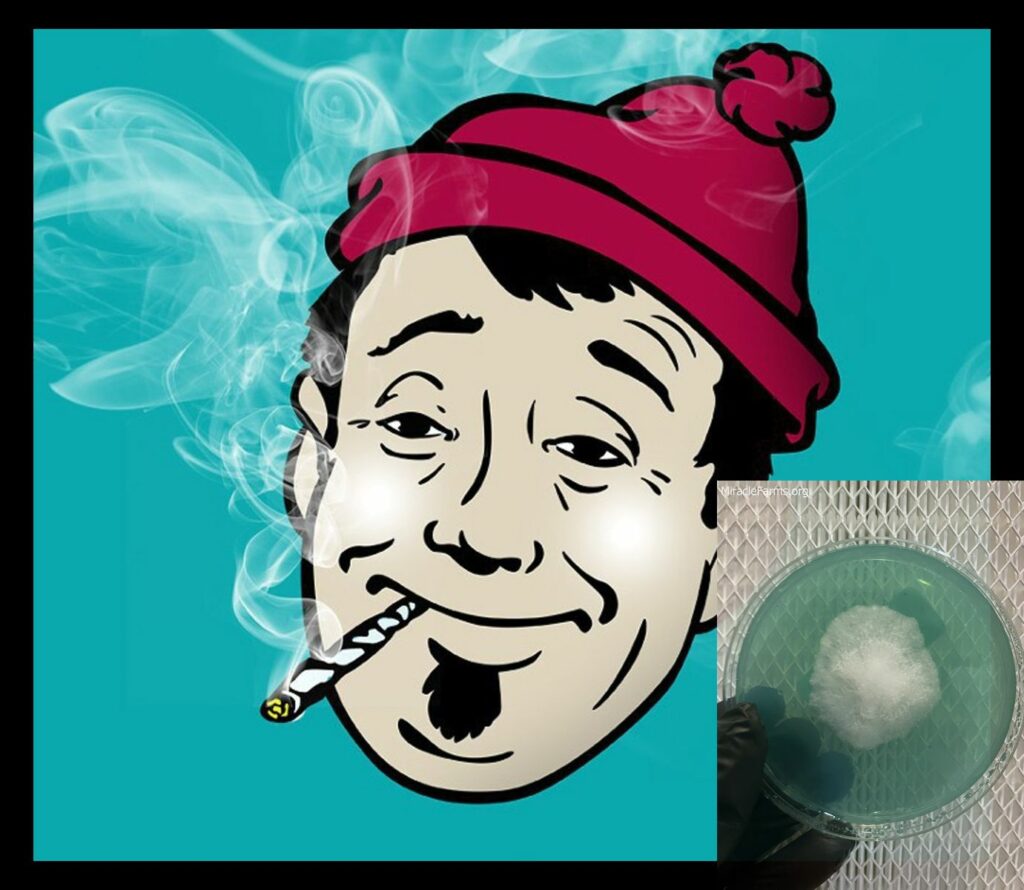
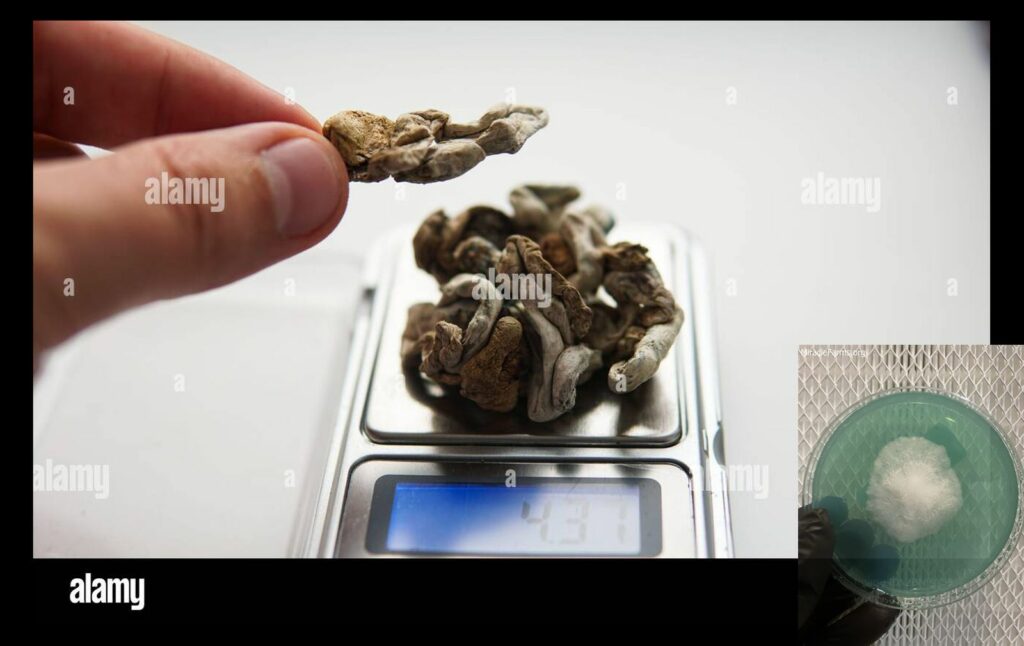


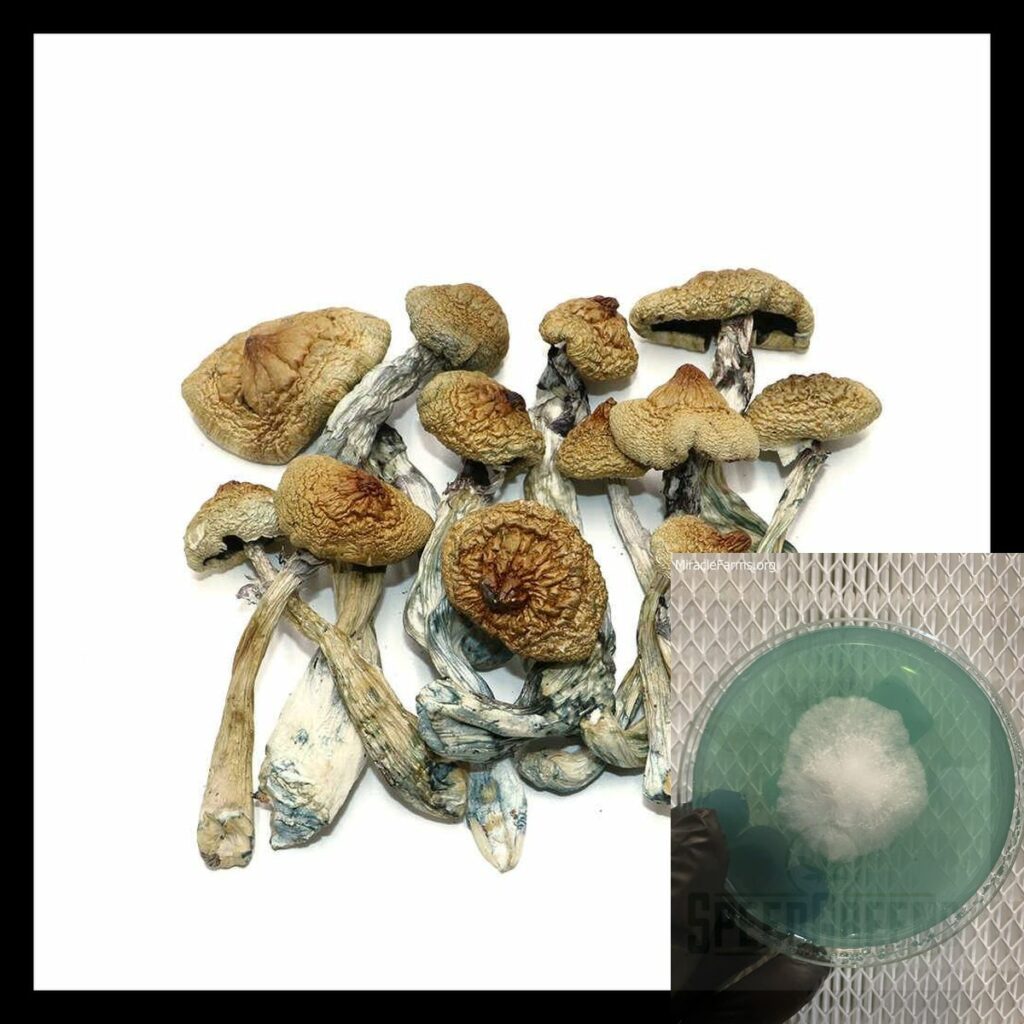
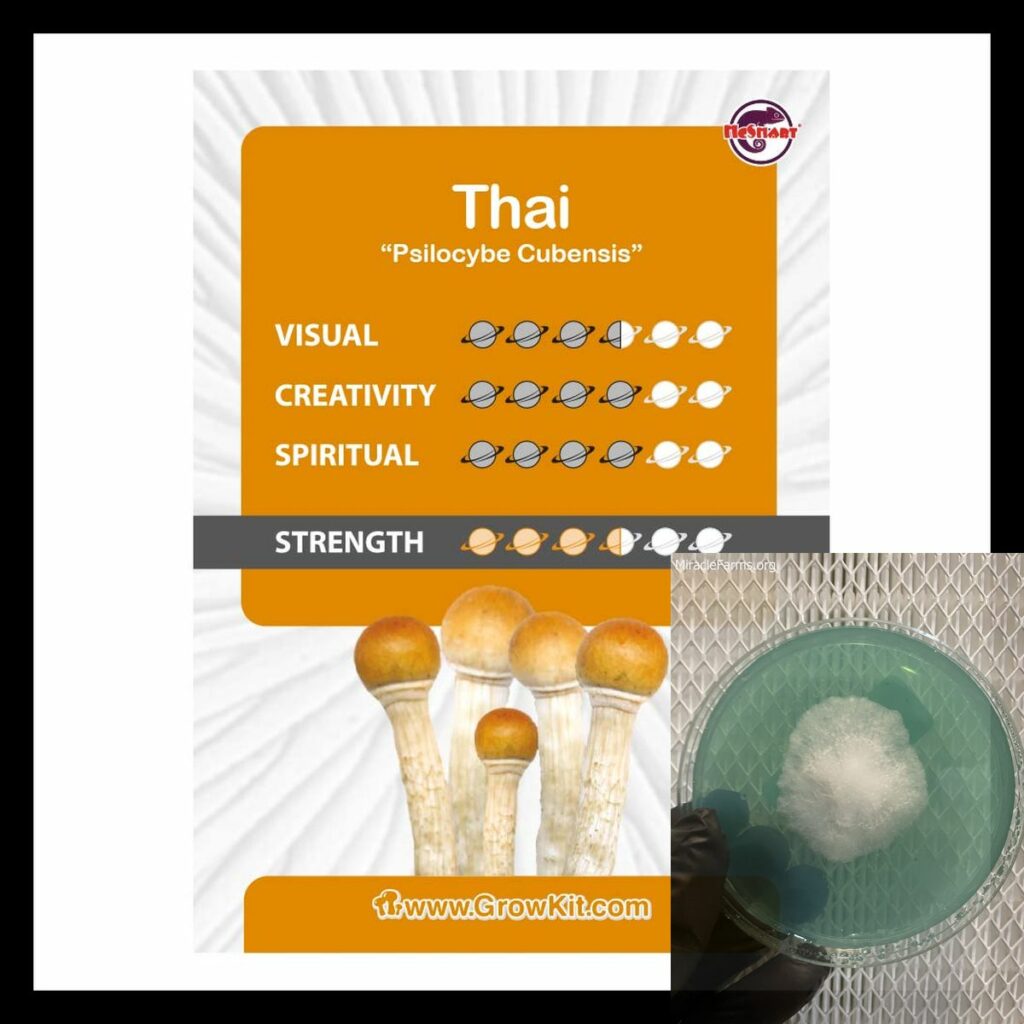

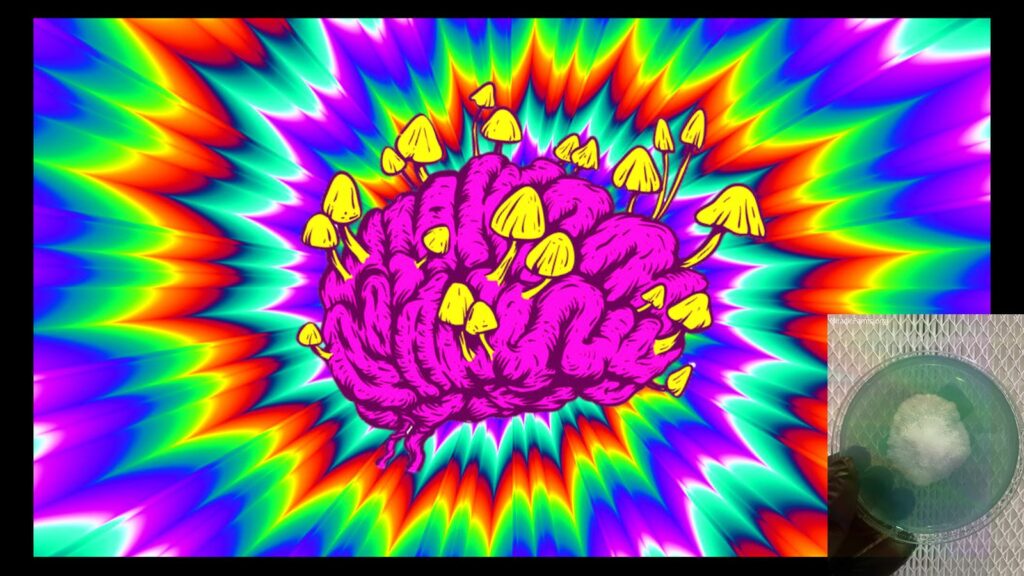

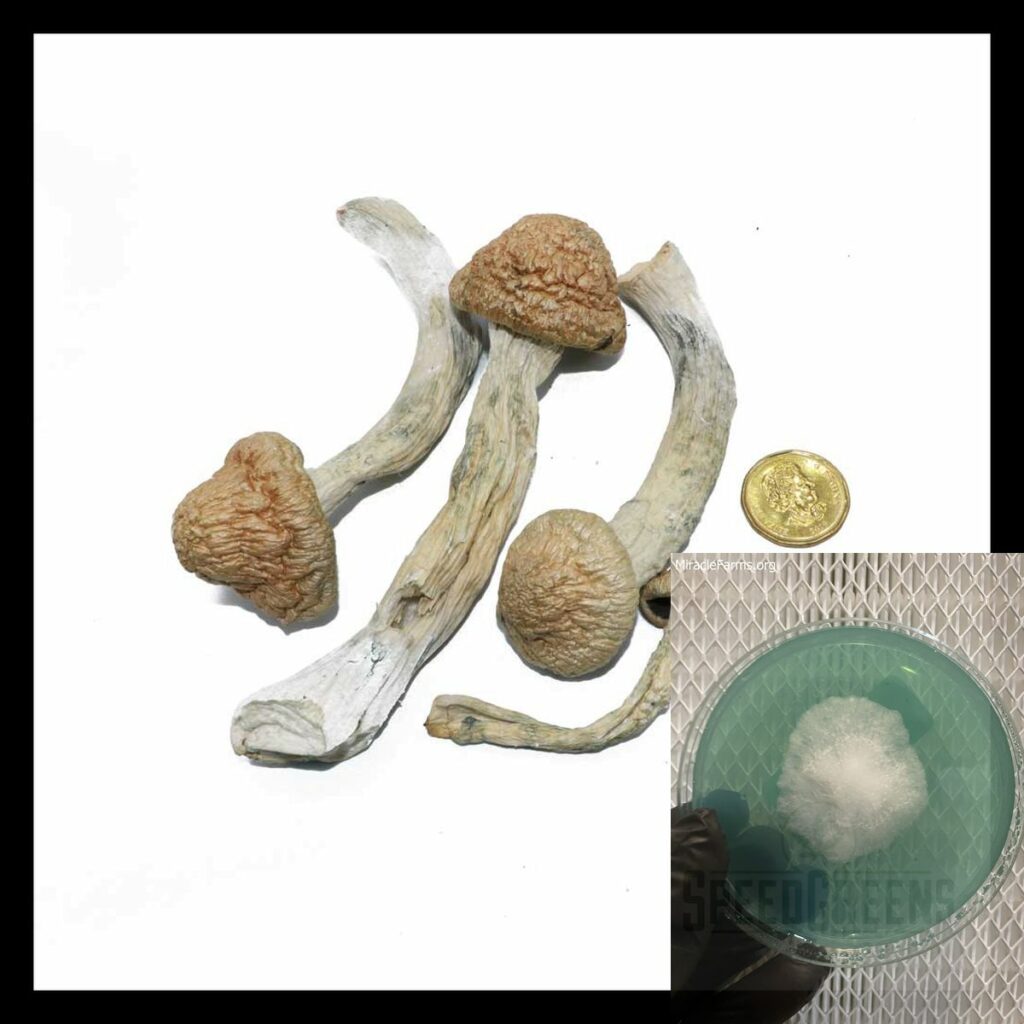


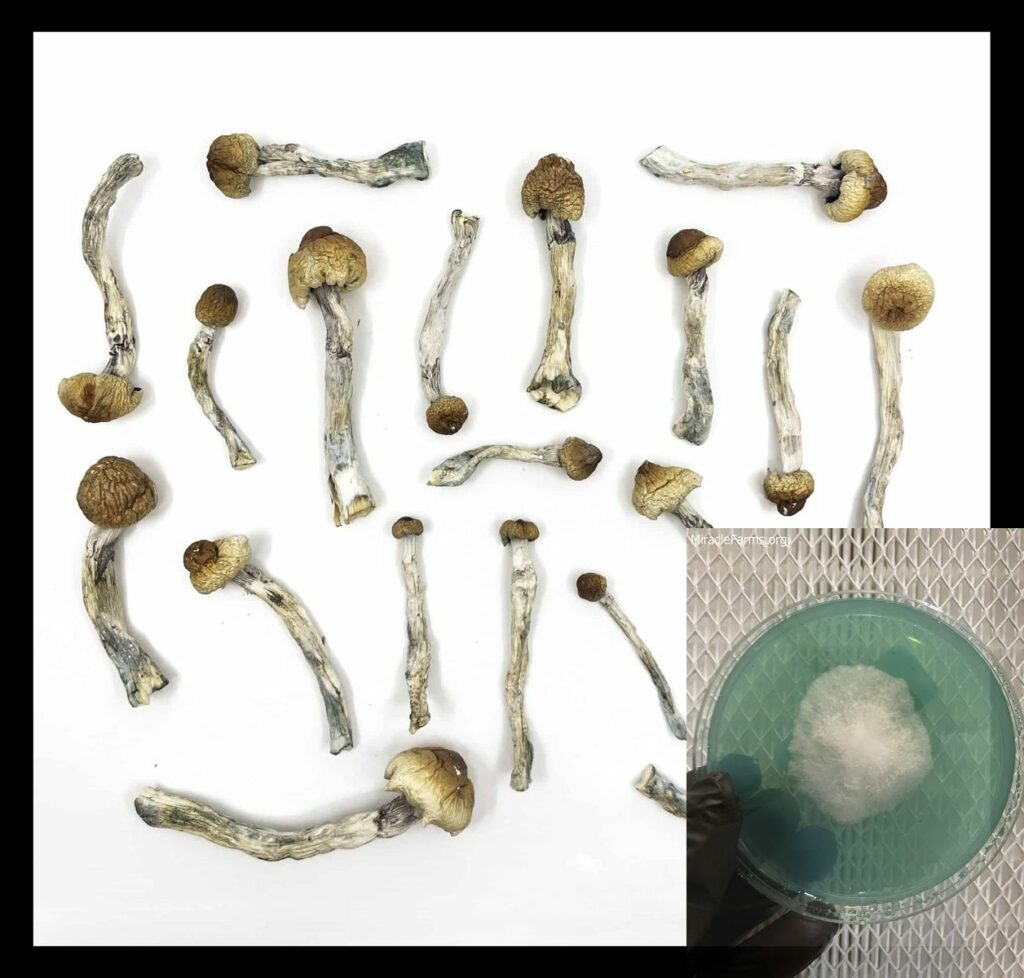
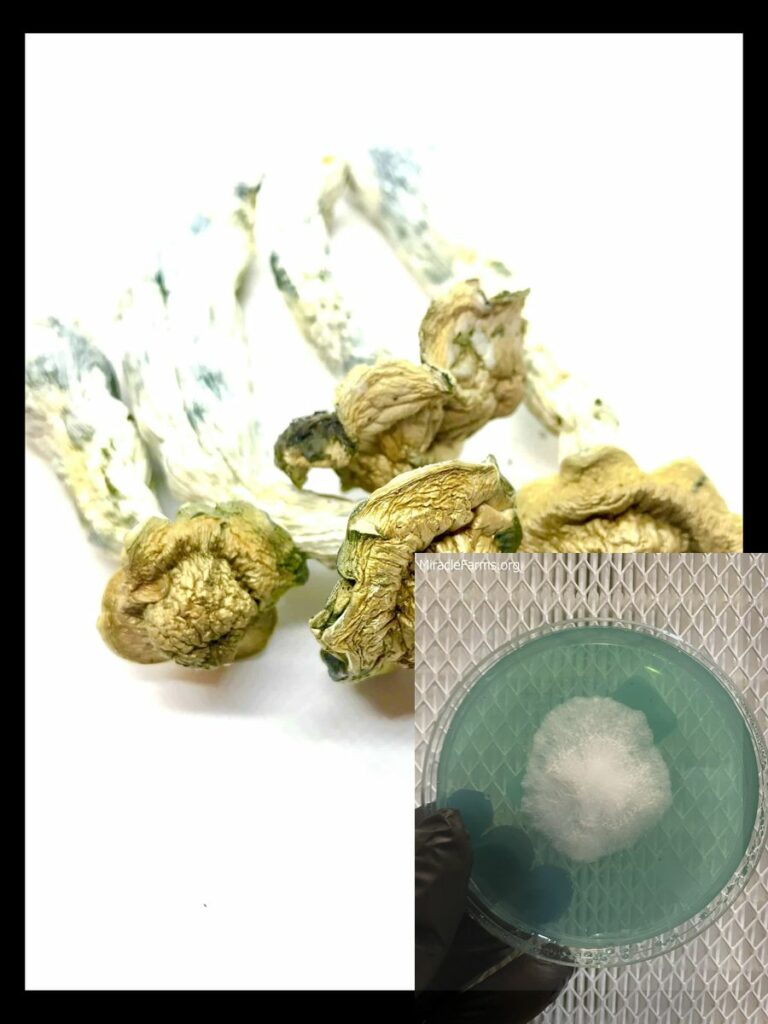

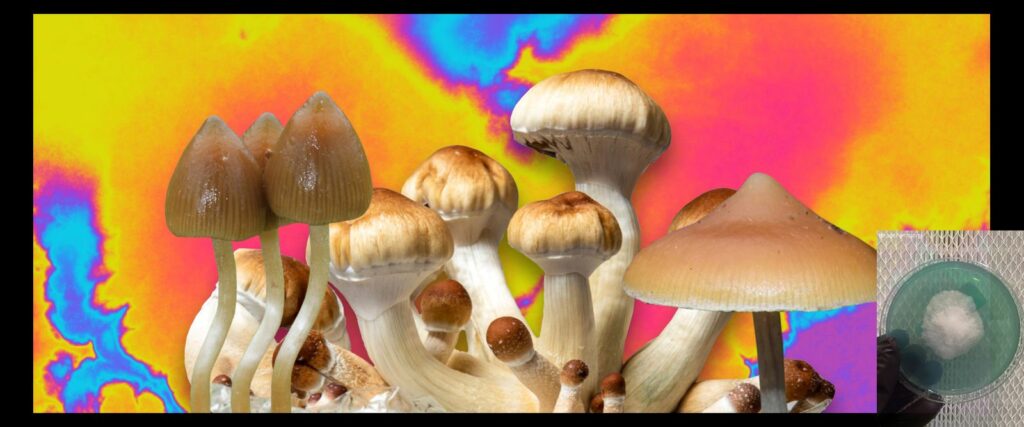
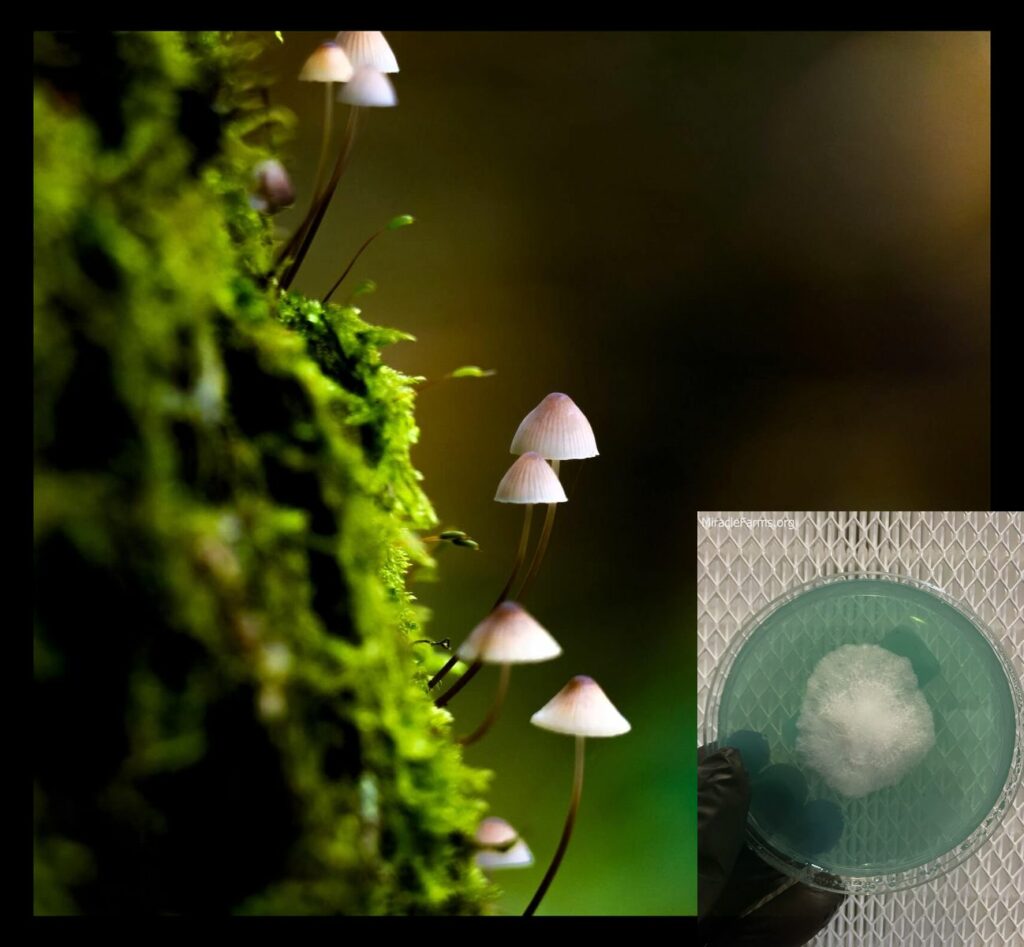
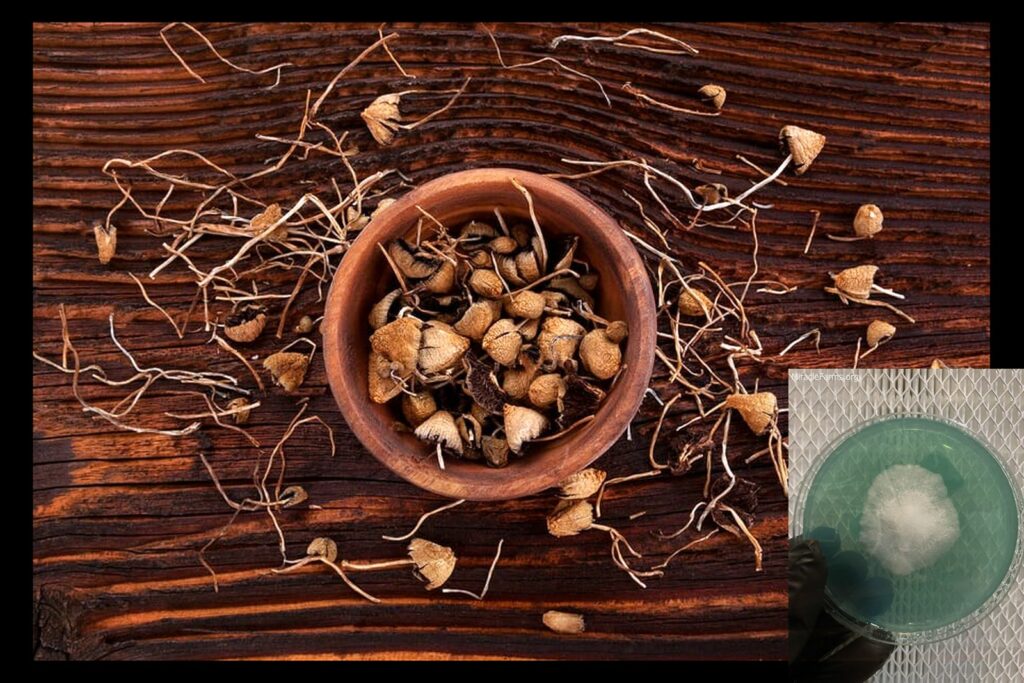


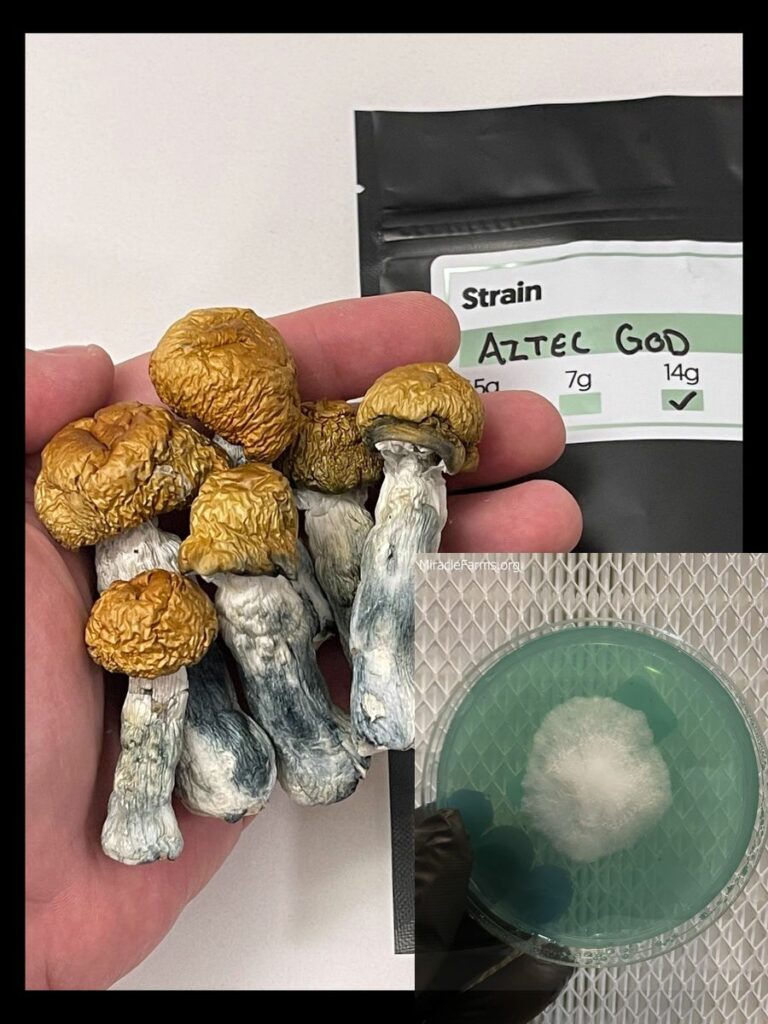
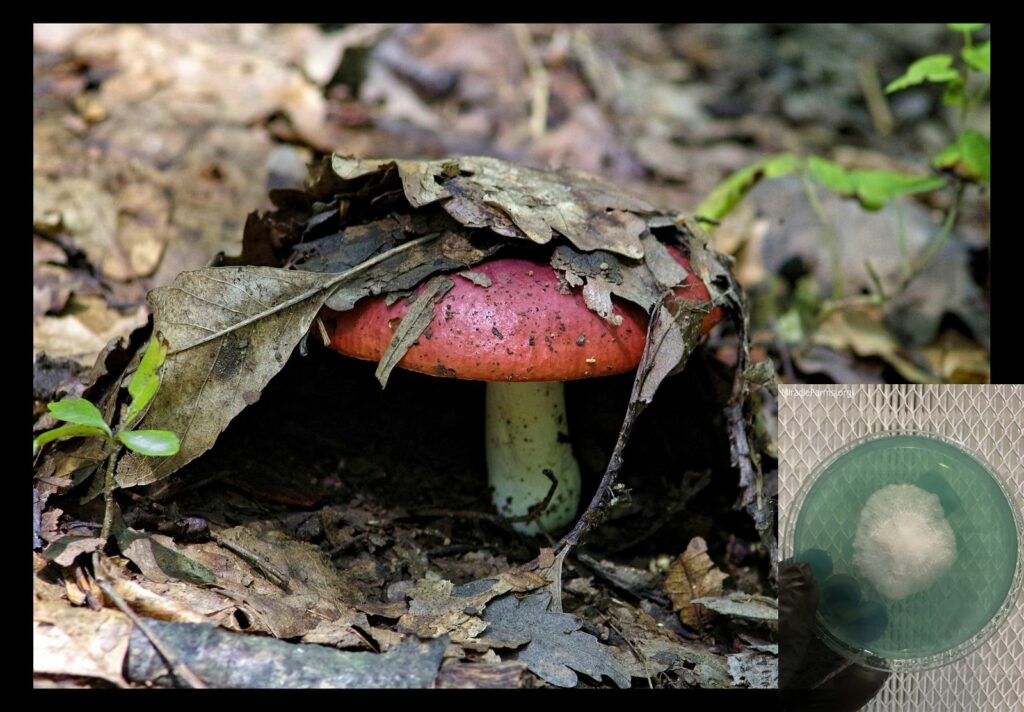
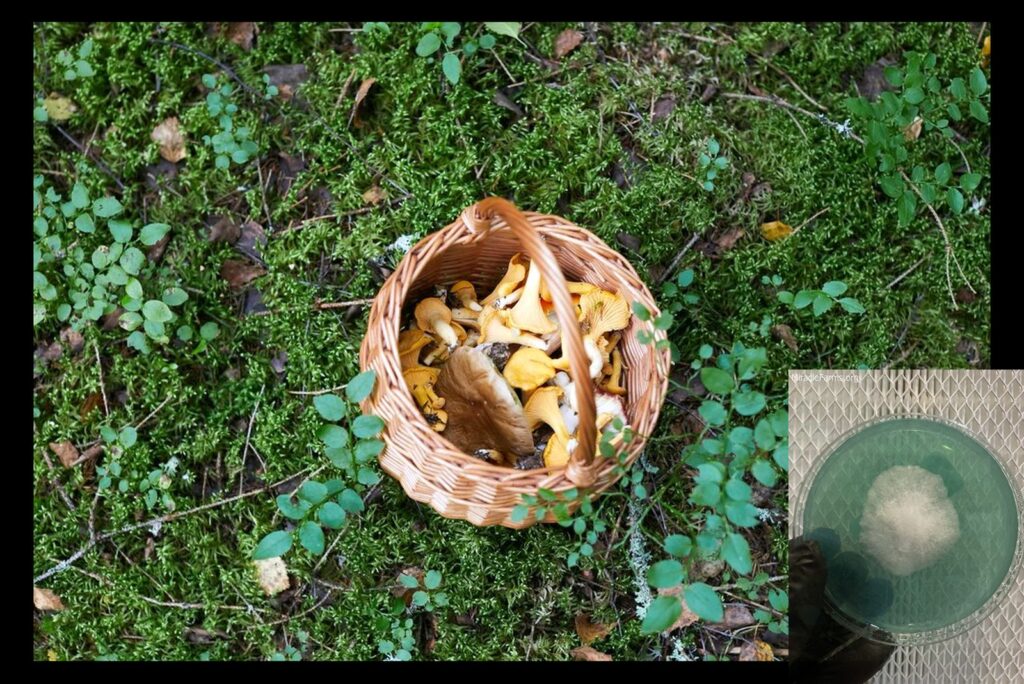
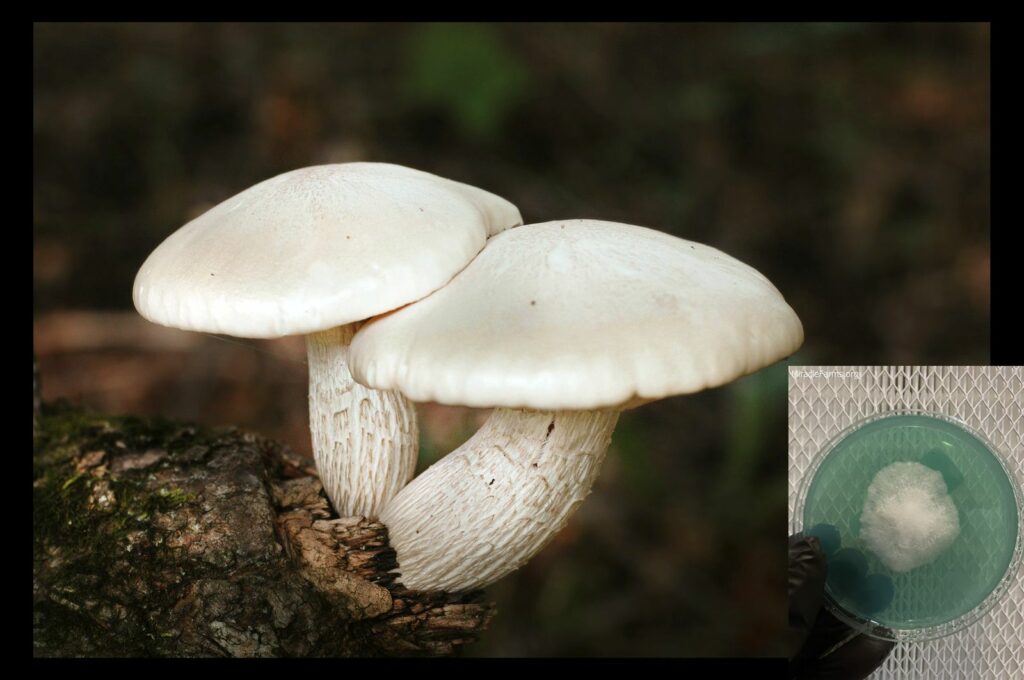


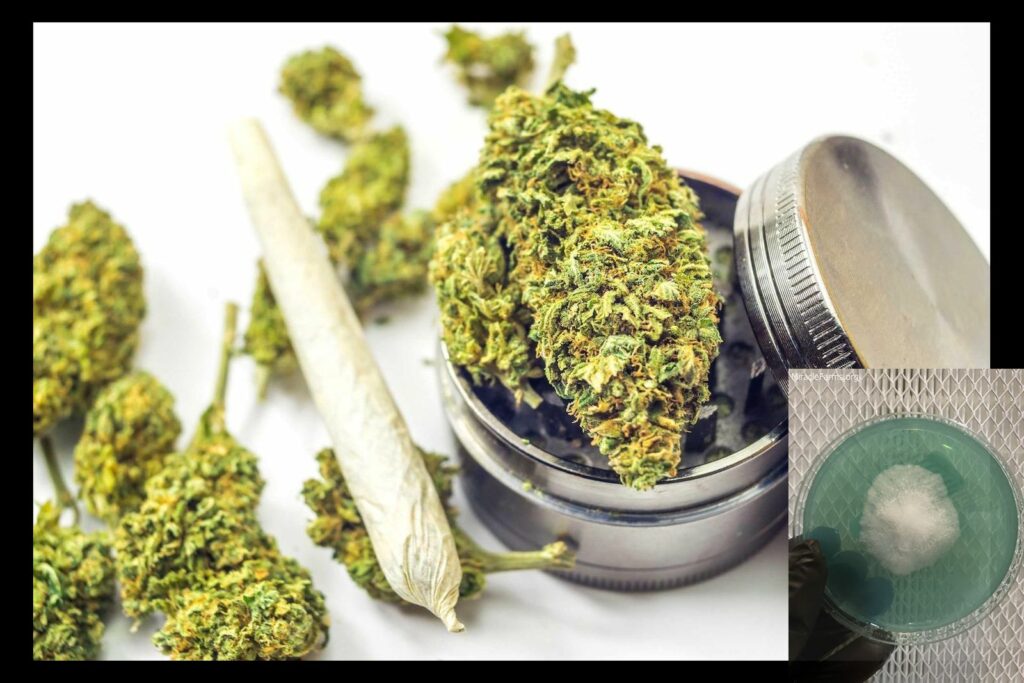
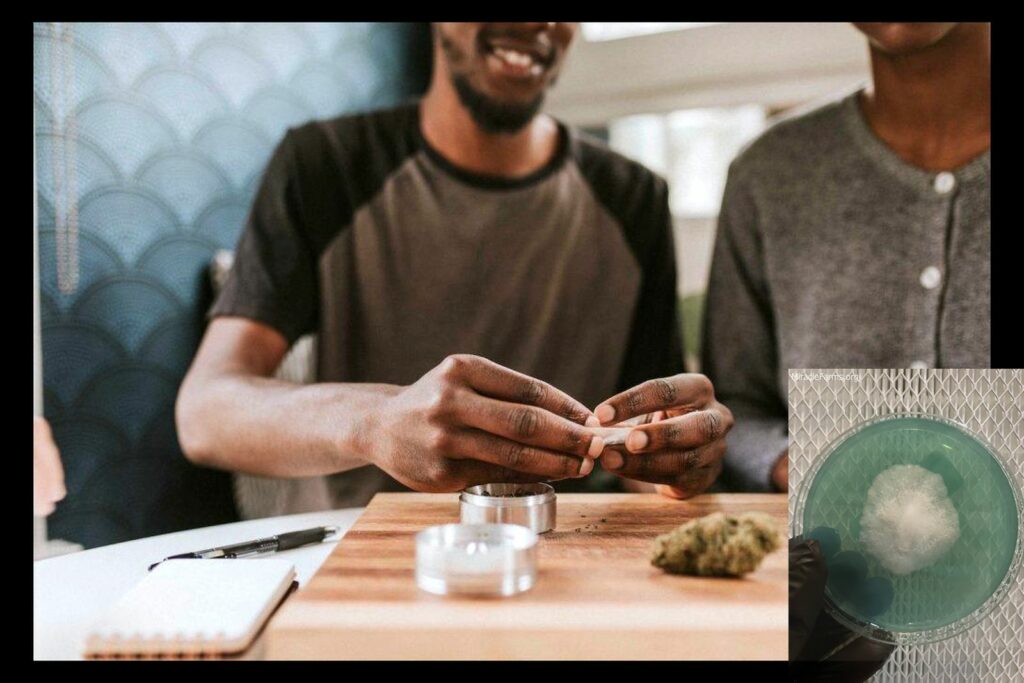
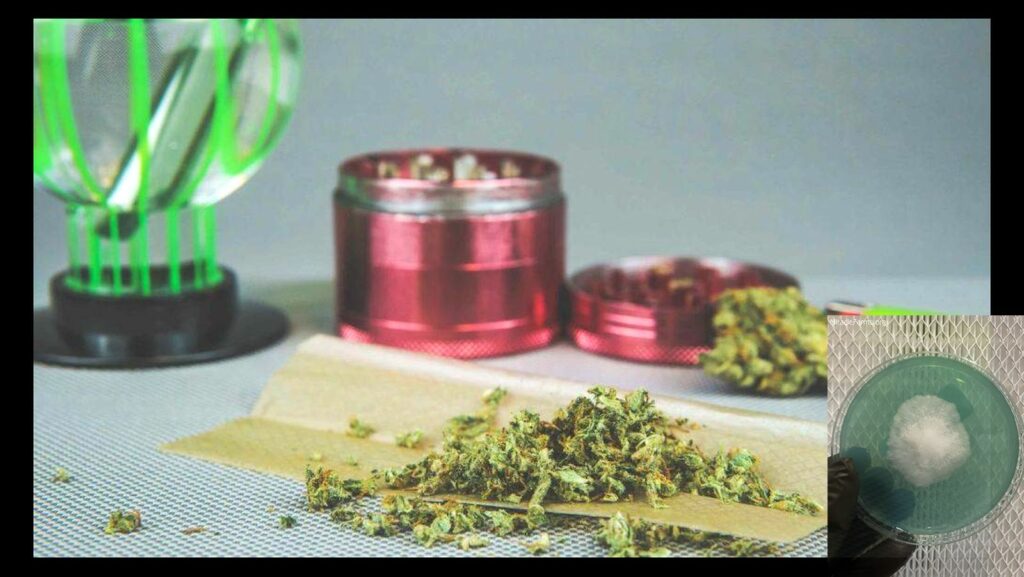

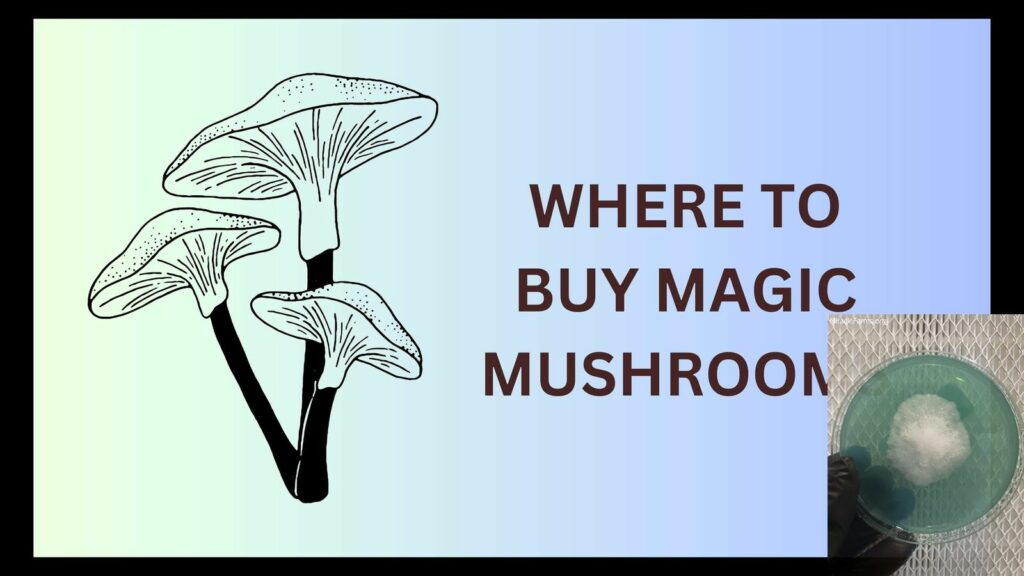

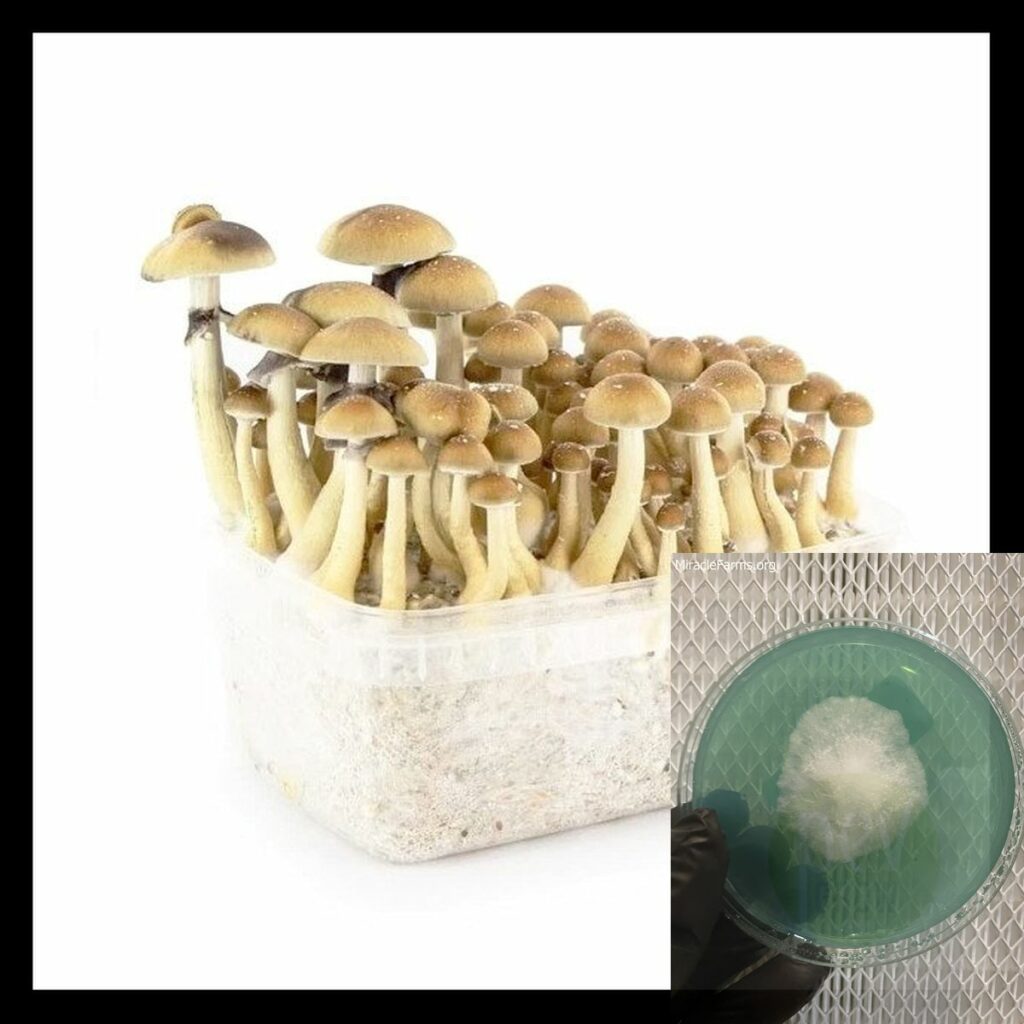
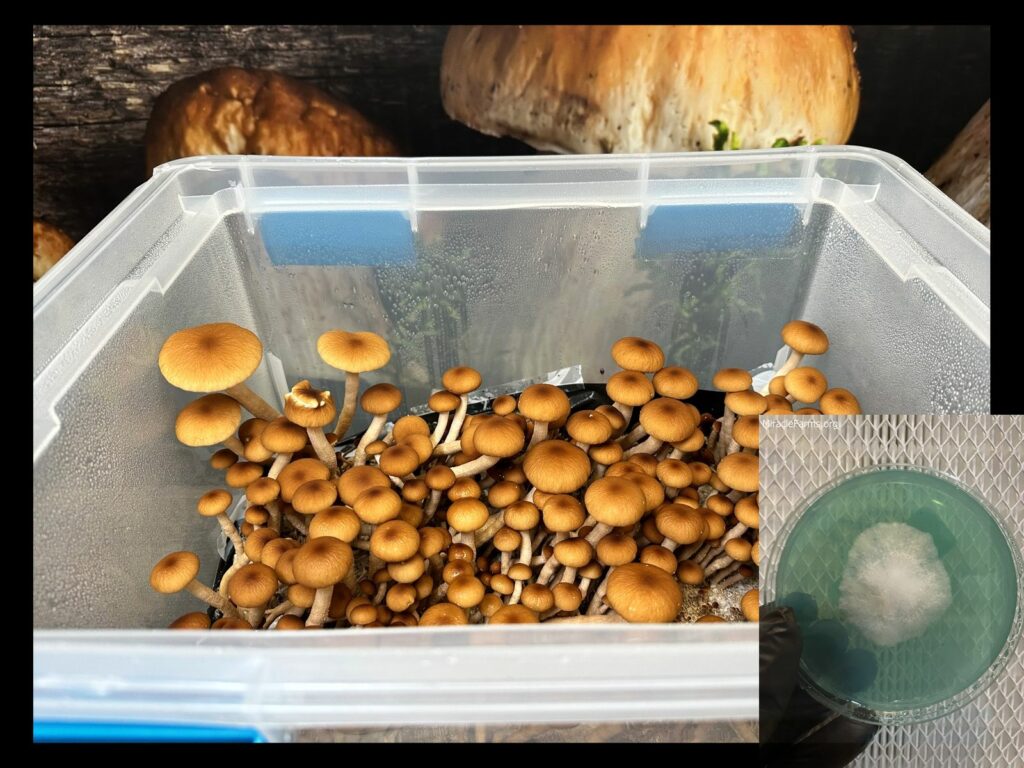
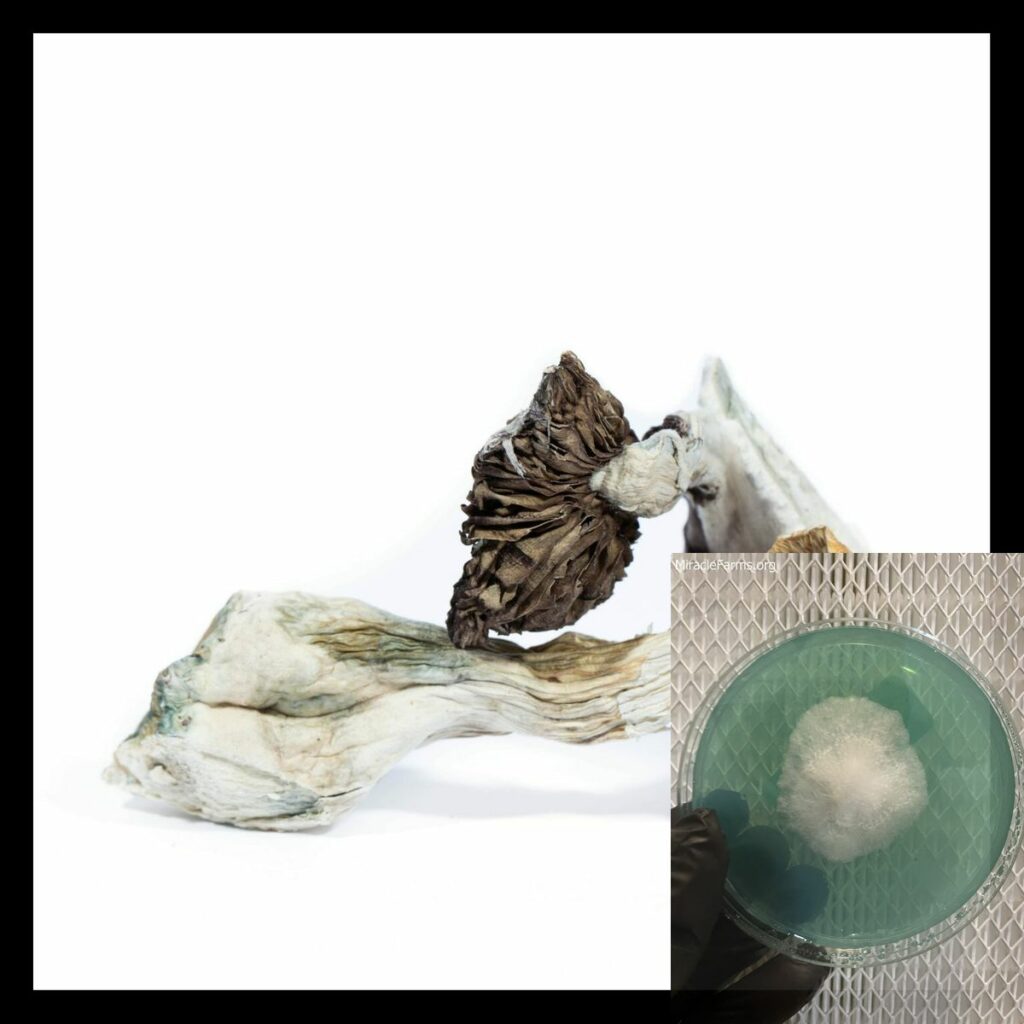
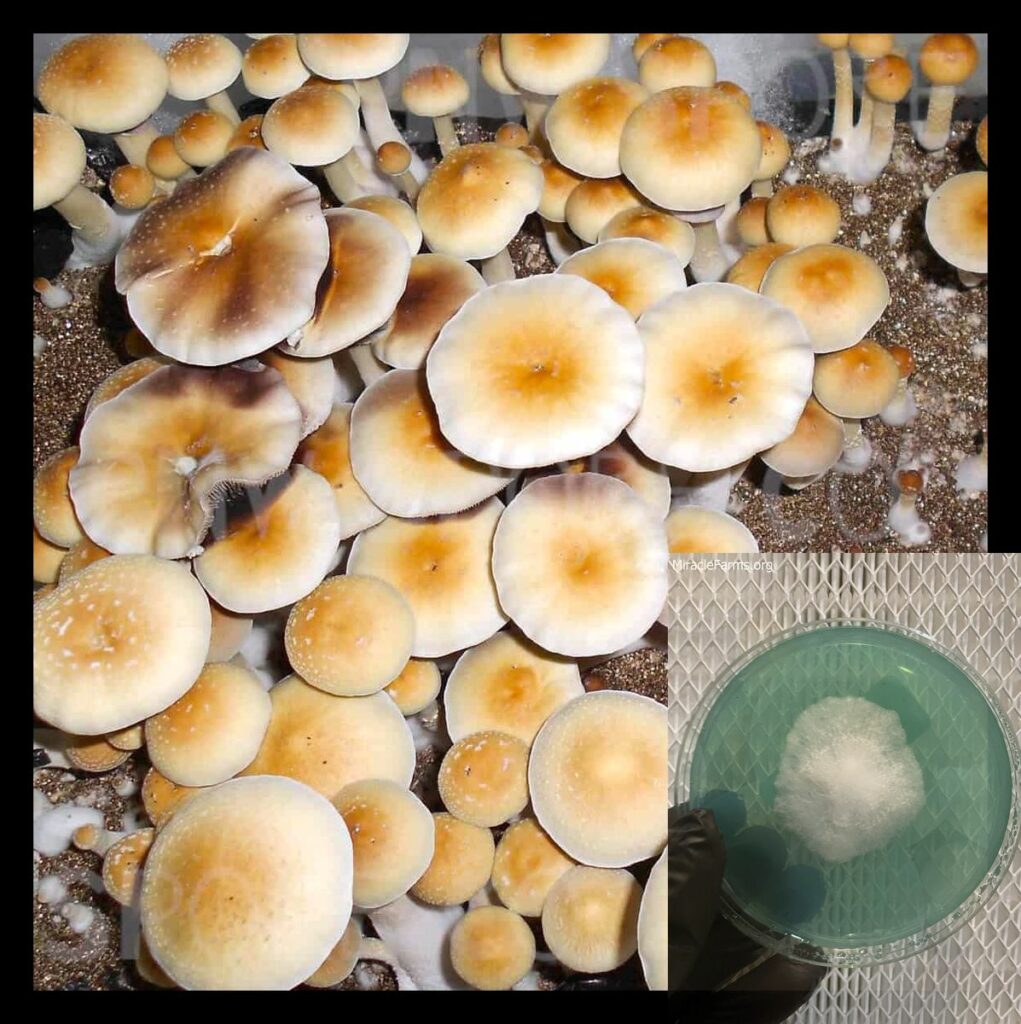
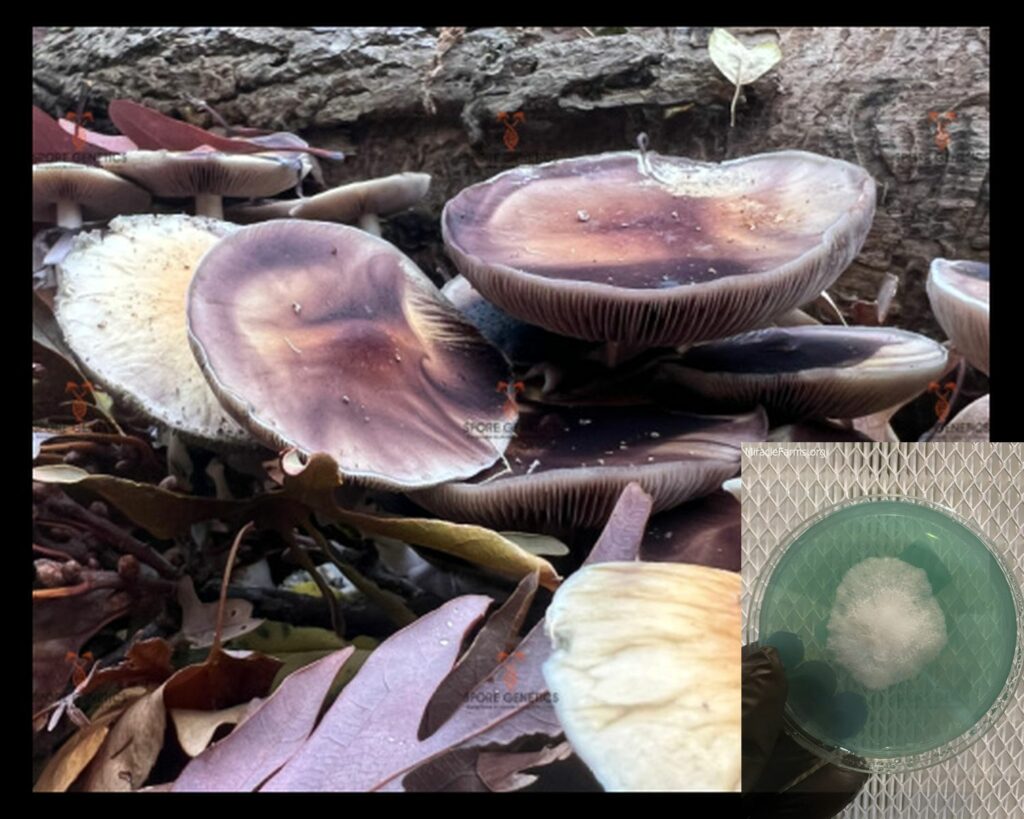


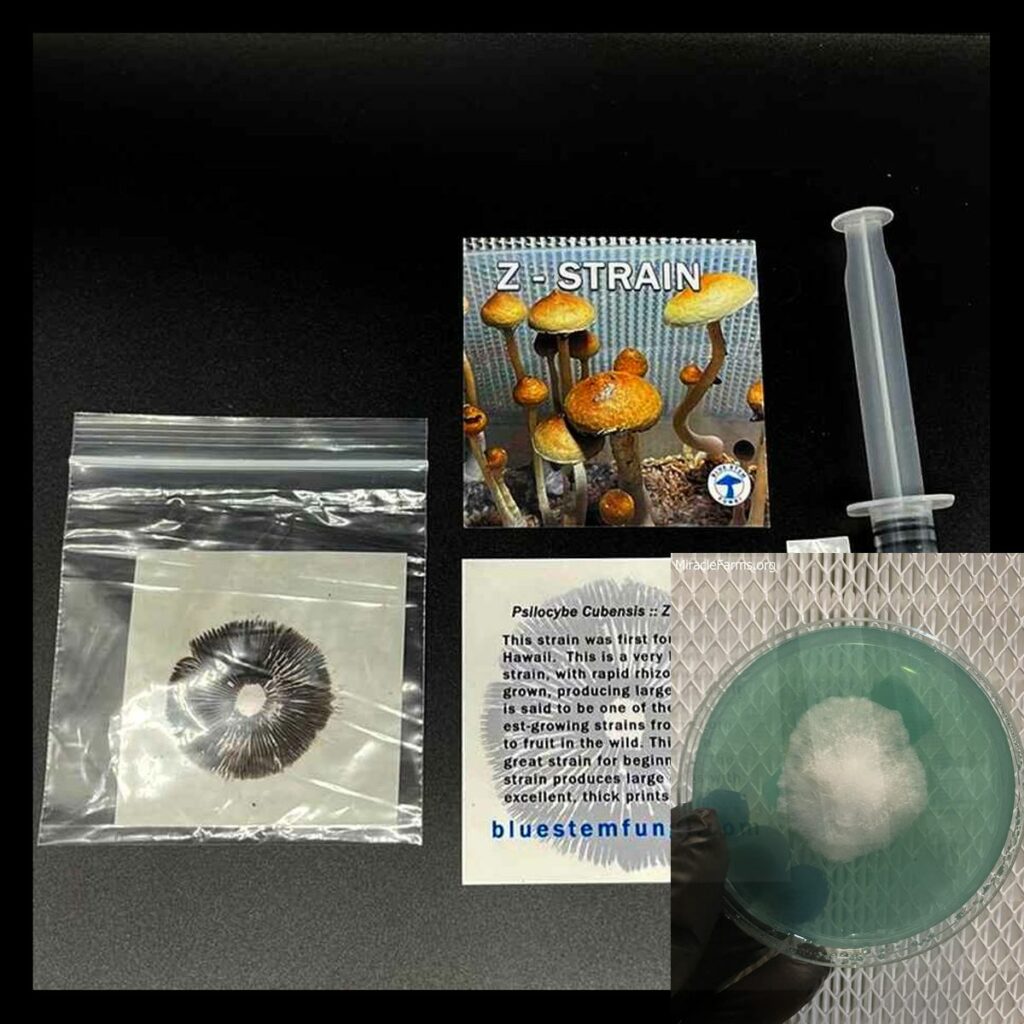
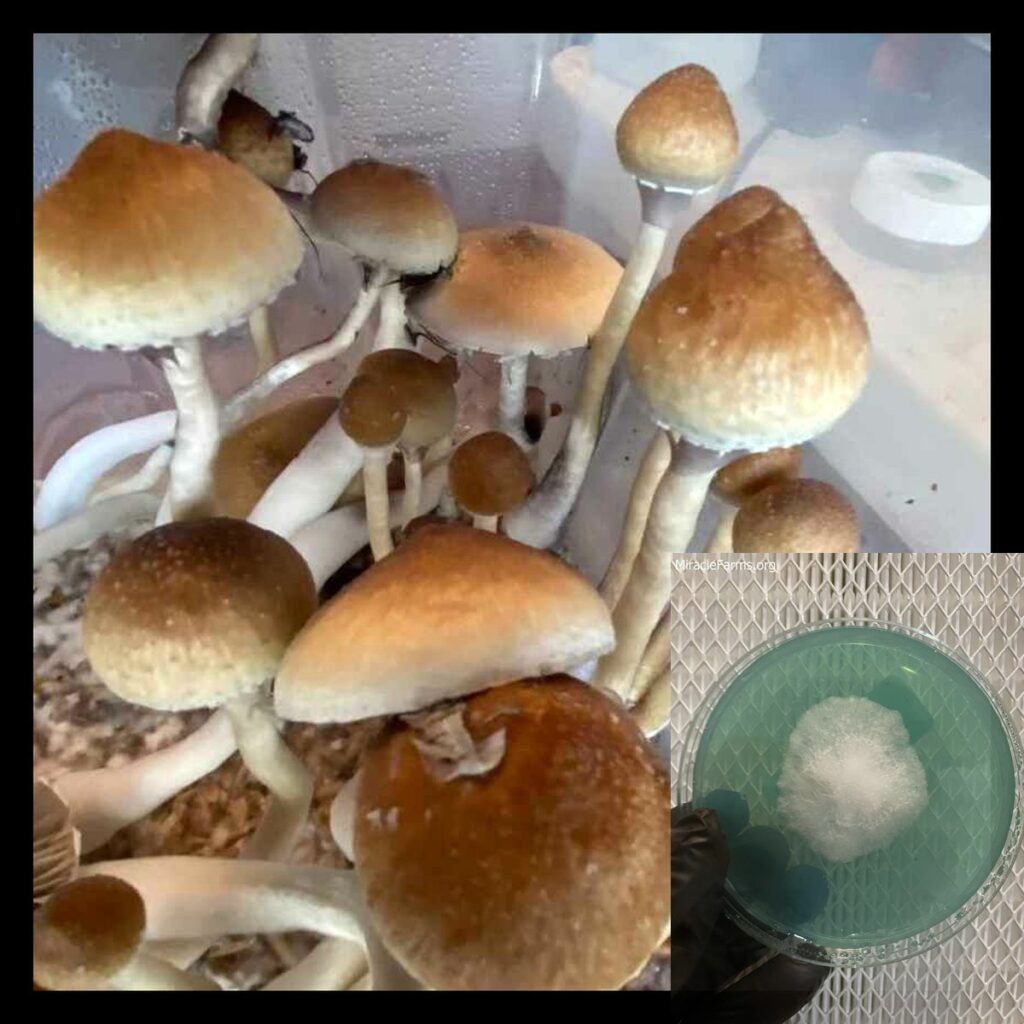
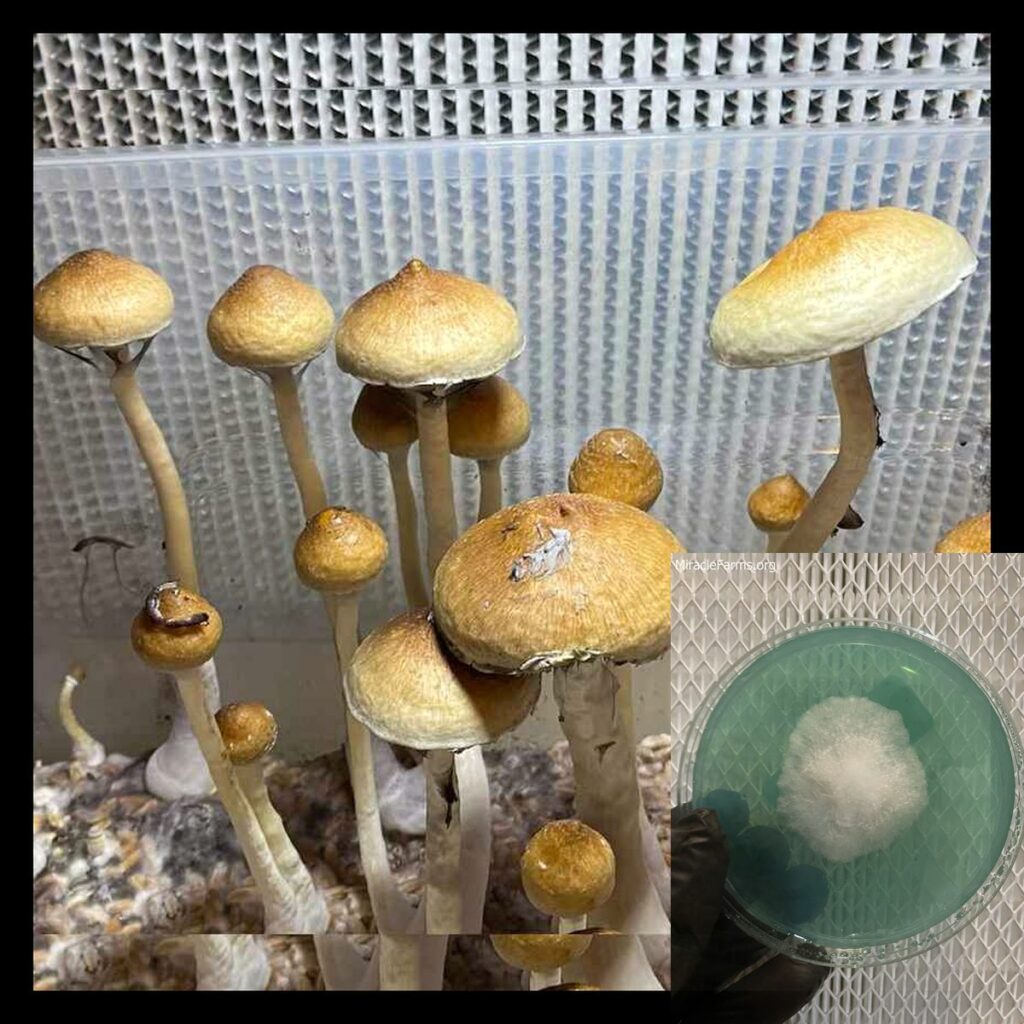
When discussing the different types of shrooms, it’s essential to understand some classification terms.
Most of the commonly-used psychedelic mushrooms today belong to a genus (category) called Psilocybe. That’s why the scientific name for psychedelic mushroom species often begins with a “P.” Other magic mushroom species come from the genus Gymnopilus or Copelandi.
Within each genus of mushrooms are different species, indicated by the lowercase letter when written scientifically, e.g., P. cubensis. Within each species are different strains with distinct chemical compounds and psychoactive experiences.
For most magic mushrooms, these compounds consist of three tryptamines:
Psilocybin
Psilocin
Baeocystin
However, some species may also contain other, rarer psychoactive compounds.
For example, when identifying components in the Inocybe aeruginascens mushroom, chemist Jochen Gartz discovered aeruginascin–a tryptamine that causes euphoria.
Another example is the toadstool mushroom, Amanita muscaria, which contains no psilocybin, psilocin, or baeocystin but rather the psychoactive neurotoxins ibotenic acid and muscimol.
When it comes to deciding which psychedelic mushrooms to grow at home, there are a lot of factors to consider. With so many different strains and species available, each with their unique chemical makeup and effects, it can be tough to know where to start.
If you’re growing your own mushrooms, there are five main things to think about:
What are the most popular magic mushroom strains?
How easy are these mushrooms to grow?
Do they produce a large yield (amount of product)?
What’s their potency?
What are their unique effects?
We recommend opting for a strain more resilient to contamination so as to decrease the likelihood of infections killing your crop.
Accounting for yield and potency factors will depend on your purpose in using mushrooms.
For example, if you’re planning on microdosing, having a large yield may be less important than if you’re planning to have one or more high-dose psychedelic experiences.
If it’s your first time journeying with mushrooms, you may also choose a low-potency strain to avoid having a stronger-than-expected effect and potential bad trip.
Finally, your mushrooms’ effect profile should be in line with your intention and personal preferences. For instance, are you looking to gain knowledge and insight? Do you particularly enjoy the visual components of psychedelics?
Accounting for these factors, we’ve outlined the best popular strains of P. cubensis, one of the most widely known, easy-to-grow species.
You can learn more about these strains on our YouTube channel here.
Top Five Psilocybe cubensis Strains
P. cubensis grows naturally in tropical climates, including Central and South America, South-East Asia, and Australia.
Evidence dating back to the Aztecs shows these mushrooms have a long history of spiritual, ritual, and healing use across Mesoamerica.
In his mushroom-identification guidebook, Psilocybin Mushrooms of the World, mycologist Paul Stamets describes P. cubensis as having “golden brown” caps and “whiteish” stems.
Compared with other species, P. cubensis is moderately potent. According to Erowid, they contain 0.63% psilocybin, 0.6% psilocin, and 0.25% baeocystin.
P. cubensis mushrooms are also easy to grow at home, leading to widespread recreational use.
B+
B+,Strain,Of,Psilocybin,Magic,Mushrooms,For,Healing,Of,Depression
This strain’s high resilience, large fruiting bodies, and quickly germinating spores make B+ extremely popular among growers.
Most cultivators find that growing B+ produces a large first flush followed by subsequent smaller flushes.
Users report the B+ experience as “middle-of-the-road,” with a balance of emotional, visual, and bodily sensations.
One downside of B+ is that, compared to other strains, it tends to cause more lethargy, although nausea is less common.
Penis Envy
penis envy mushroom
Penis envy mushrooms can be easily distinguished from other strains by their large and swollen stem, resembling a human penis.
Compared to other P. Cubensis mushrooms, penis envy is more challenging to grow and less resilient to contamination.
However, for some, the high potency of penis envy makes these difficulties worth it.
User reports from penis envy typically describe a fast onset, a more “wavy” visual experience than typical mushroom hallucinations, and a minimal body load.
Cambodian
Cambodian Cubensis magic mushrooms
Photo credit: Healing-Mushrooms.net
Discovered in Cambodia, this strain can be distinguished by its small fruiting bodies with brown caps.
Since Cambodian mushroom strains grow fast and abundantly, they’re favored among growers. However, they are more temperature-sensitive than other strains and require slightly warmer growing conditions.
Cambodian enthusiasts describe high-potency trips, which are less visual but bring lots of energy and creativity.
Golden Teachers
Golden Teachers magic mushrooms
Golden teacher mushrooms are relatively larger than the other strains and have big, yellowish caps.
Although they take longer to fruit, golden teachers are resilient and produce large crops, making them great for growing.
The clarity and insight these mushrooms can bring lends them the name “teachers.” The trips also tend to be more mental than physical or visual.
Tidal Wave
tital wave magic mushrooms strain – p. cubensis
Photo credit: Shroomery
Tidal wave mushrooms are a hybrid strain between B+ and penis envy.
Like B+, these are fast-growing magic mushrooms, and, like penis envy, are highly potent. Also, tidal waves have the highest psilocybin content of all known cubensis strains.
The effects of these mushrooms emerge quickly and strongly, like a tidal wave, and a common effect associated with this strain is an intense feeling of euphoria.
Top Magic Mushroom Species (other than p. Cubensis)
P. Cubensis is the most well-known and easily sourced magic mushroom species. But it’s not the only one. Psilocybe azurescens, Psilocybe semilanceata, Psilocybe cyanescens, and Psilocybe tampanensis mushrooms grow worldwide, offering various psilocybin potency levels and psychedelic experiences.
Psilocybe azurescens Species
Otherwise known as “flying saucer” mushrooms due to their broad, UFO-shaped caps, P. azurescens is a species native to North America.
These mushrooms grow specifically in the Pacific Northwest region of America, including Oregon, Washington, California, and British Columbia, where they can best be found growing along coastal dunes close to rivers.
Stamets describes P. azurescens as having “caramel-colored” caps and stems, which are “composed of twisted, cartilaginous, silky white fibrous tissue.”
With the highest psilocybin content out of all known Psilocybe species, at 1.78%, P. azurescens are incredibly potent. The experience is characterized by intense visuals, a heavy body load, and, at moderate to high doses, profound journeys into different realms of reality.
P. semilanceata is the most widespread magic mushroom species. These mushrooms grow most abundantly in Europe but can also be found in North America, Canada, South Africa, Chile, Northern India, Australia, and New Zealand.
Regarding their appearance, P. semilanceata has long thin stems and notable, convex, bell-shaped caps–hence their nickname “liberty caps.”
Relatively potent, P. semilanceata contains 0.98% psilocybin, 0.2% psilocin, and 0.36% baeocystin.
Users have described P. semilanceata as a more “head” than body high, with intense visual hallucinations.
Since these mushrooms are tough to grow, most people get hold of P. semilanceata by foraging in the wild. However, foraging needs to be done with extreme caution since misidentifying P. semilanceata with the poisonous look-alike species, Galerina marginata, can have fatal consequences.
You can learn more about foraging and identifying magic mushrooms in our “How To Find Mushrooms Guide.”
Psilocybe cyanescens (Wavy Caps)
P. cyanescens is native to the West Coast of North America and found most abundantly in Oregon.
As a saprophytic mushroom–meaning that it decomposes dead material–P. cyanescens can be found growing on rotting wood in forests and rotting wood chip mulch and sawdust in urban areas.
These mushrooms are named after their large, caramel-colored, and wave-shaped caps.
Containing 0.85% psilocybin, P. cyanescens have a moderate potency. In high doses, users describe effects similar to DMT journeys, including mystical experiences and meeting entities.
Psilocybe tampanensis
P. tampanensis is a rare species of mushroom found in subtropical climates, notably in Florida and along the Gulf Coast into Mexico.
These are average-looking little brown mushrooms. It’s not the fruiting body that is of interest, but compact mycelial masses produced by the fungus, known as sclerotia or truffles.
The psychoactive truffle-like sclerotia formed by P. tampanensis are known and sold under the nickname “philosopher’s stones” due to their spiritual and intuitive effects.
With 0.68% psilocybin and 0.32% psilocin, this species has a mid-range potency.
Psilocybe natalensis (Natal Super Strength) Species
Psilocybe natalensis Copyright: © lizziepop https://uk.inaturalist.org/observations/11091609
Copyright: © lizziepop
Psilocybe natalensis is a unique magic mushroom species that grow natively in the Natal region of South Africa.
Known as “Natal Super Strength,” P. natalensis contain active levels of the hallucinogenic compounds psilocybin, psilocin, and baeocystin.These mushrooms are closely related to Psilocybe cubensis genetics but are typically much more potent.
Mycelial enthusiasts are creating buzz around Natal Super Strength due to its psychoactive properties and ease of cultivation. P. natalensis are purportedly two times stronger and more mold resilient than the popular Psilocybe cubensis species.
Additionally, psilonauts say P. natalensis strains deliver a friendly, uplifting, and smooth psychedelic journey.
Final Thoughts on Growing Mushrooms
Growing magic mushrooms – third wave
Although we’ve covered some of the most popular magic mushroom strains and species, there’s still plenty more to investigate.
Other species popular species include:
Psilocybe mexicana(Mexican mushrooms)
Psilocybe baeocystis
Psilocybe stuntzii
Once you’ve determined your magic mushroom species and strain, the next stage is growing. Third Wave’s Magic Mushroom Grow Kit makes the process simple with everything you need to get started, minus the spores.
Created with extremely experienced mycologists, Third Wave’s Magic Mushroom Grow Kit comes with an in-depth, step-by-step video course, so you know exactly what you need to do to grow successfully. Start growing mushrooms today.
